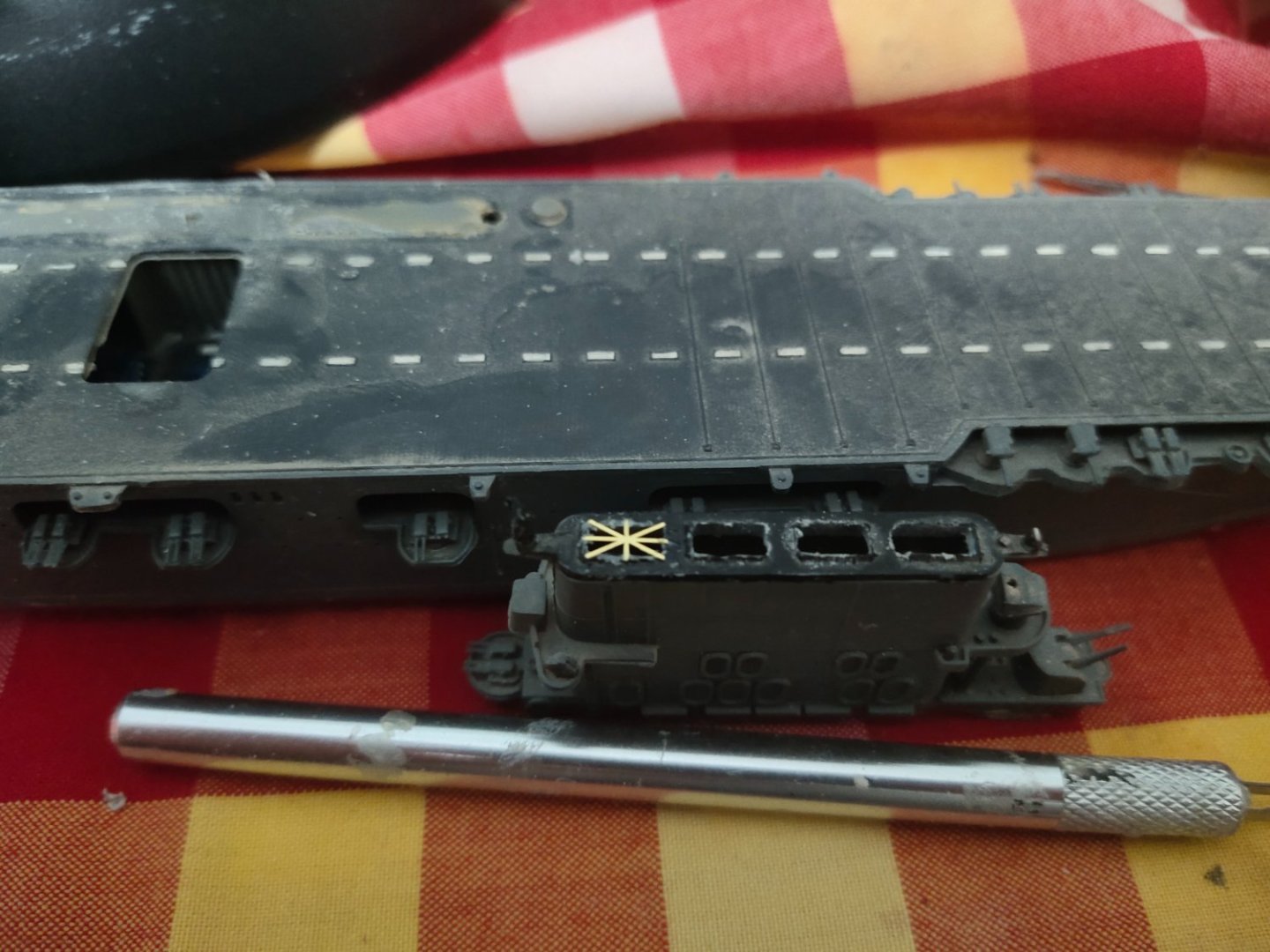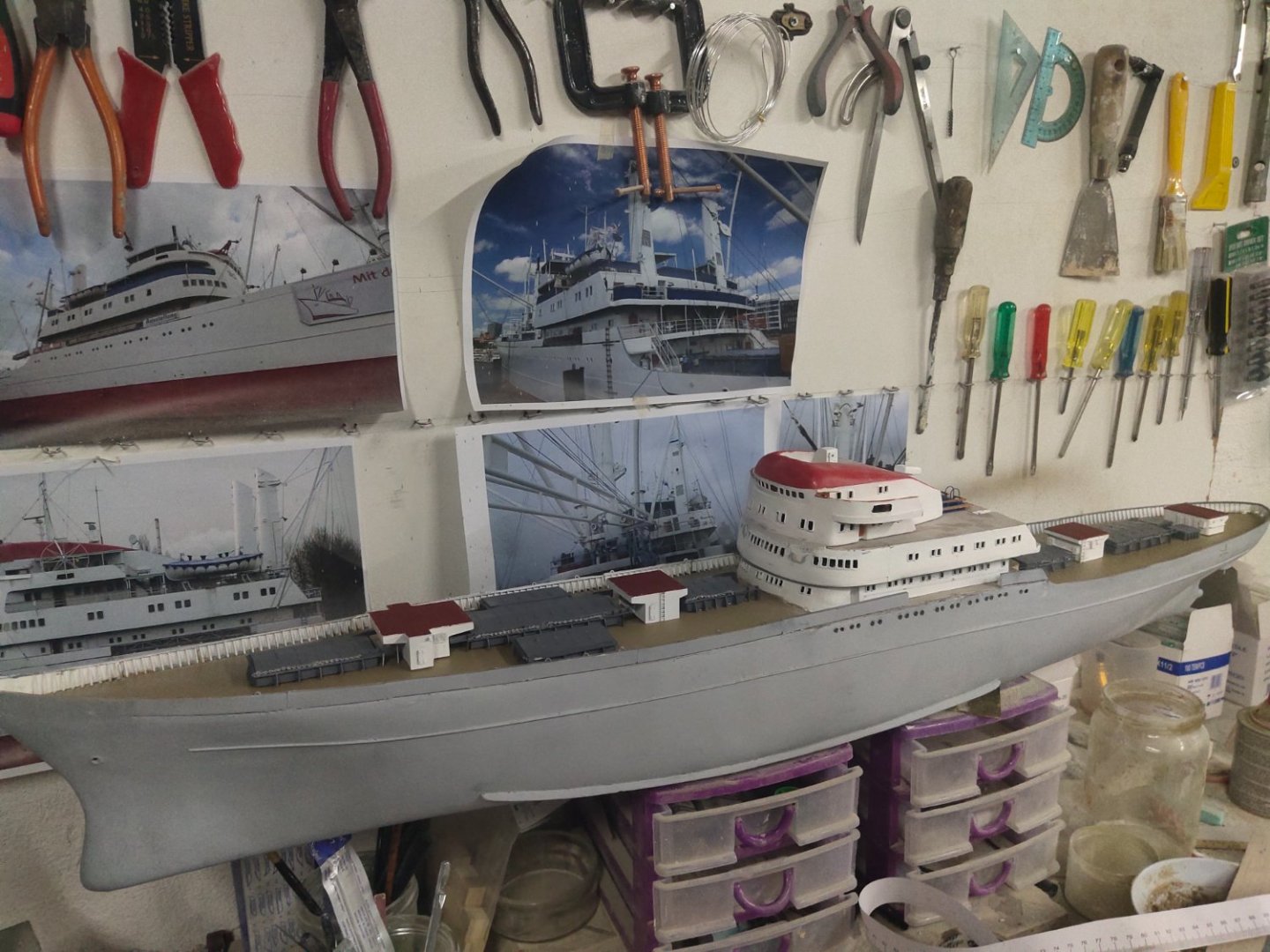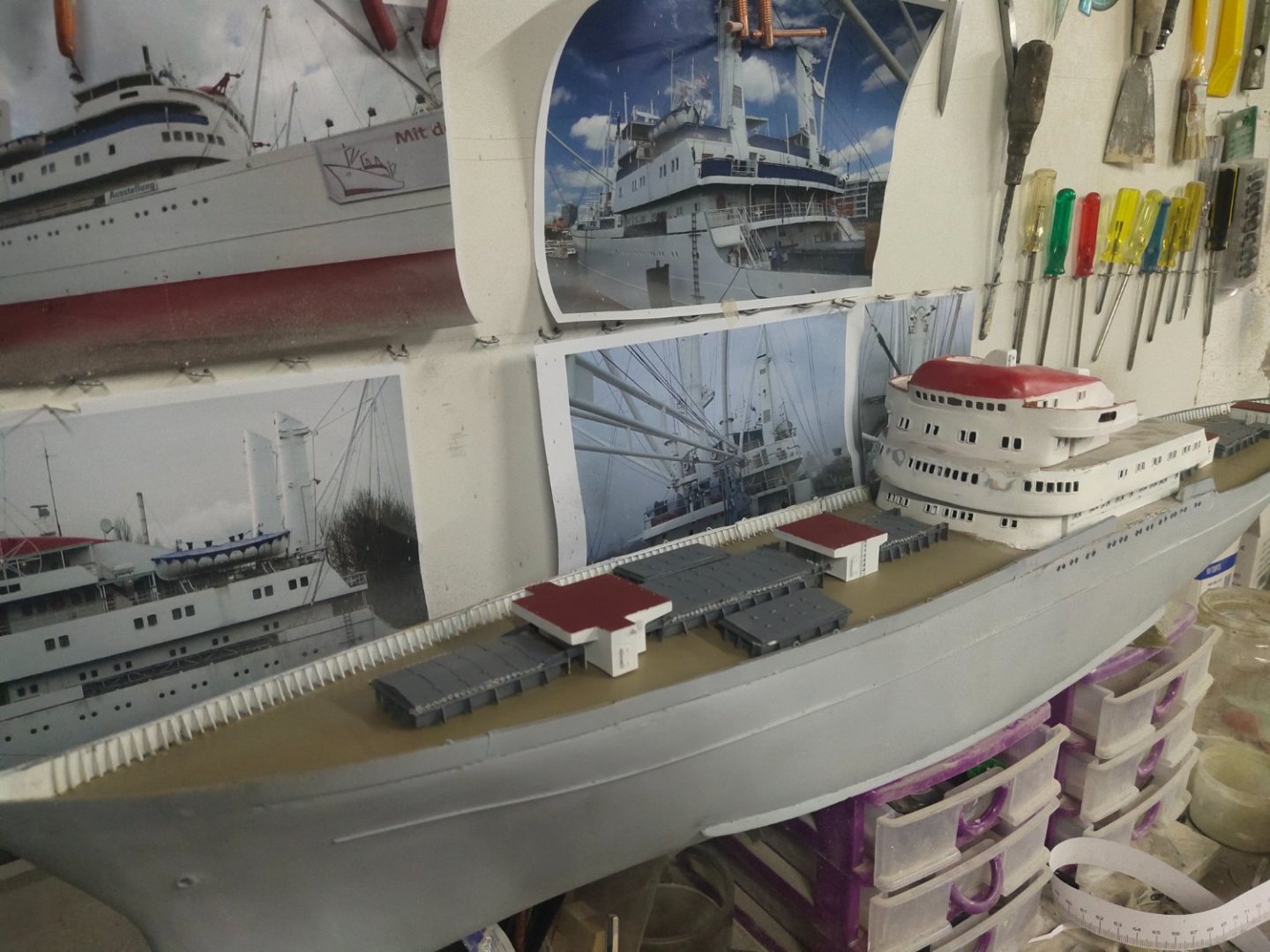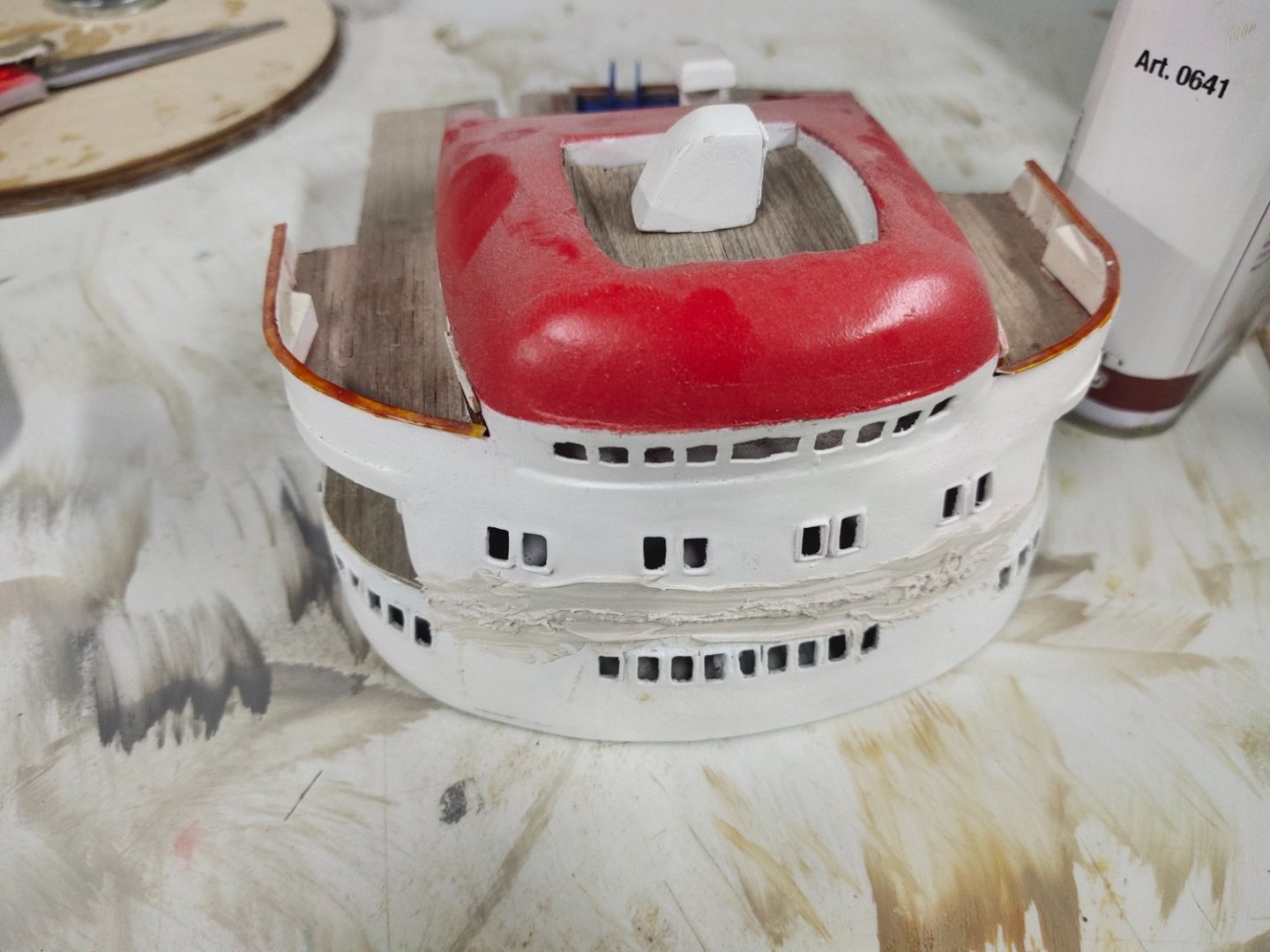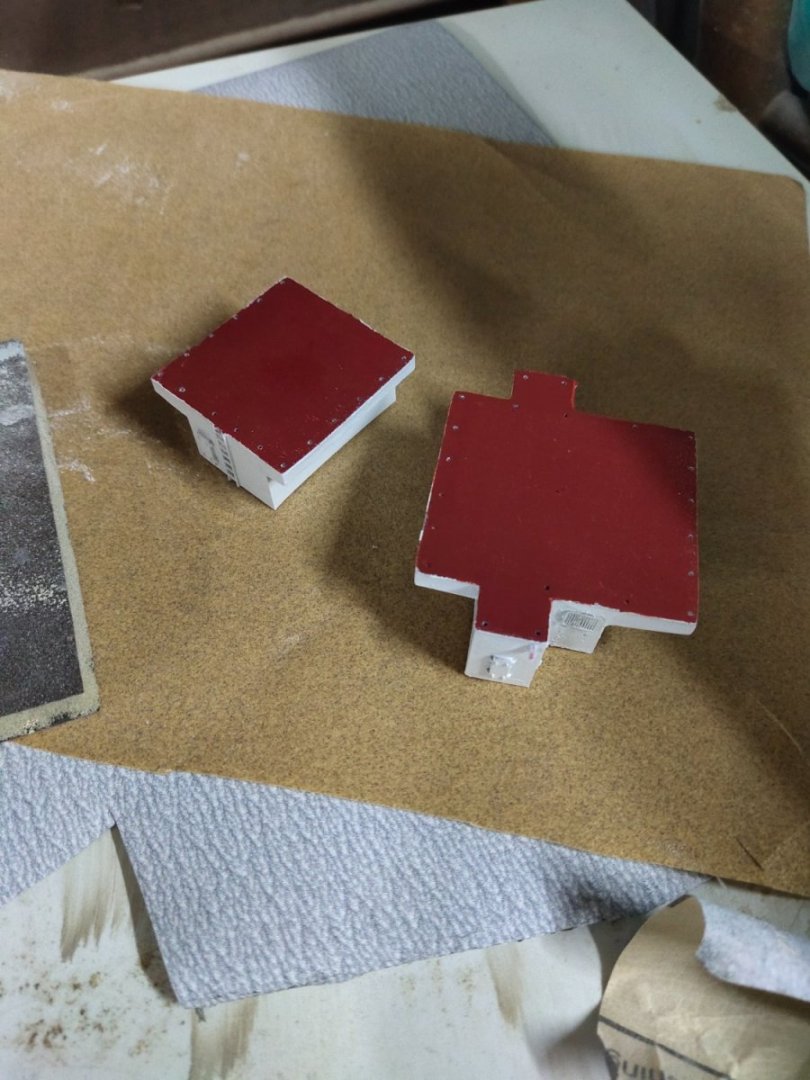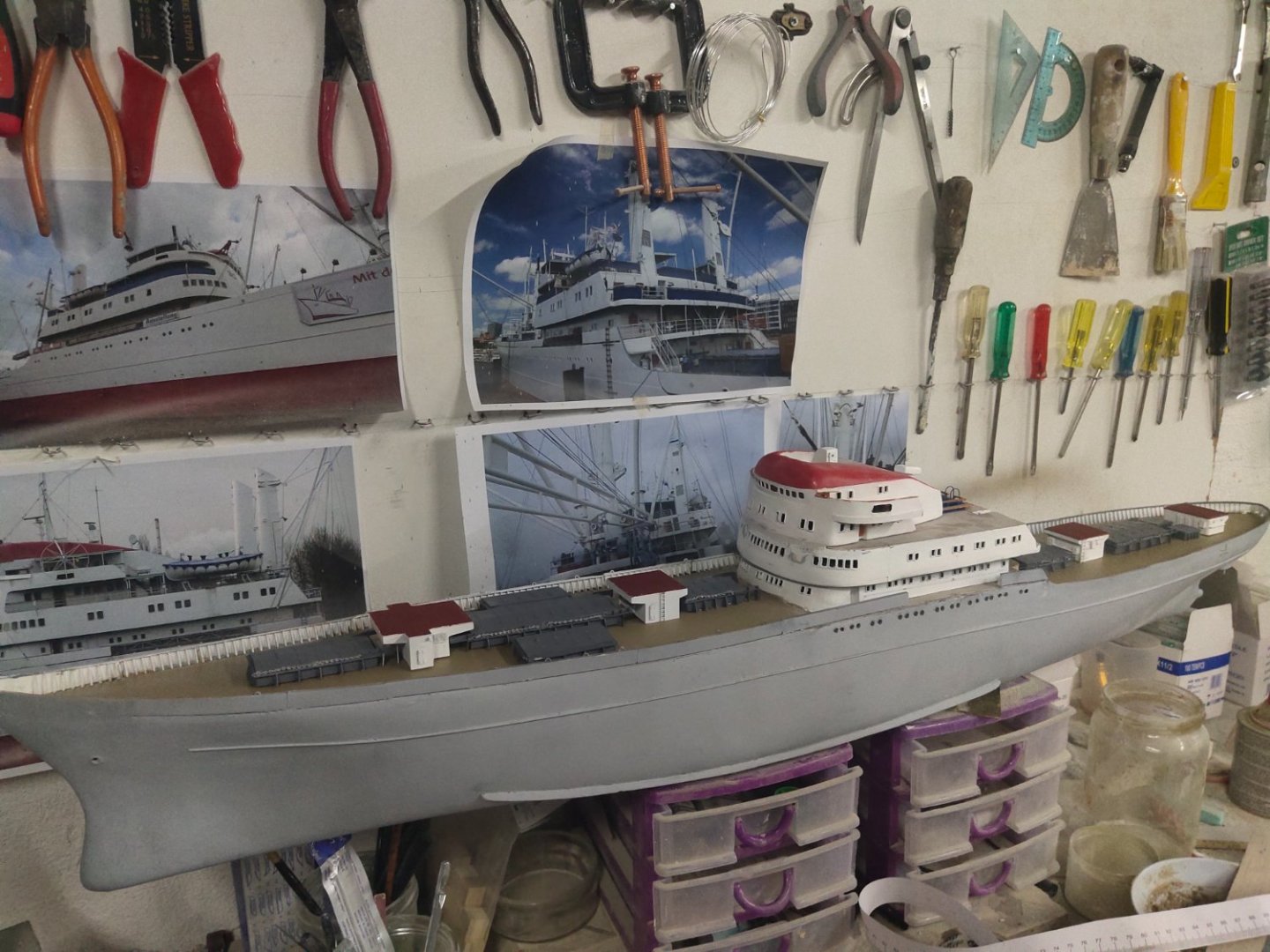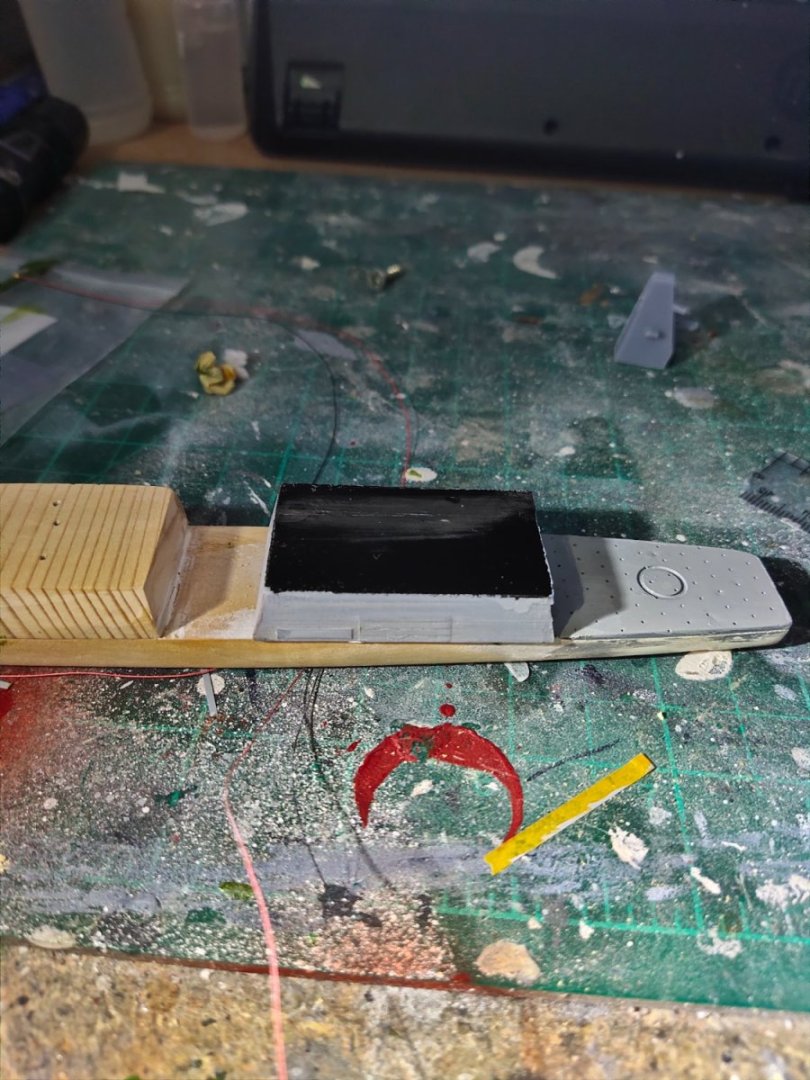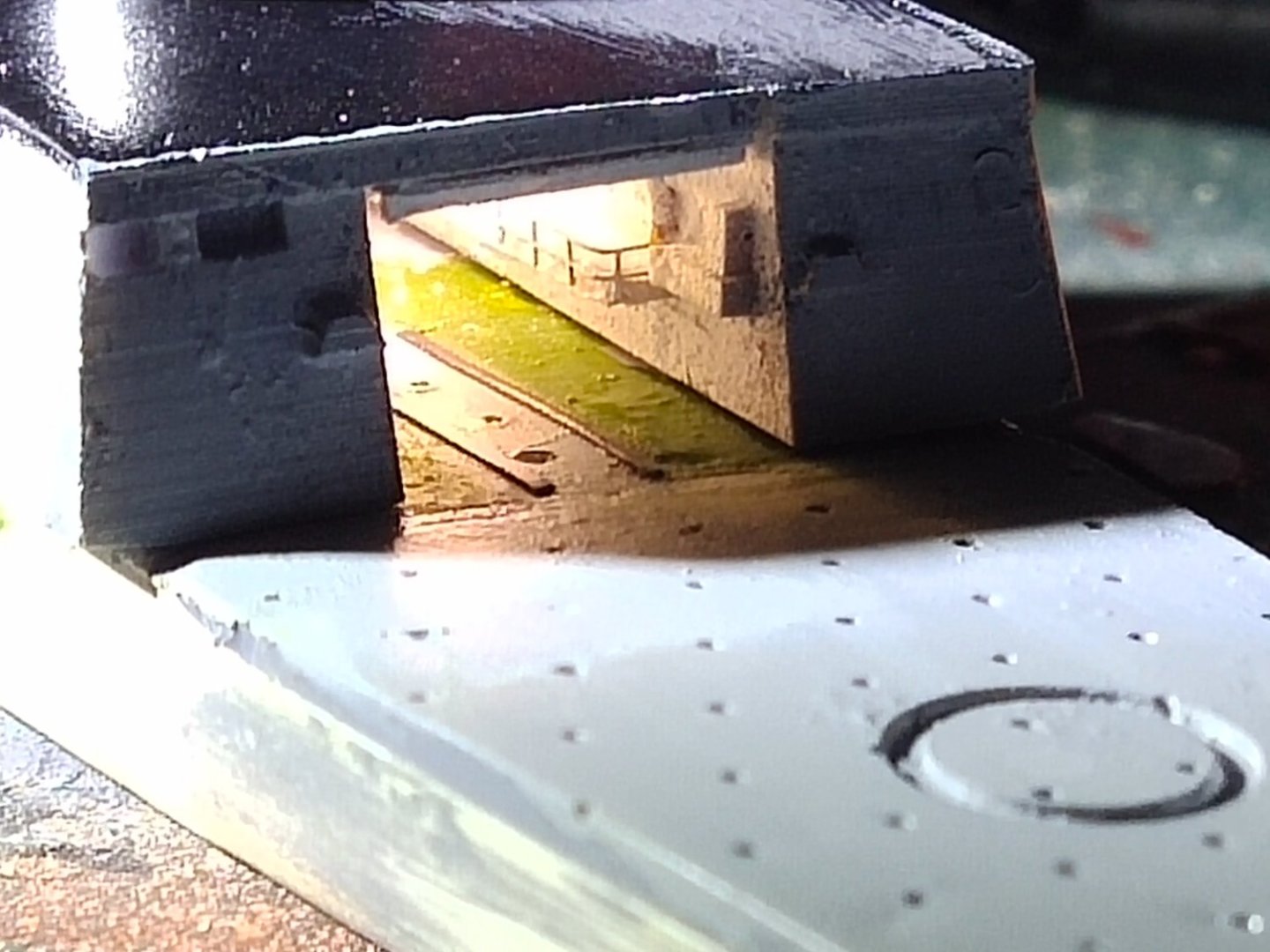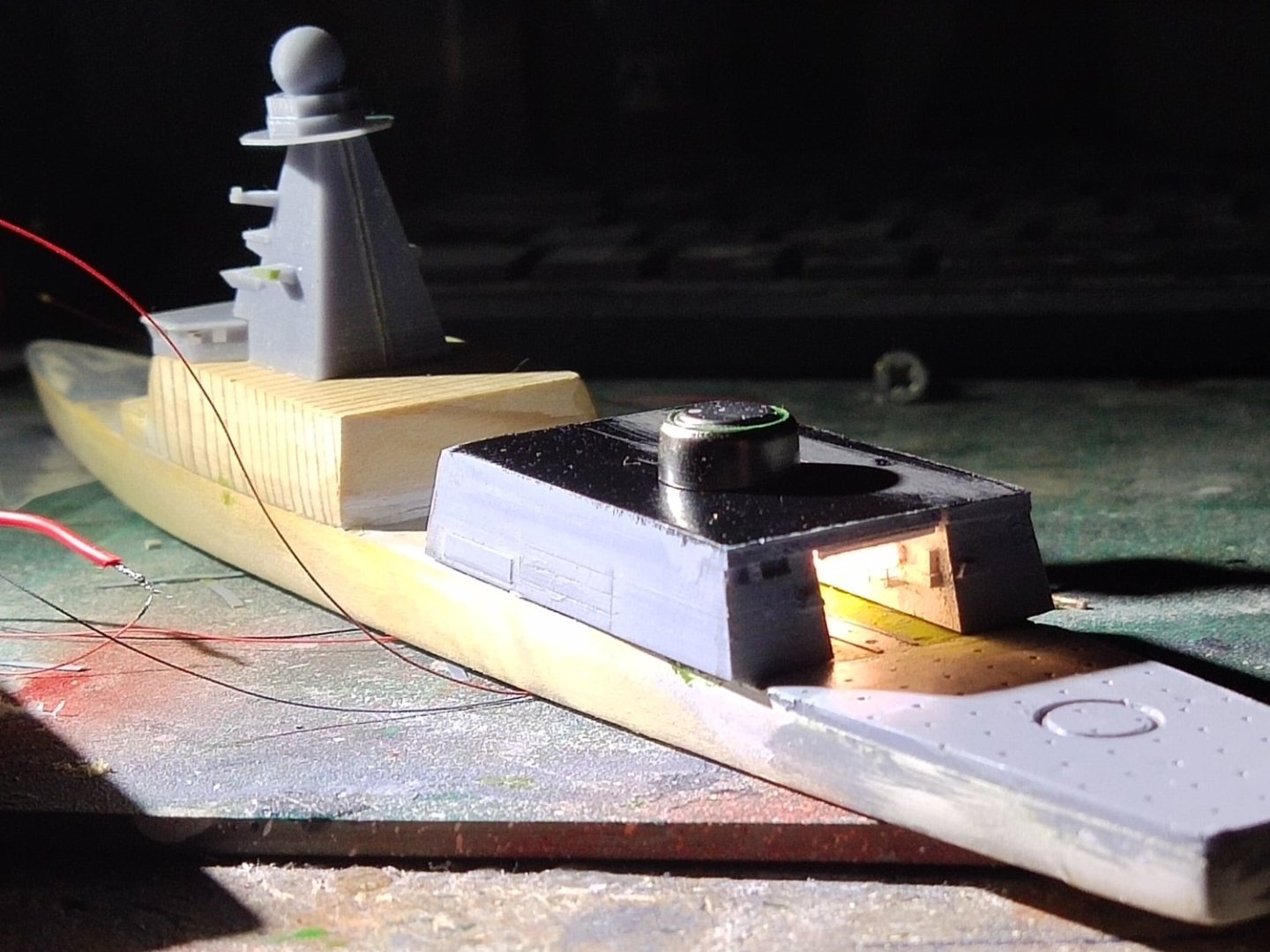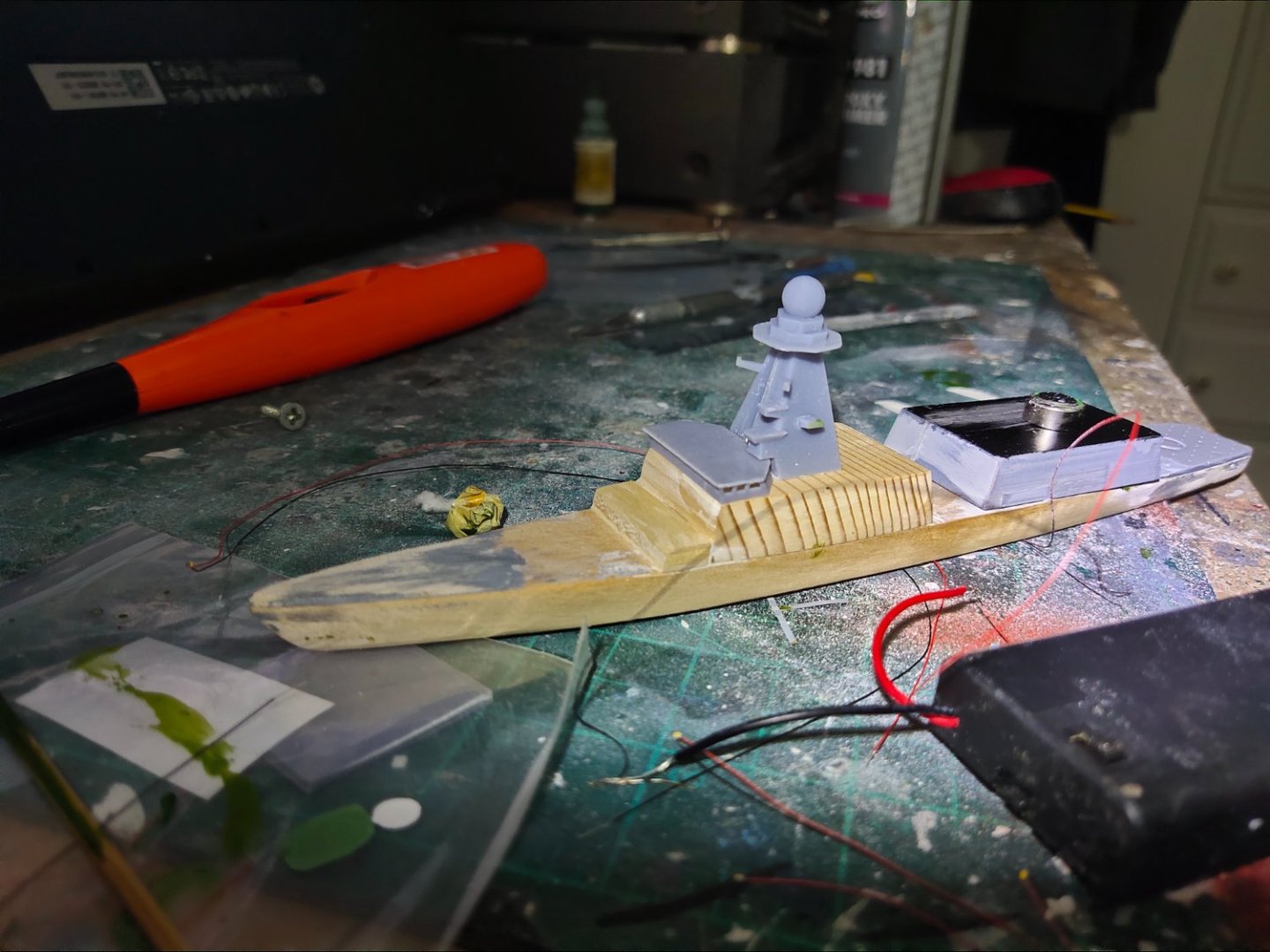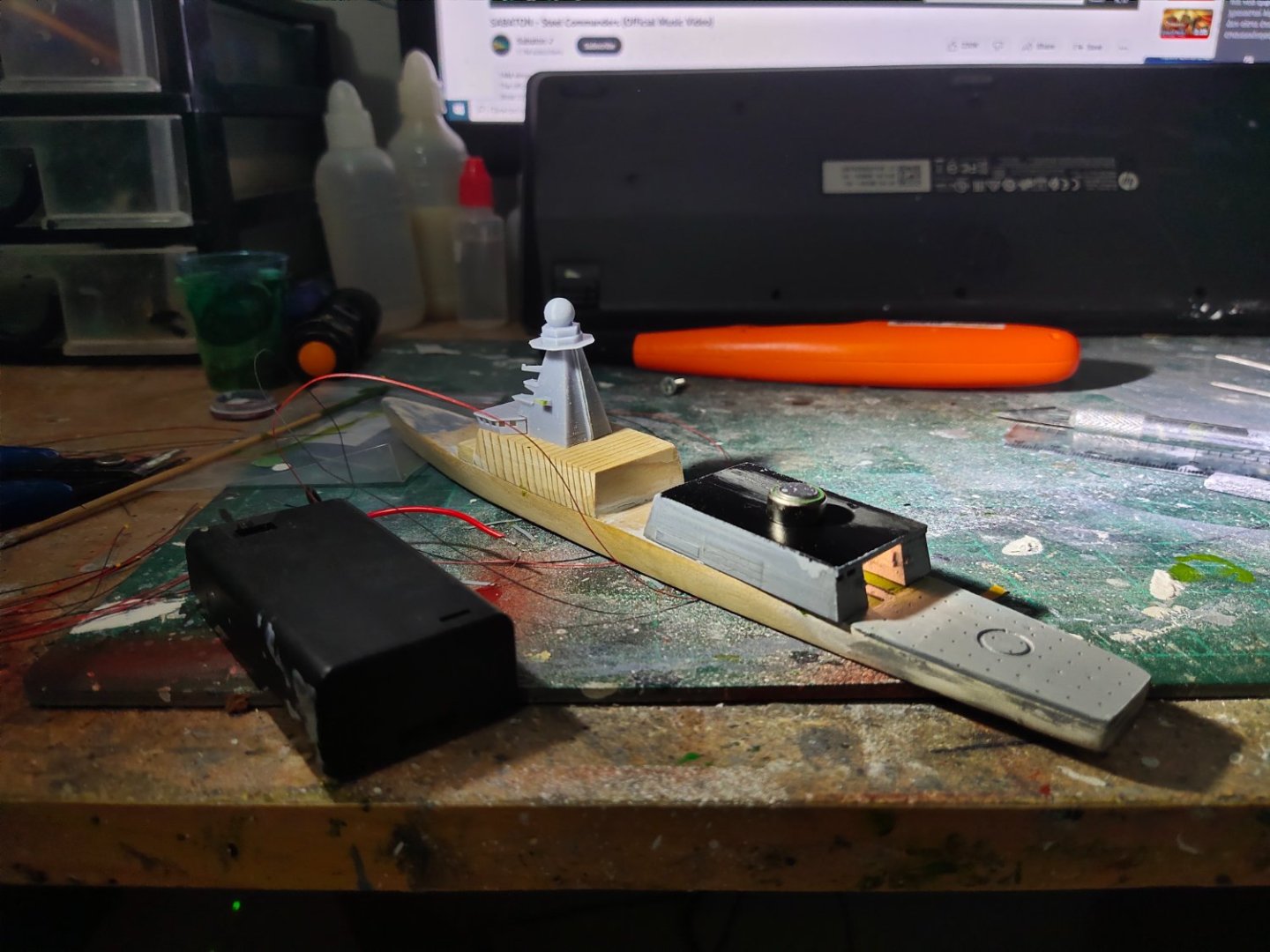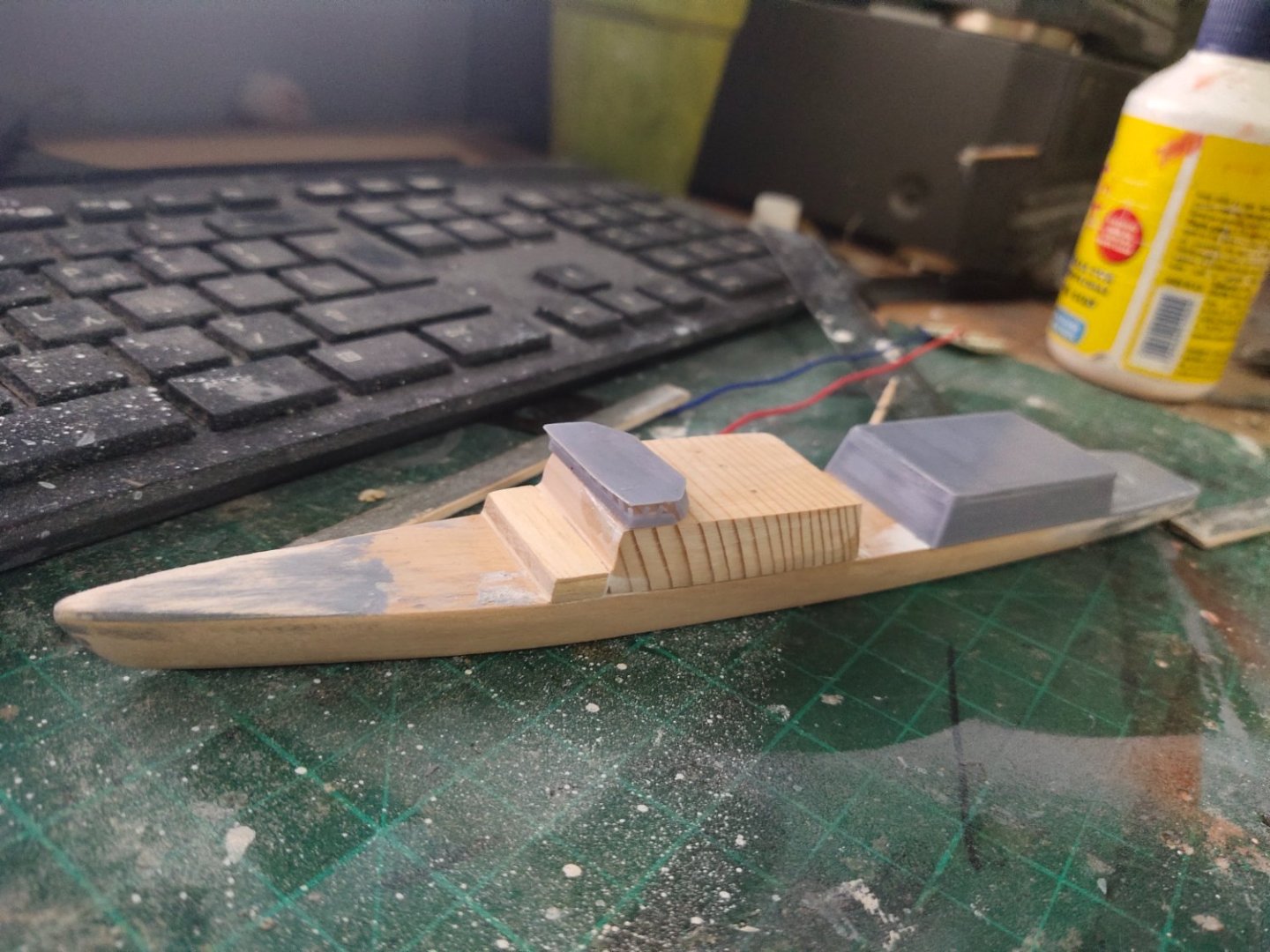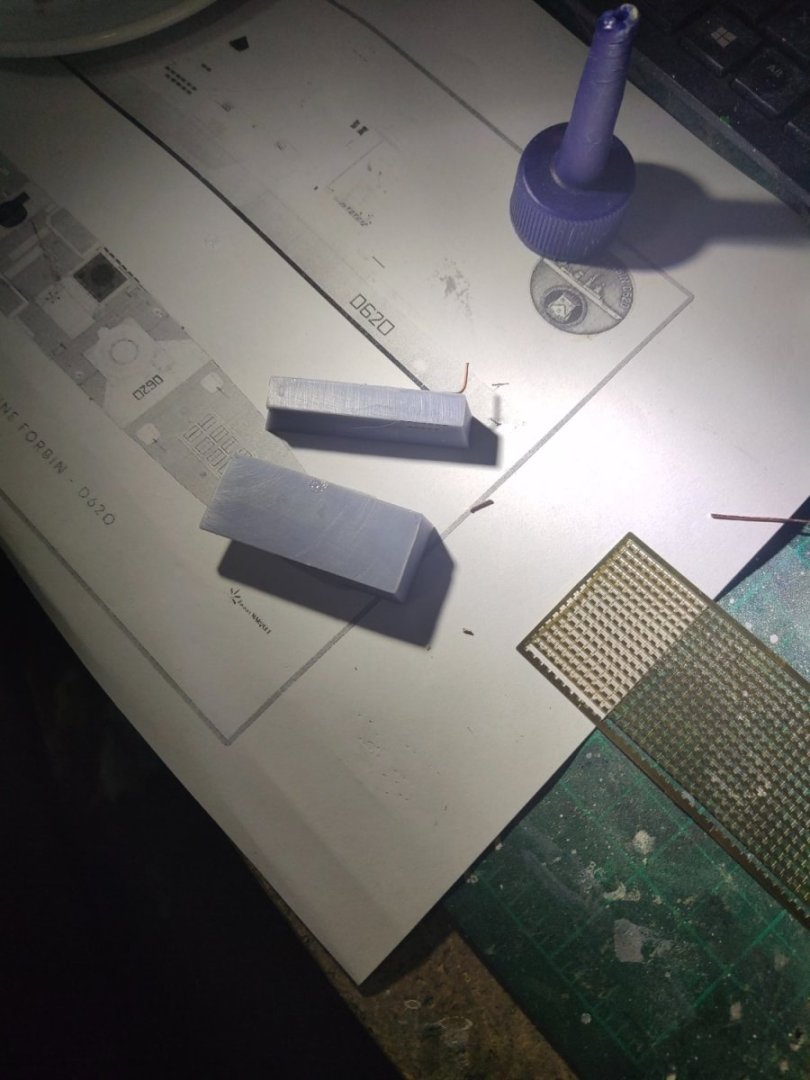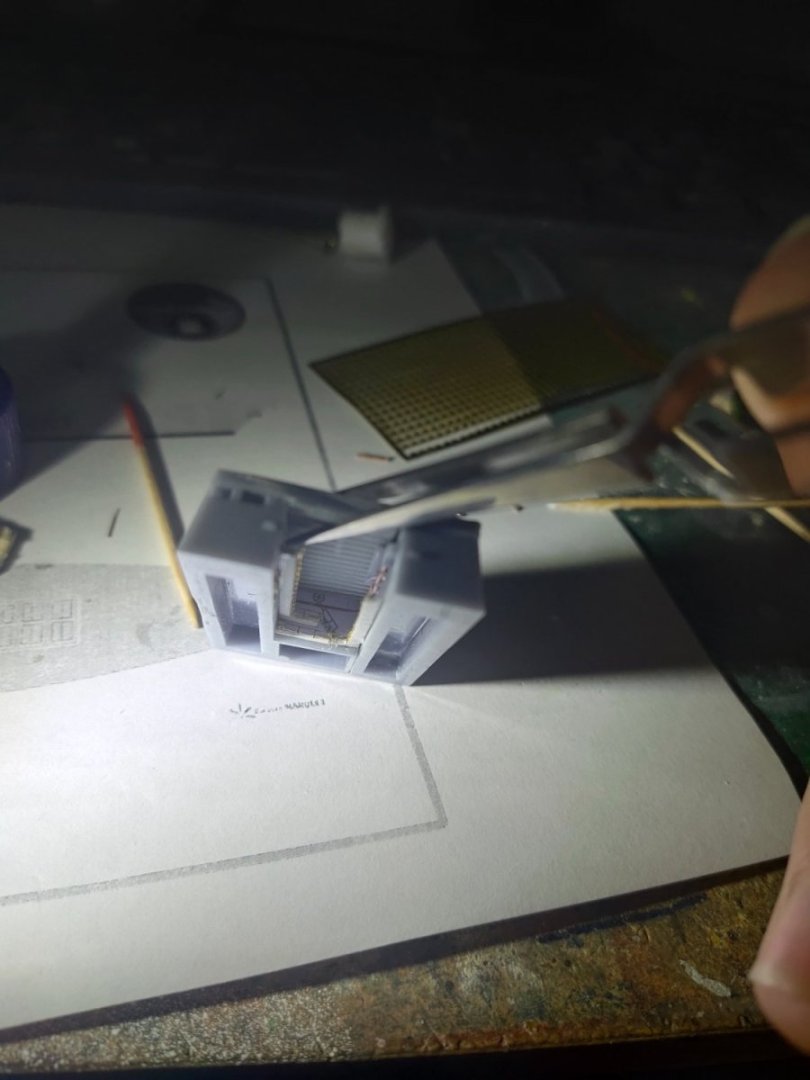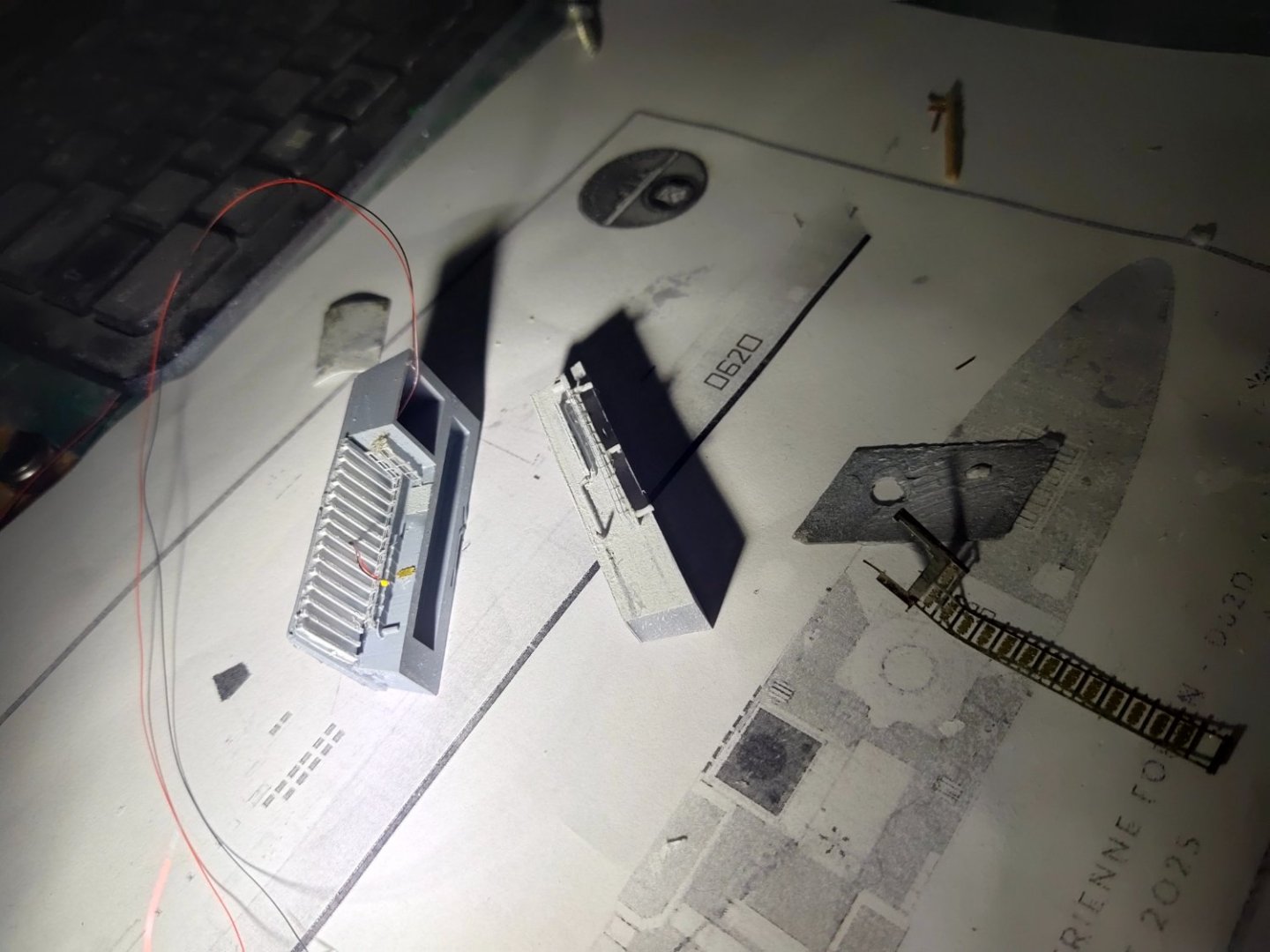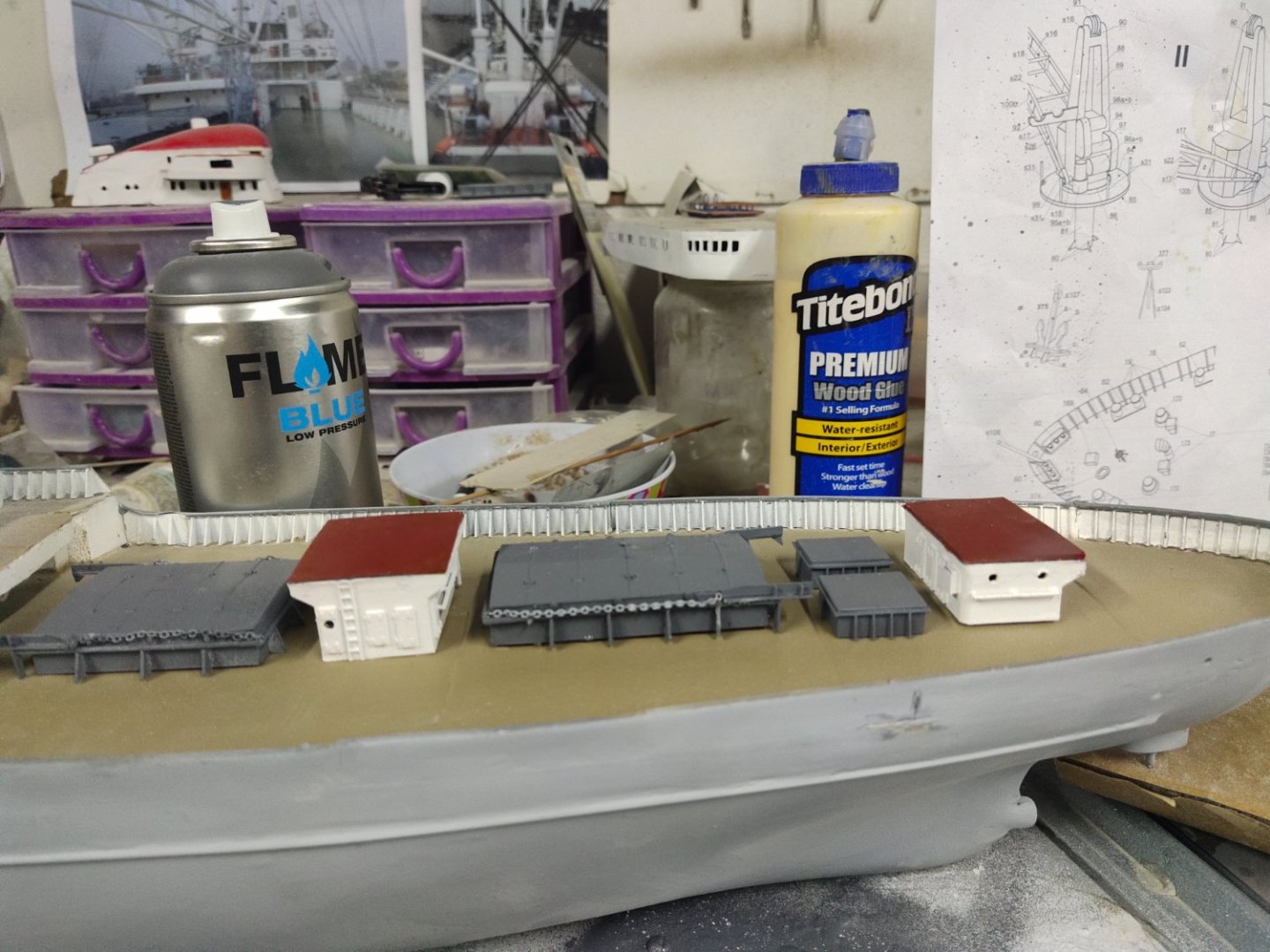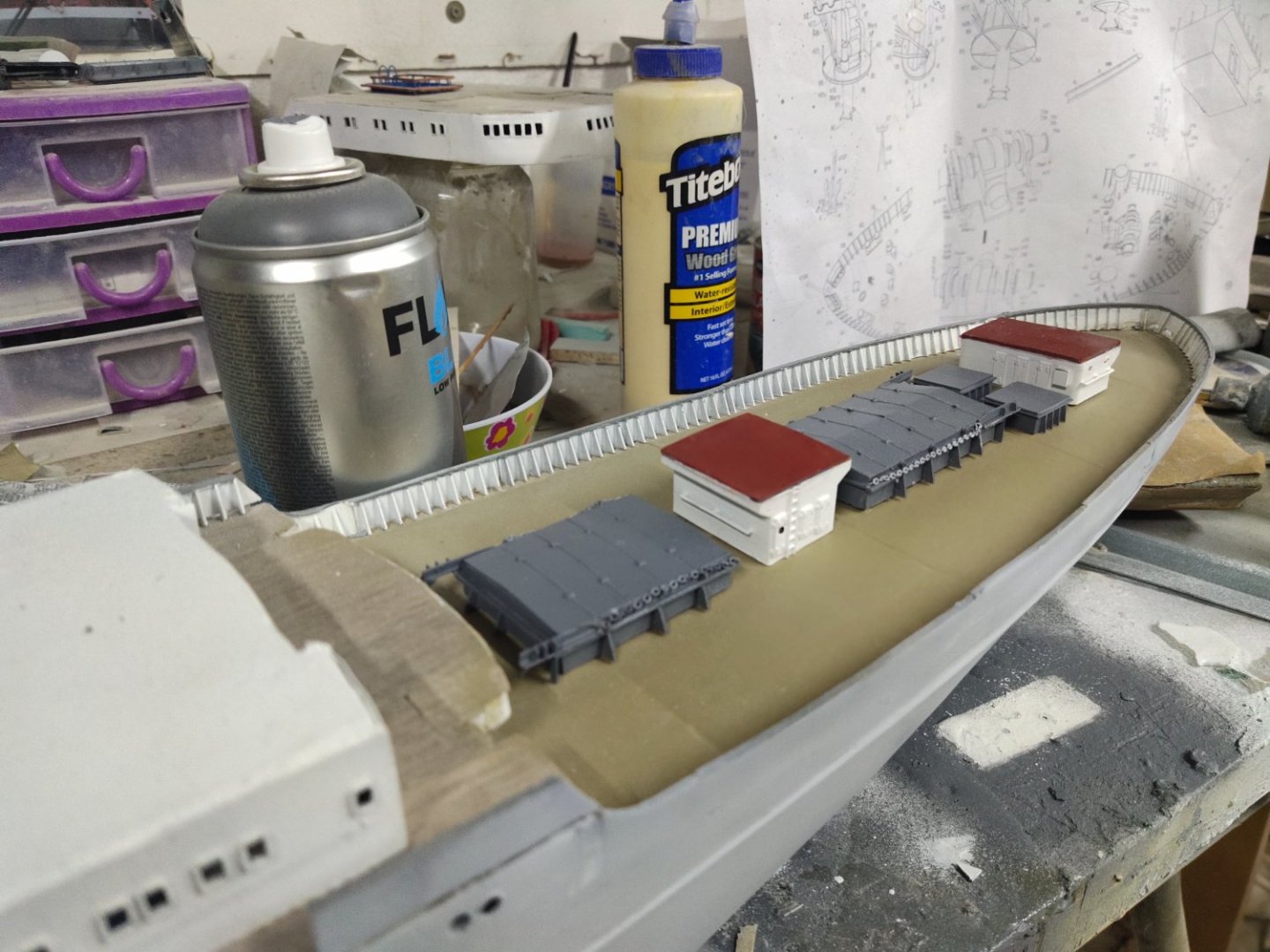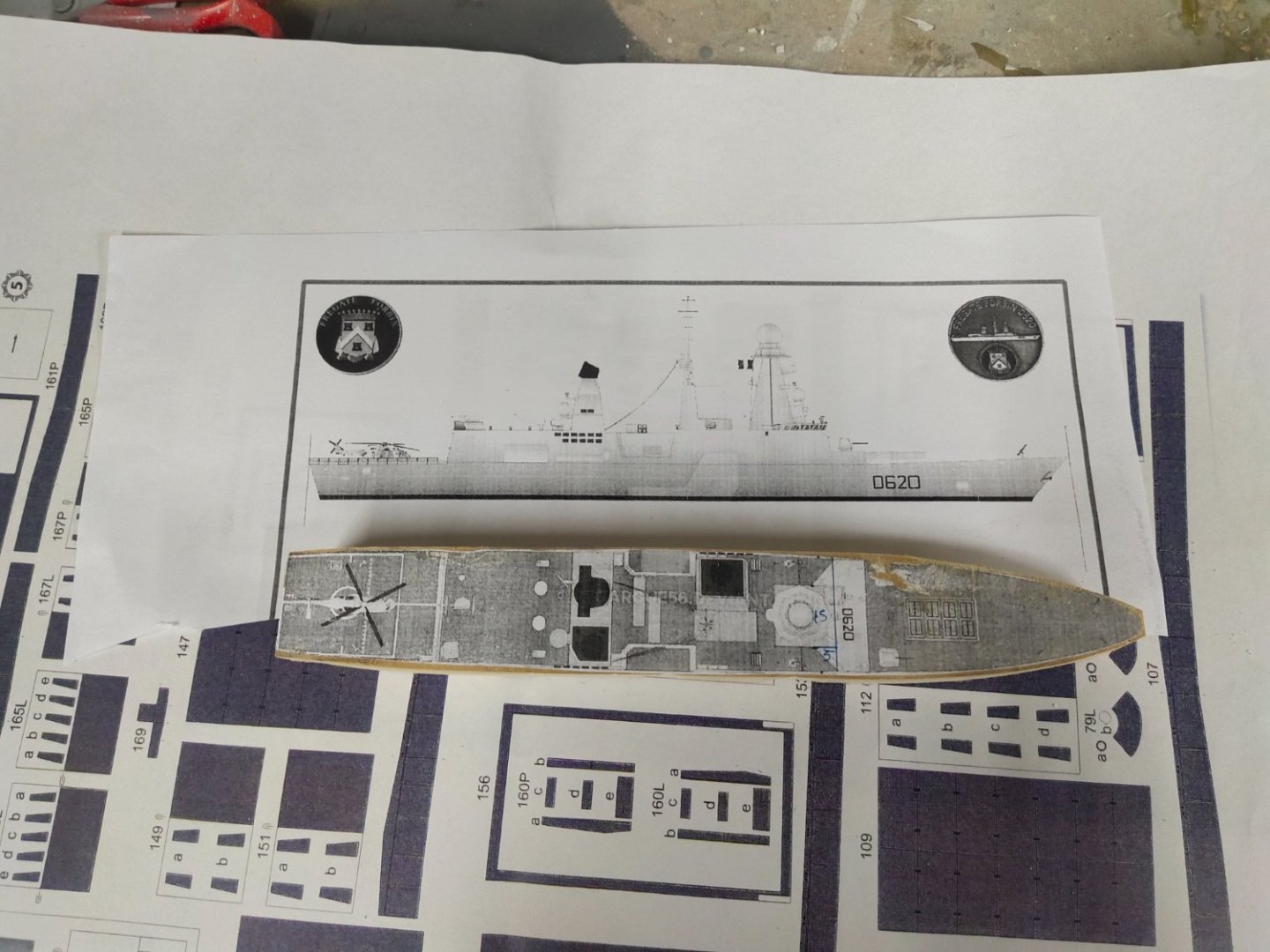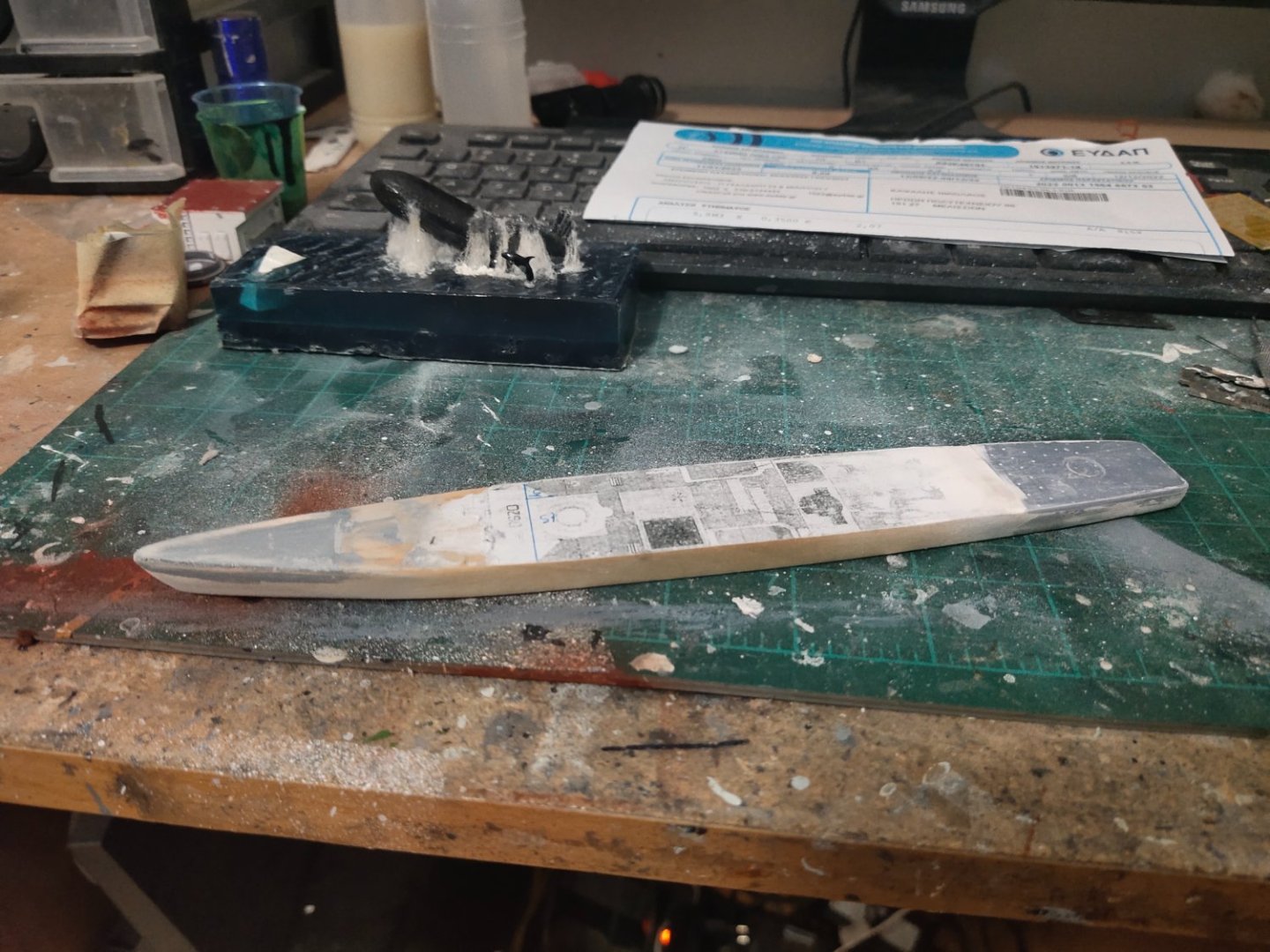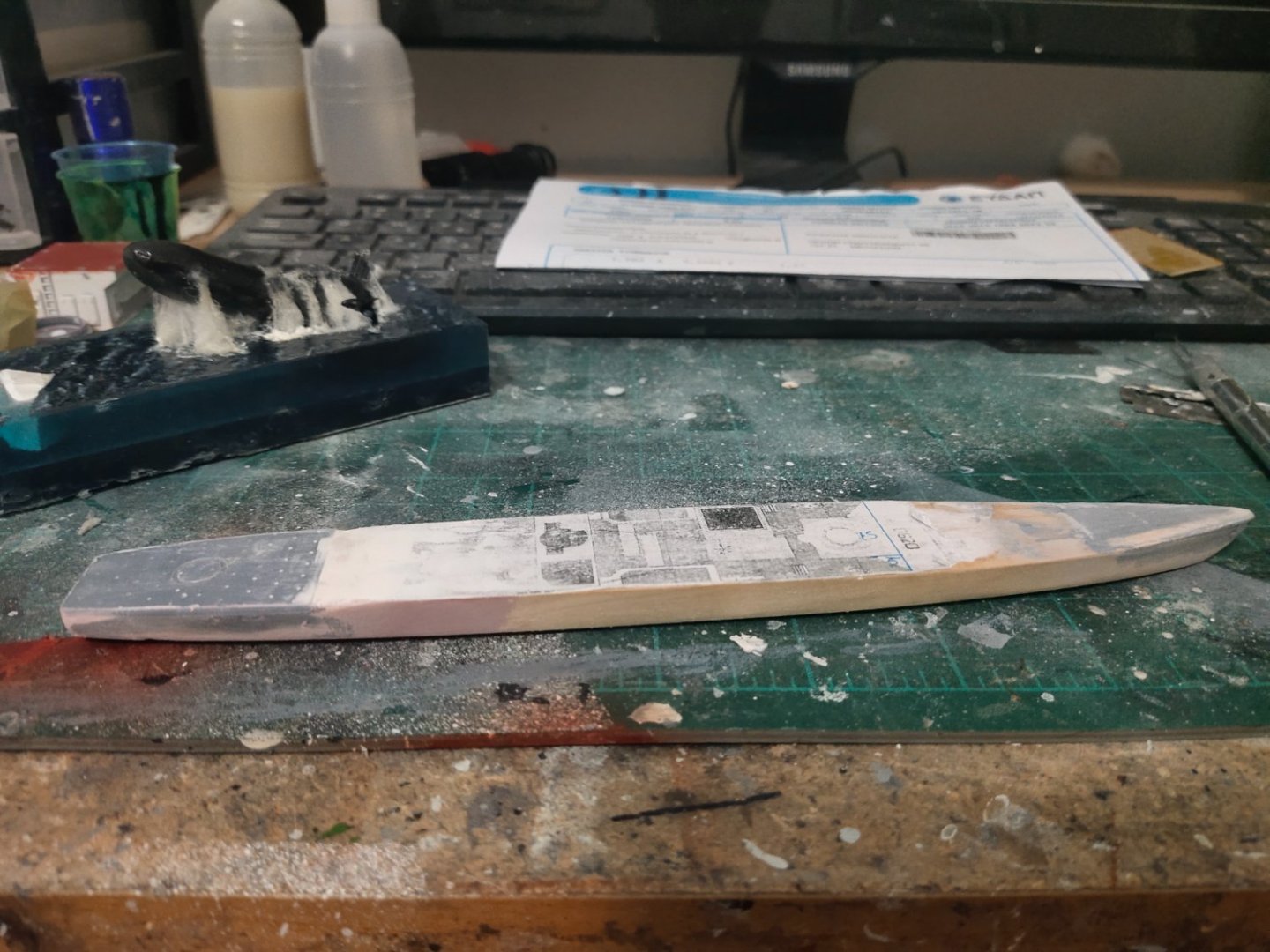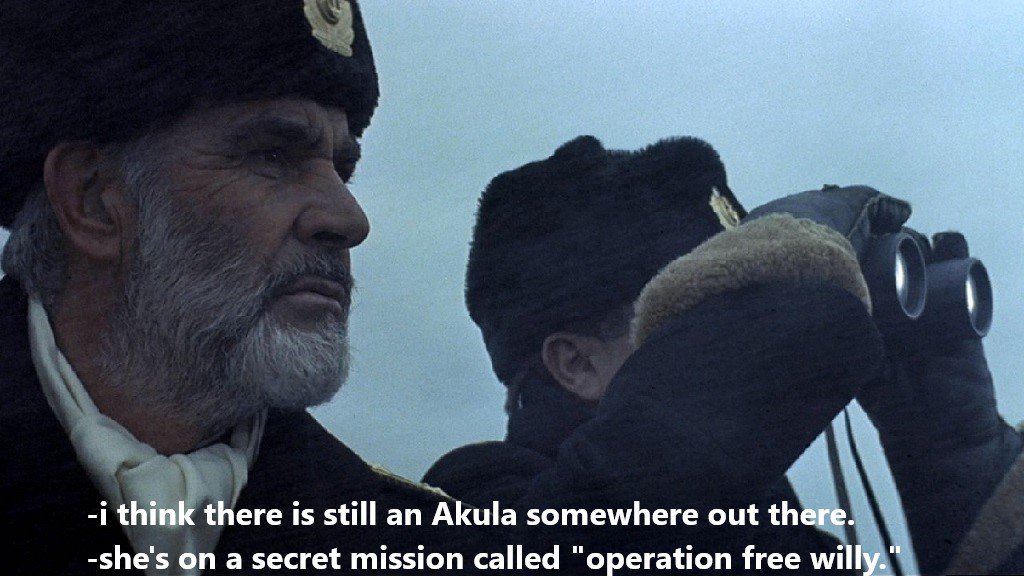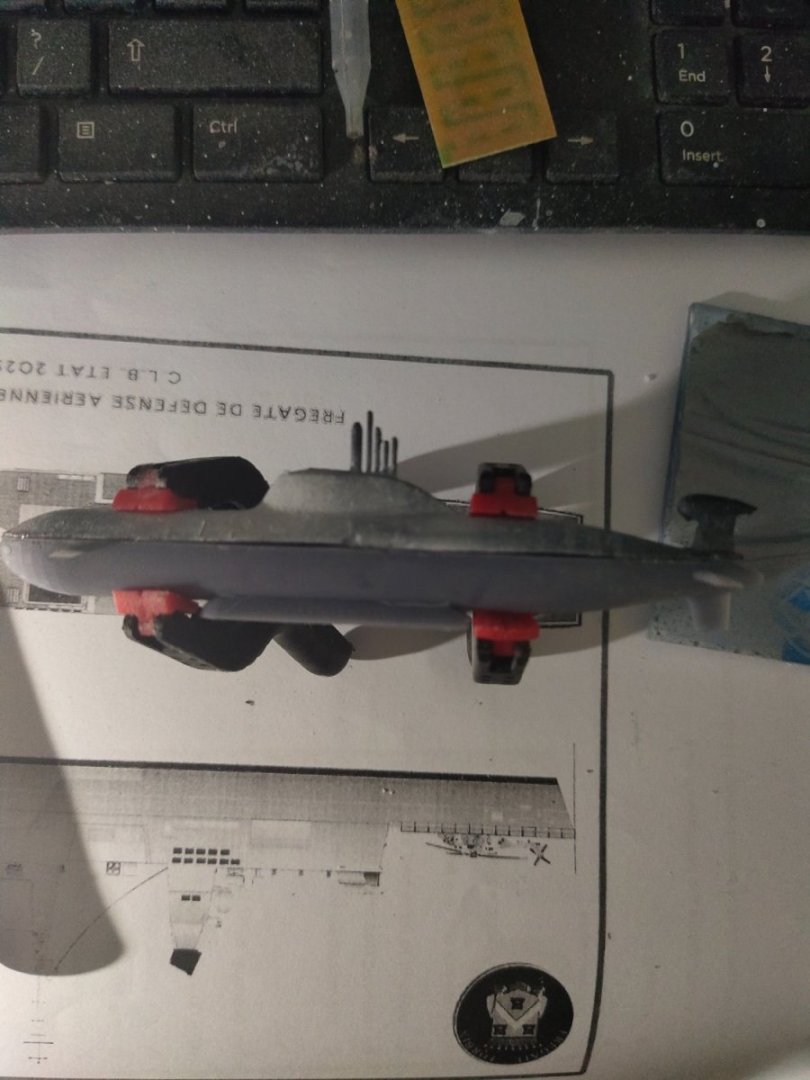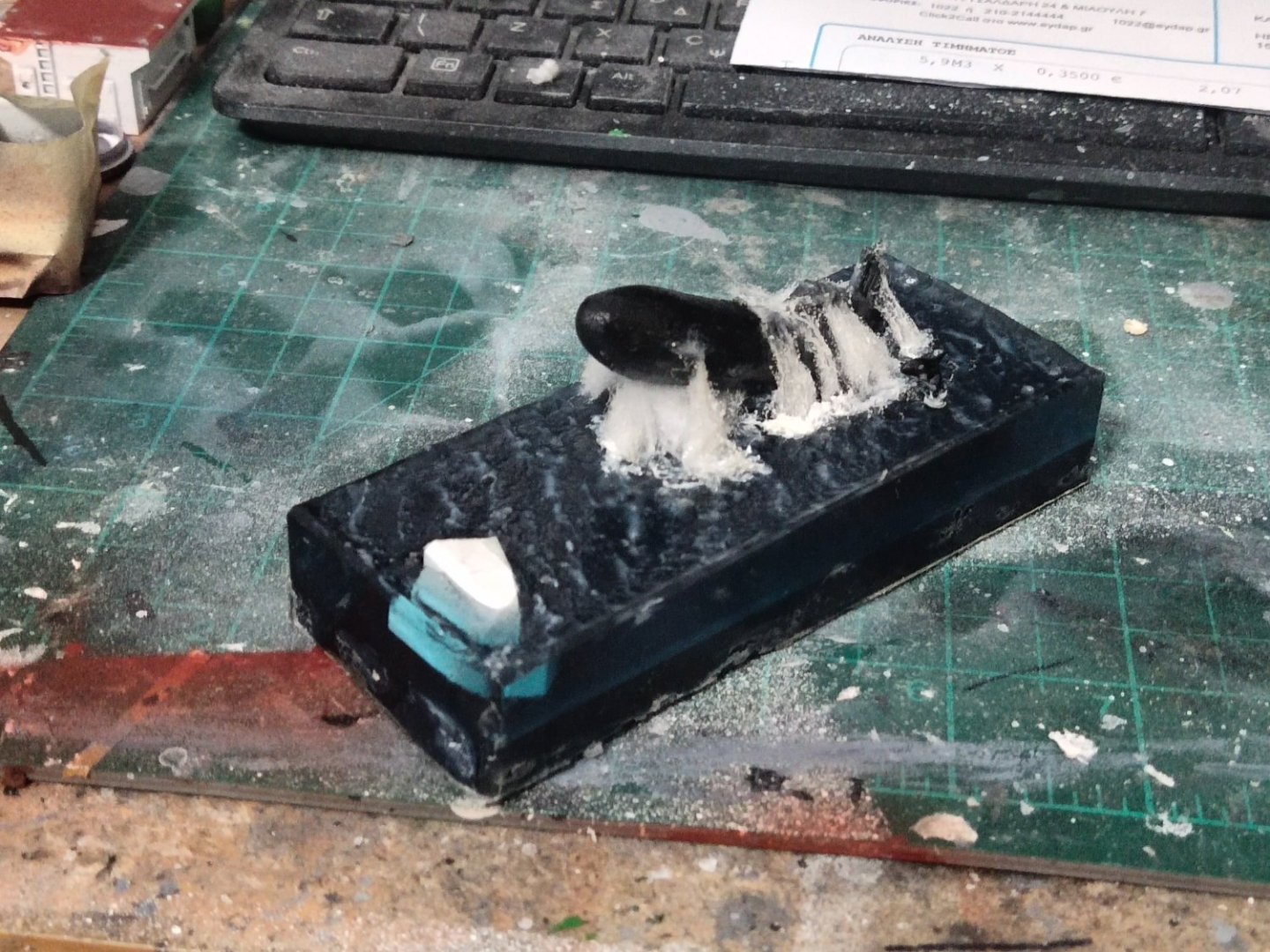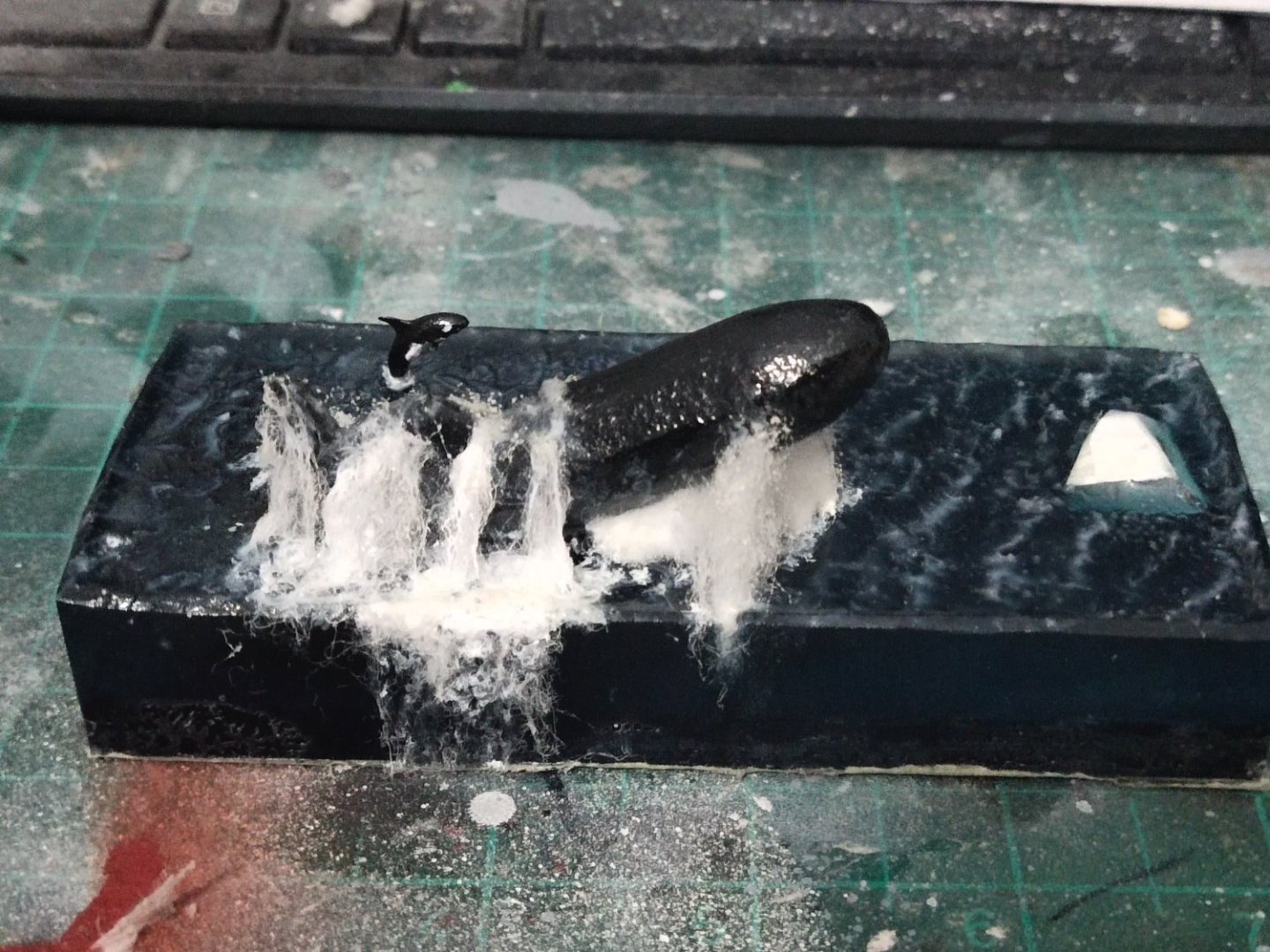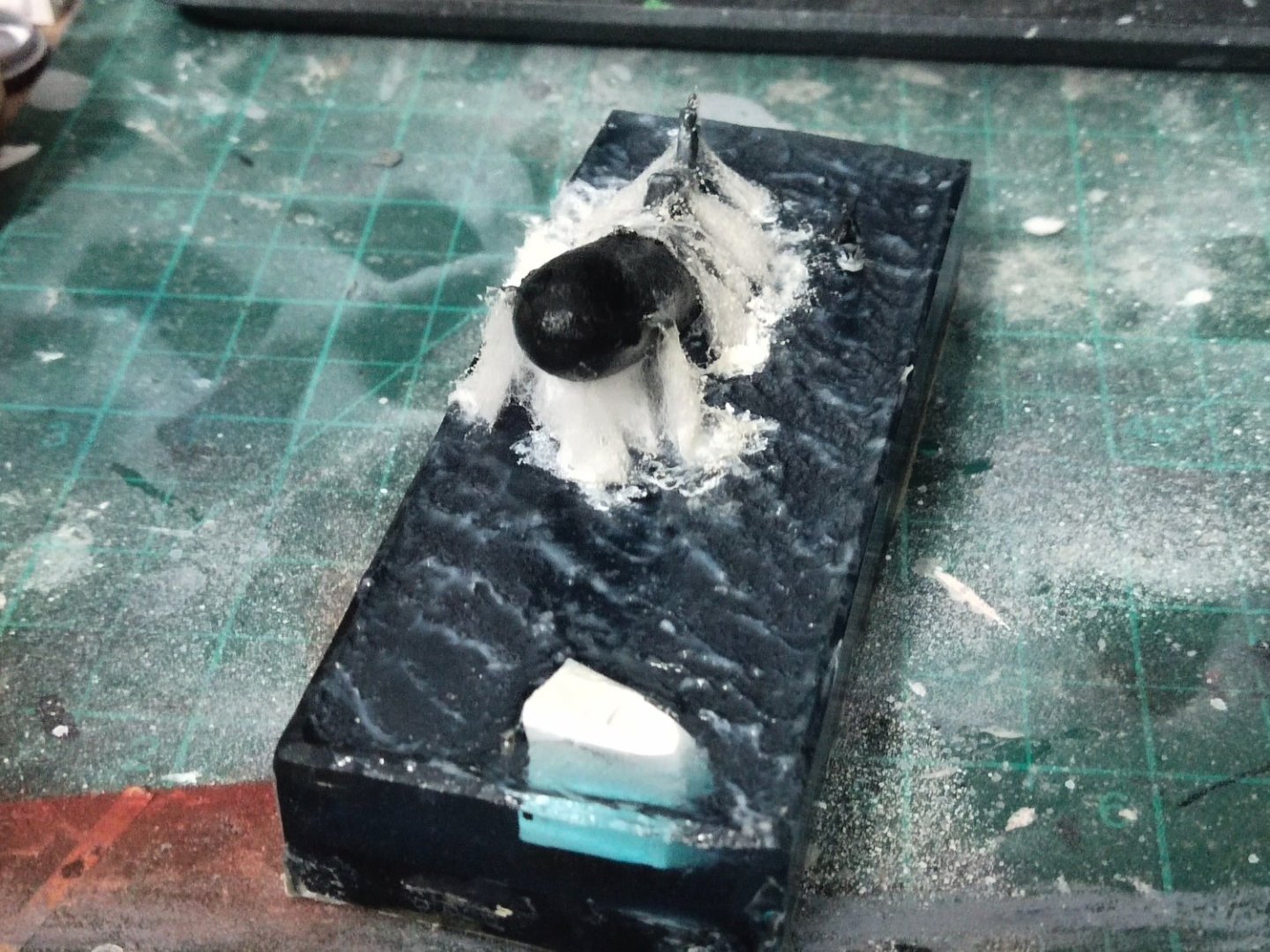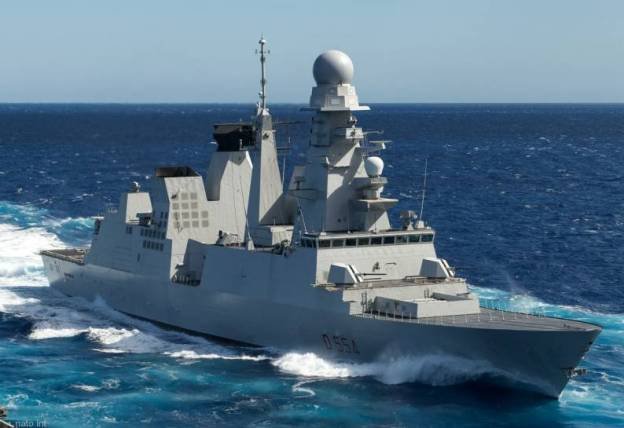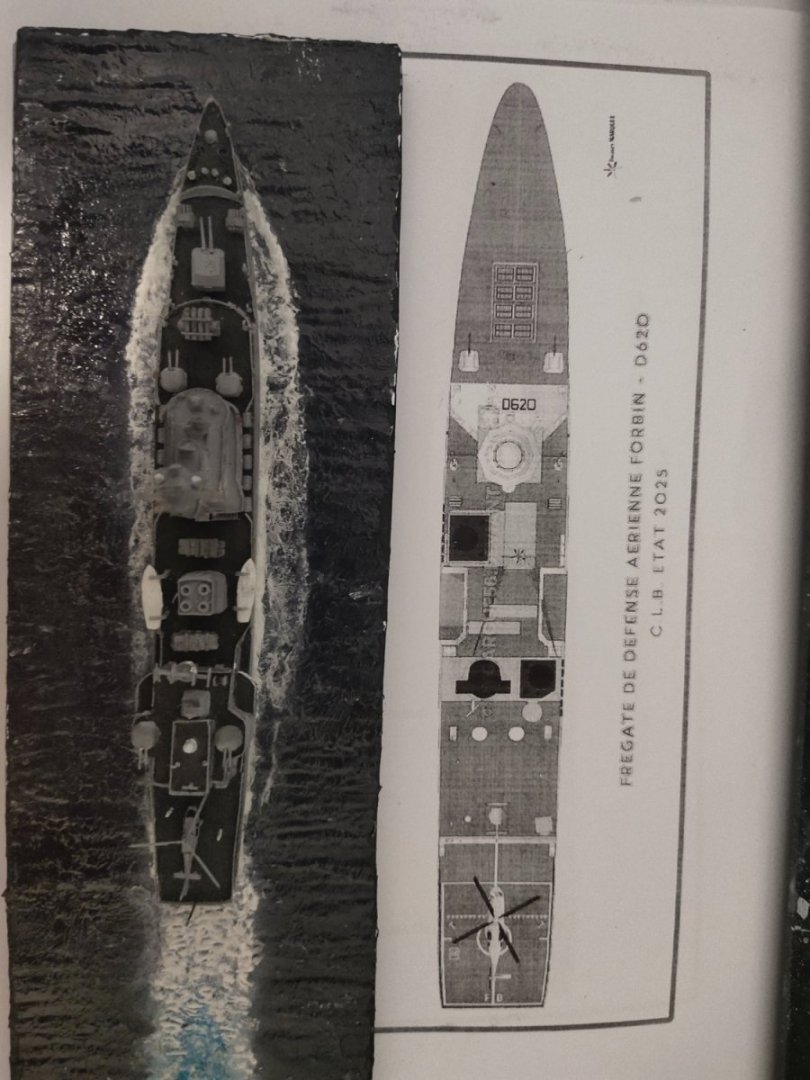
mikegr
Members-
Posts
813 -
Joined
-
Last visited
Content Type
Profiles
Forums
Gallery
Events
Everything posted by mikegr
-
This looks like an old kit which can't compare with the newer model.from Trumpeter However I found it on a quite interesting price and I just wonder if it can be upgraded with aftermarket parts so I can get a decent looking model https://aero-naut.de/produkt/bismarck-schlachtschiff/
-
i have used 3 different products to strengthen some balsa fillets. epoxy resin, fiberglass resin and wood hardener Epoxy resin and fiberglass gave some limited positive results. The wood hardener, im not sure. All i know is that its smell was vey similar to a nitro thinner. Basic difference was the price hardener 10$ per liter while thinner cost 4$. So basically was a waste of money. In short, i haven't come up with a solution than satisfies me 100%
-
Some progress has been done. Added smaller parts like torpedo decoy launchers, ECM devices, hangar door, 25 mm guns, SMART-L radar, mast antenna and some satellite systems. Few details like handrails, liferings left before start railing and rigging.
- 10 replies
-
- finished
- Horizon-class
-
(and 1 more)
Tagged with:
-
Time to fit the bridge and the big funny. First I paint them in Navy Blue like I will do with the hull later. Lighter shades applied for a color fade situation. Then dark washes applied during vertical and horizontal lines, rafts, etc. Last piece was the connecting bridge. Not a scratch built I'm proud of but it was a good exercise thought
-
Did some minor improvements, I printed the Oto Breda 76mm guns. The barrels were a product of scratch built using 0.4mm , 0,3 needles and 0.20mm wire brass
- 10 replies
-
- finished
- Horizon-class
-
(and 1 more)
Tagged with:
-
Last major piece in place except some putty on the joining point with the deck. It is the rear mack, (combo of mast and stack, very distinguishable feature in Knox class frigates). Time to put some teeth to the dragon while keep working on paintjob. Note the forward mast broken on top. Water washable resin is no where strong as resin used with moulds, I think polyurethane.
- 10 replies
-
- finished
- Horizon-class
-
(and 1 more)
Tagged with:
-
Time to weather the deck. I sprayed a light coat of tan color. After it dried, deck was given a coat of hairspray. Finally navy blue was applied. Using a sand paper folded on half, I scratched the deck horizontally, to give a color fade effect. Then I sprayed thinned tan color especially in the areas of the deck which is most heavily used by planes like the rear section, from arresting cables and below. Next phase is washing, oiling adding tyre marks etc
-
.Next part after gluing superstructure and main radar was the funnel along with the base and the secondary mast. I made it in 3 pieces and glued them together. Then I paint it before test fitting. Finally I scratch built the middle section. Only main pieces left are SMART radar and rear funnel.
- 10 replies
-
- finished
- Horizon-class
-
(and 1 more)
Tagged with:
-
Time to make the bridge. The method I followed is a bit... interesting. In order to give a correct shape and add details I separated the parts, though some were glued together tightly and were simply cut with a rotary tool. Base and top part were re used with added details, railing , ladders, portholes, guns and fire directors. Middle parts were reprinted and assembled all together. I coat them with primer and added some last detail on funnel. Now I only need to make the mast and add the connecting bridge between funnel and superstructure after their installation on deck.
-
Back to work after recovery from some neck pain The mast is ready. It was printed in two halves. Then I added details by hand. Not easy to mess with brittle resin tiny parts. But there supposed to be some fun right? Besides the final outcome was satisfying so worth the effort. Next part was the vertical launcher in front. With such details only a print was possible and it came as expected. One of the few parts that there was no need for a reprint.
- 10 replies
-
- finished
- Horizon-class
-
(and 1 more)
Tagged with:
-
Cold weather caused me some back neck pain which kept me out of work for some days. Anyway I managed to add some details. Funnel top in reality is actually curved towards sides not straight as in the model. I decided to work on it as it is. Added radar, mast, new platform with railings. Replaced Mk37 director with PE parts, new 5" and 0.5" guns. Added piping using brass wire and added doors. Gave it a coat of primer. However I de
-
Cap San Diego by mikegr - 1/160
mikegr replied to mikegr's topic in - Build logs for subjects built 1901 - Present Day
Like in the rear section I printed the crane bases-rooms for the front part. The cargo holds are already in place. I took the long time abandoned superstructure pieces and joined them together with wood glue and body car filler on the front side. After sanding it become smooth, needs to br painted. All parts were placed on deck for final fitting and evaluation. -
The hangar is complete. I did some test fitting experimenting with the LED fitting while paint was fresh yet. Then I test fitted some others printed parts, bridge and radar mast
- 10 replies
-
- finished
- Horizon-class
-
(and 1 more)
Tagged with:
-
This is a test performed at almost 0 distance and 0 angle. In a real situation, say 30k+ yards at an impact of 40+ degrees the result would be far different from the one shown above http://www.navweaps.com/index_tech/tech-040.php
-
The next part was the forward superstructure. Sanded down to fit the hull then gave a coat of wood sealer. Then, bridge and hangar was printed and test fitted. Then I realized that I wanted to work the interior of the hangar, but at a dimension of approx. 12x30mm that was simply too narrow. So I decided to reprint it in two pieces splitted in 2/3 of the total width. Then work on interior begun. A paint disaster led me to a 3rd print but after work and experimentation I got a positive result.
- 10 replies
-
- finished
- Horizon-class
-
(and 1 more)
Tagged with:
-
Cap San Diego by mikegr - 1/160
mikegr replied to mikegr's topic in - Build logs for subjects built 1901 - Present Day
Next step was to test fit rear area cargo holds and crane bases. Chain is a bit overscale maybe but the result is acceptable. Cargo holds are scratch built and crane bases -which are also storage rooms- are 3d printed. I need only to sand them down so they can fit with the deck which leans towards the sides. -
- 10 replies
-
- finished
- Horizon-class
-
(and 1 more)
Tagged with:
-
Horizon class is a modern type of warship a product of joint development by Italy, France and UK (which later withdraw to develop its own type 45 destroyer). Although classified as frigates at 7.000 dwt they are rather destroyers than frigates A comparison to the previous project
- 10 replies
-
- finished
- Horizon-class
-
(and 1 more)
Tagged with:
About us
Modelshipworld - Advancing Ship Modeling through Research
SSL Secured
Your security is important for us so this Website is SSL-Secured
NRG Mailing Address
Nautical Research Guild
237 South Lincoln Street
Westmont IL, 60559-1917
Model Ship World ® and the MSW logo are Registered Trademarks, and belong to the Nautical Research Guild (United States Patent and Trademark Office: No. 6,929,264 & No. 6,929,274, registered Dec. 20, 2022)
Helpful Links
About the NRG
If you enjoy building ship models that are historically accurate as well as beautiful, then The Nautical Research Guild (NRG) is just right for you.
The Guild is a non-profit educational organization whose mission is to “Advance Ship Modeling Through Research”. We provide support to our members in their efforts to raise the quality of their model ships.
The Nautical Research Guild has published our world-renowned quarterly magazine, The Nautical Research Journal, since 1955. The pages of the Journal are full of articles by accomplished ship modelers who show you how they create those exquisite details on their models, and by maritime historians who show you the correct details to build. The Journal is available in both print and digital editions. Go to the NRG web site (www.thenrg.org) to download a complimentary digital copy of the Journal. The NRG also publishes plan sets, books and compilations of back issues of the Journal and the former Ships in Scale and Model Ship Builder magazines.



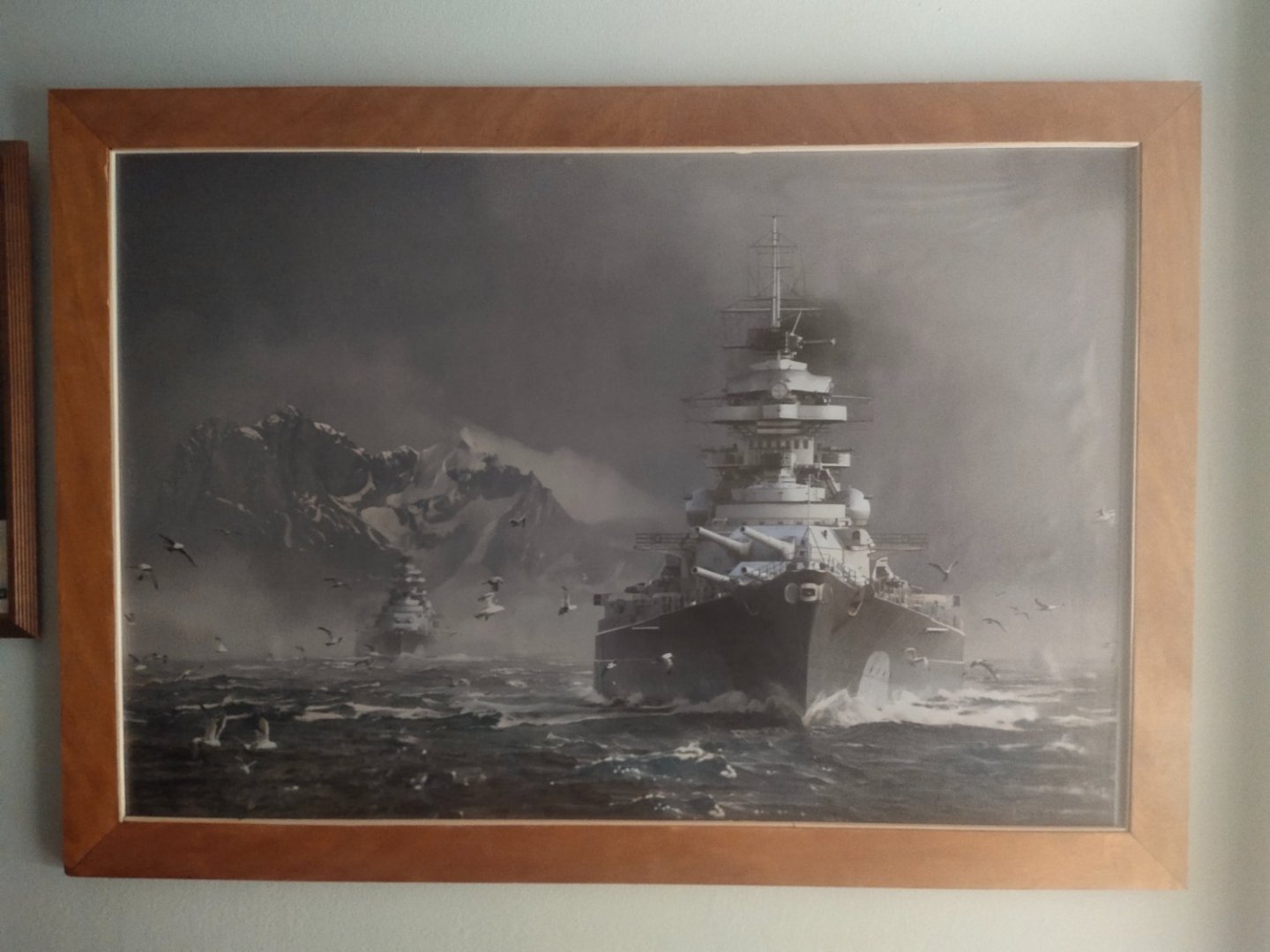
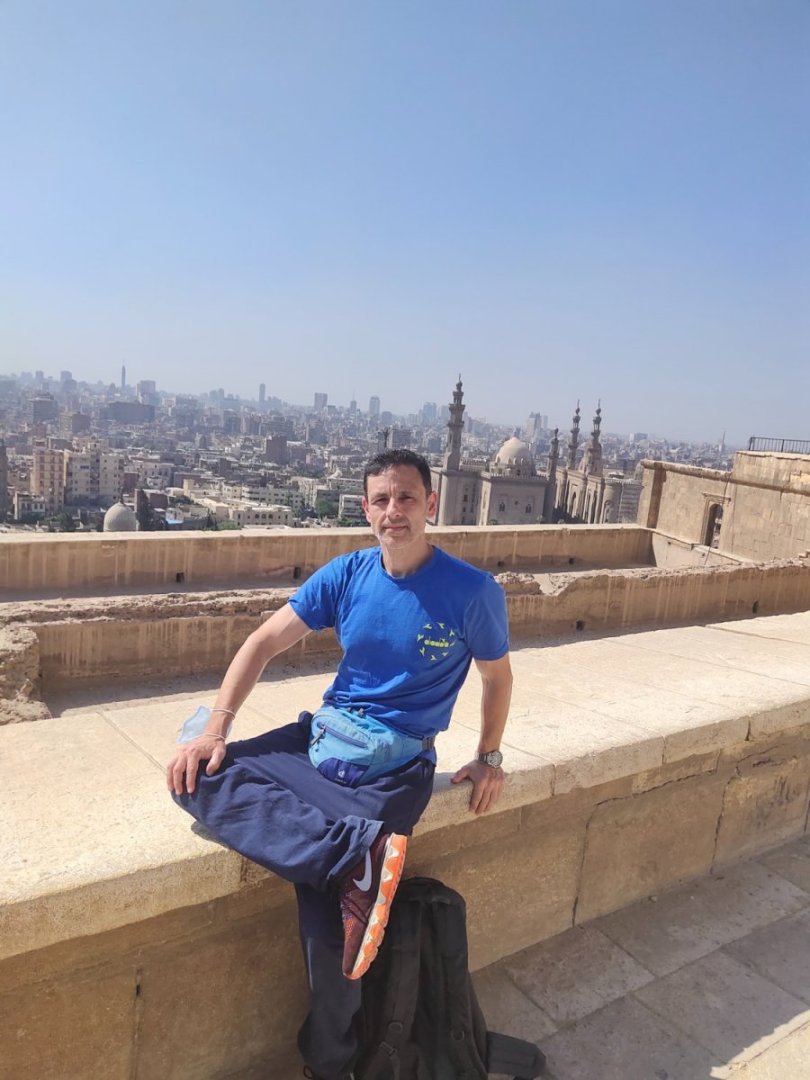
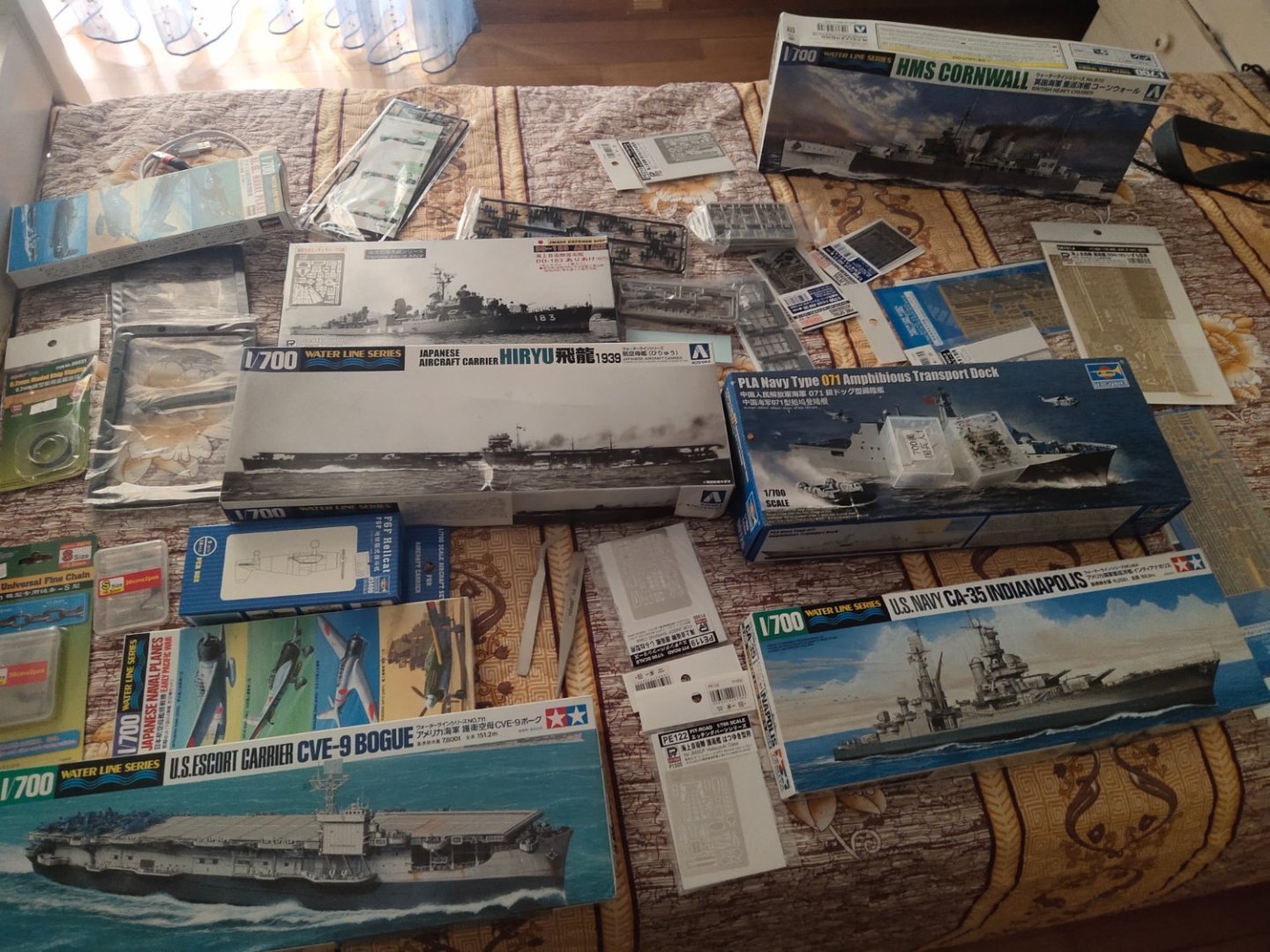
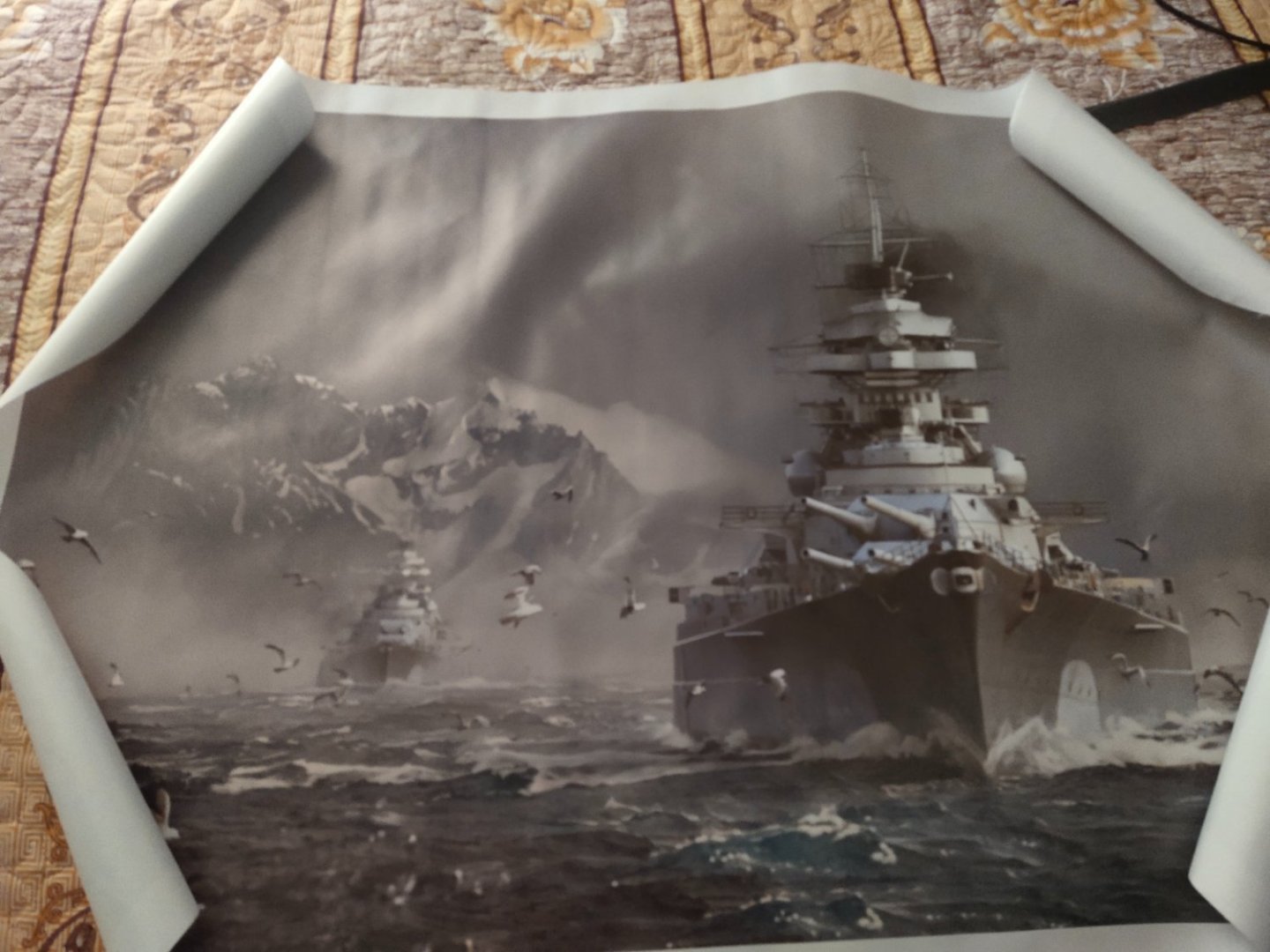
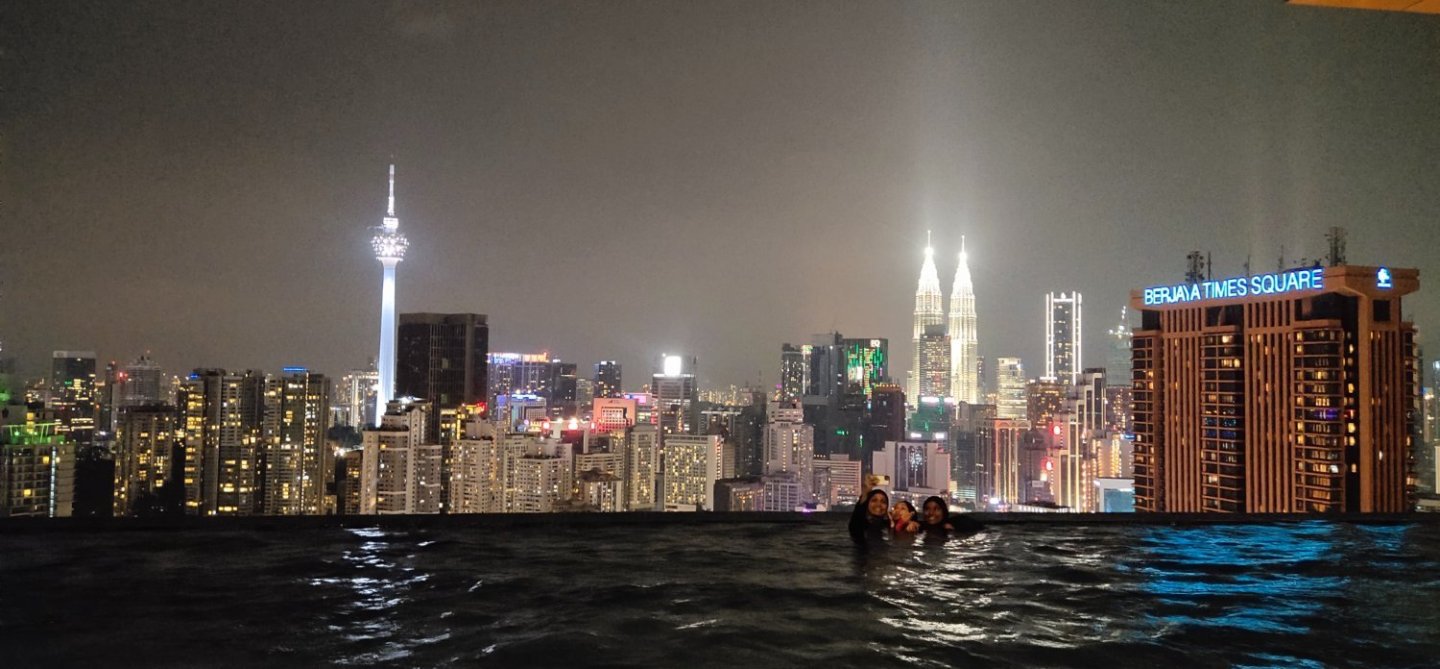

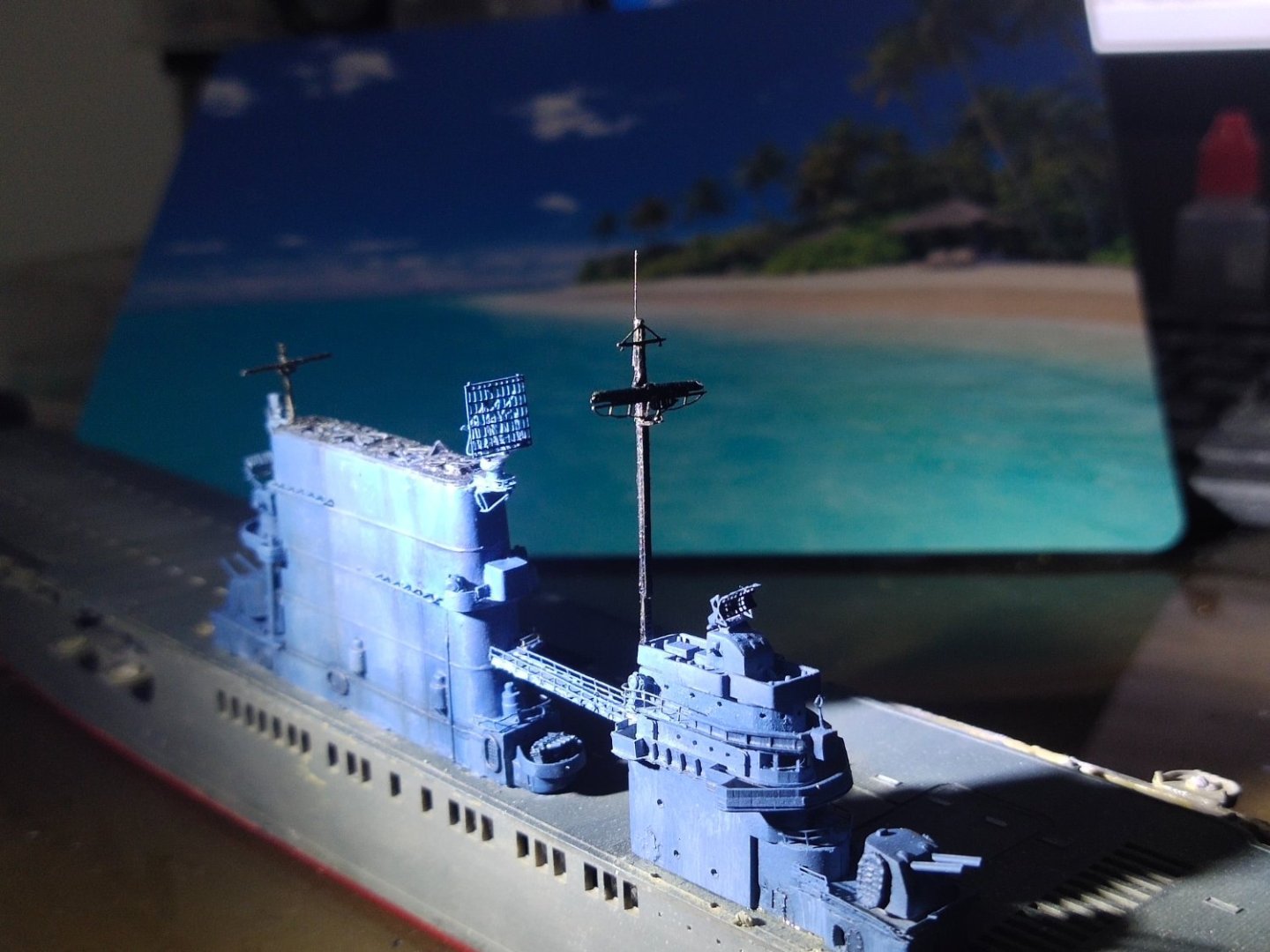
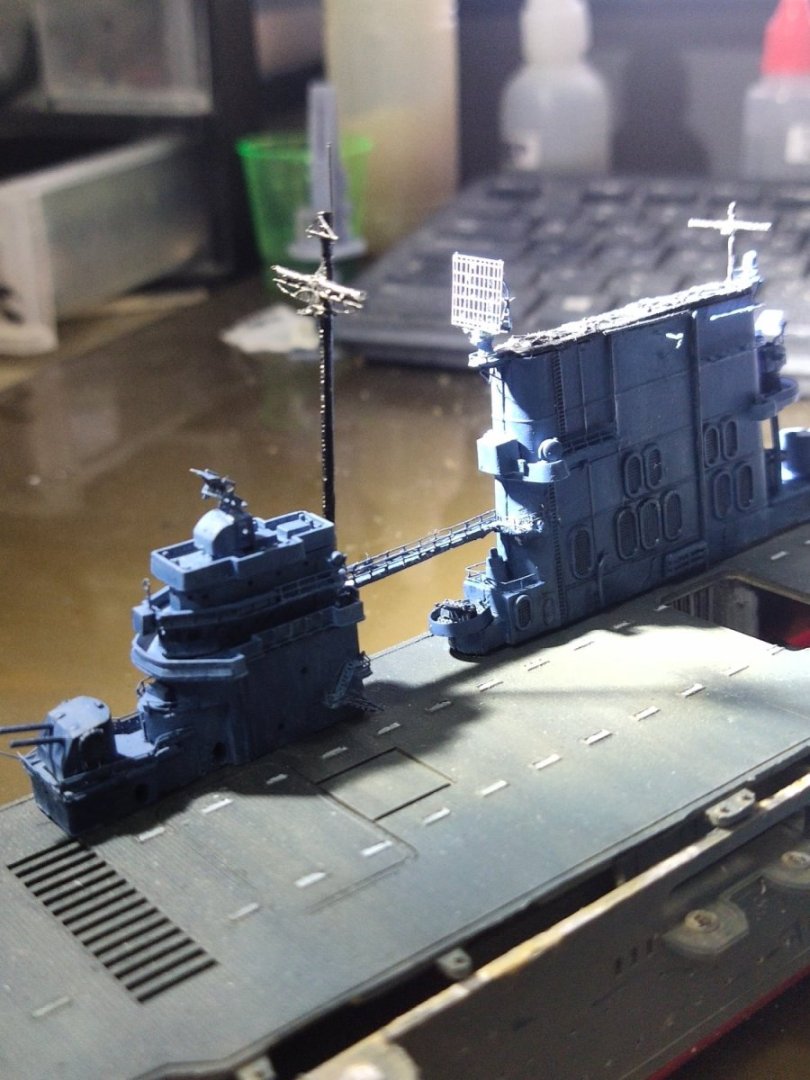
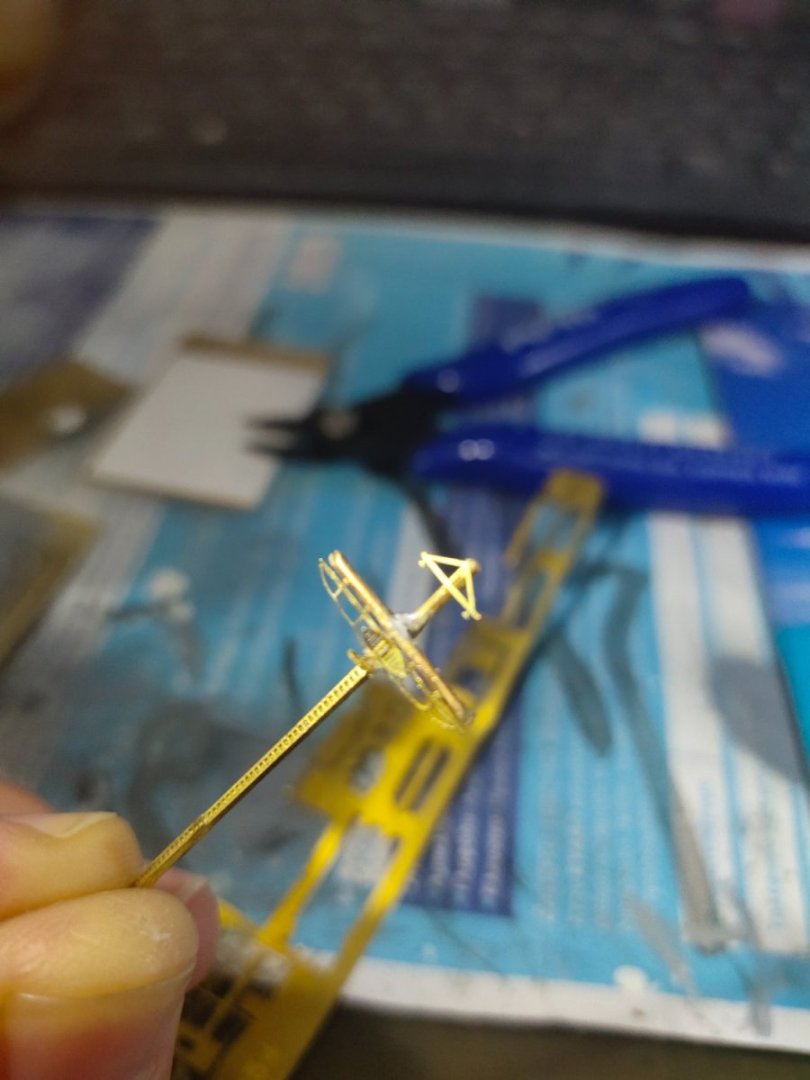
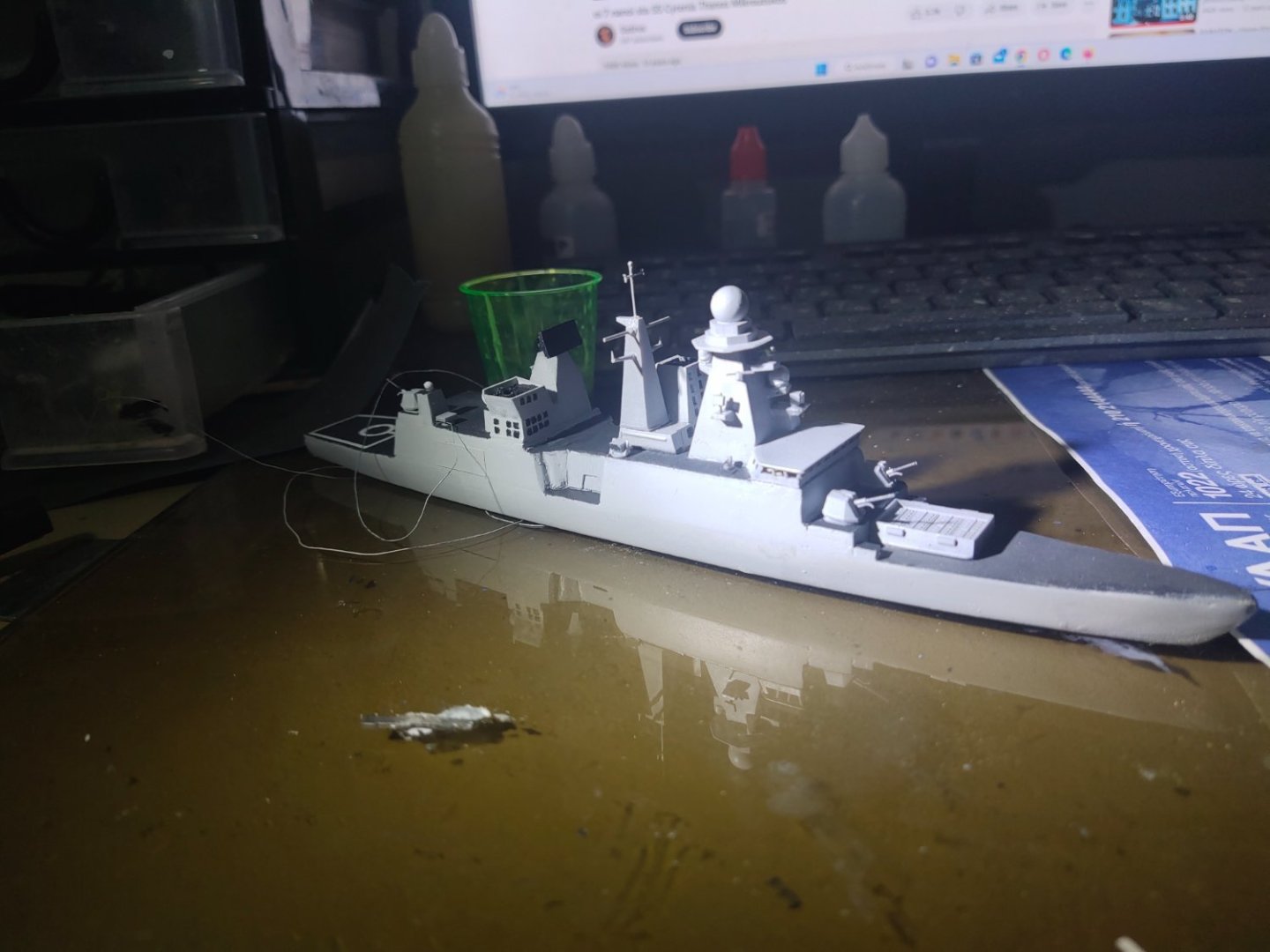
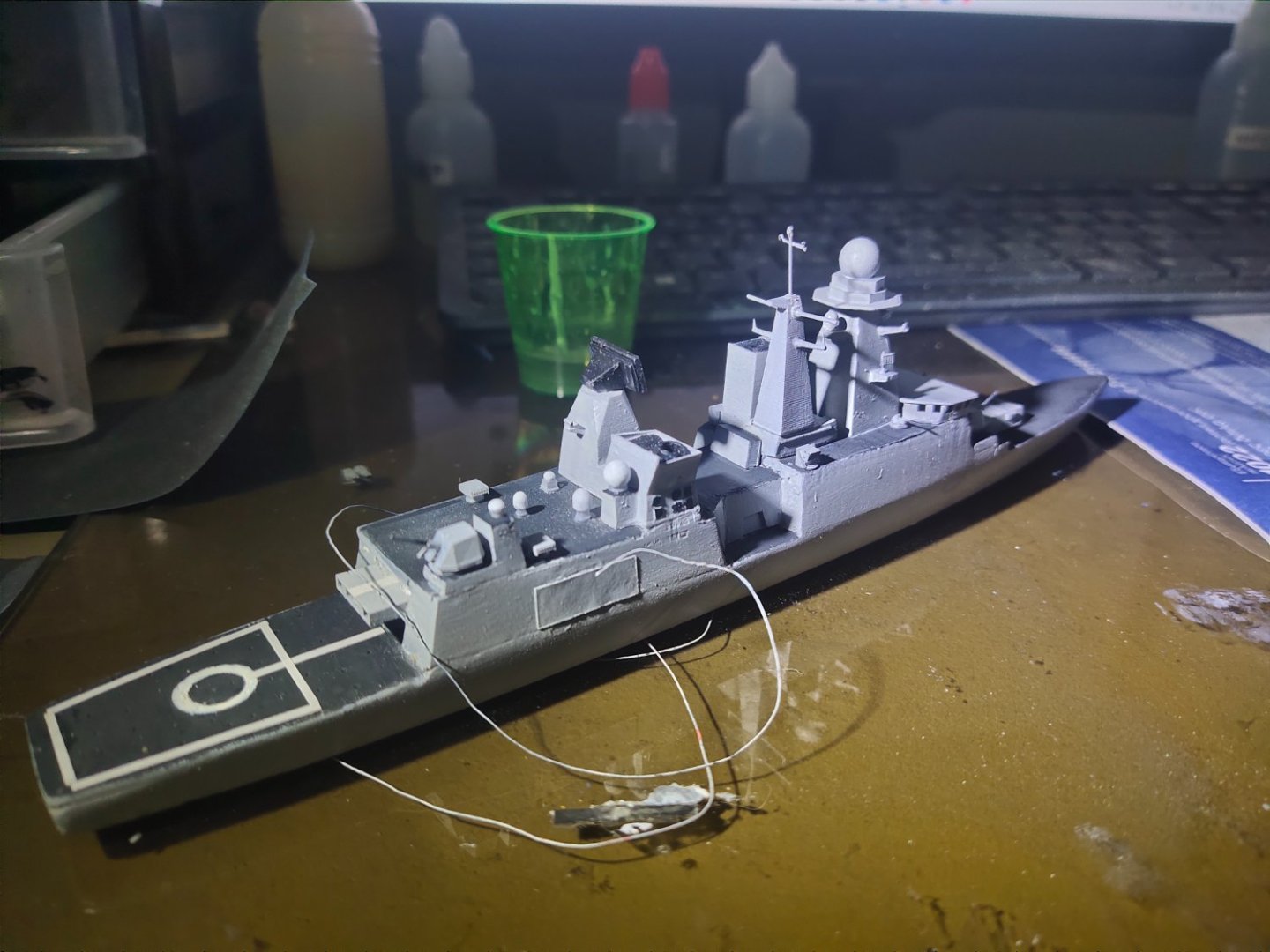
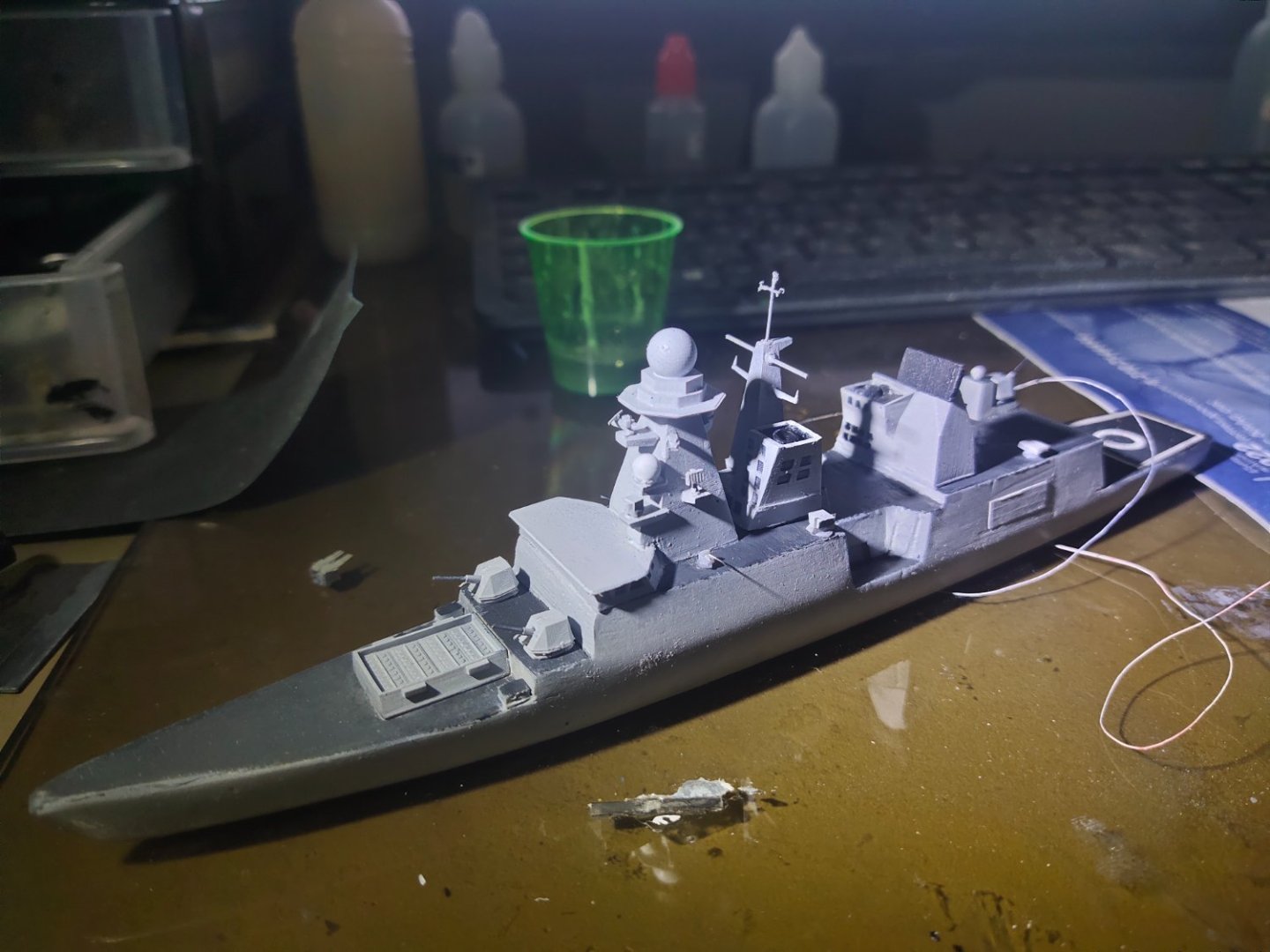
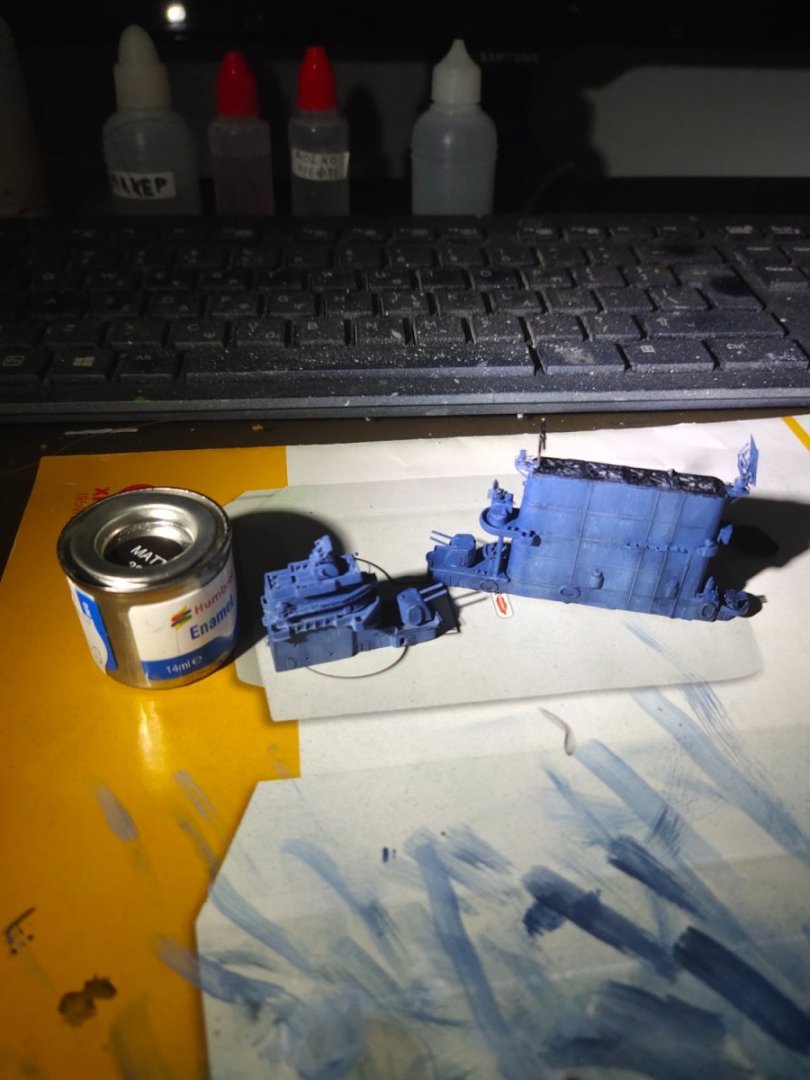
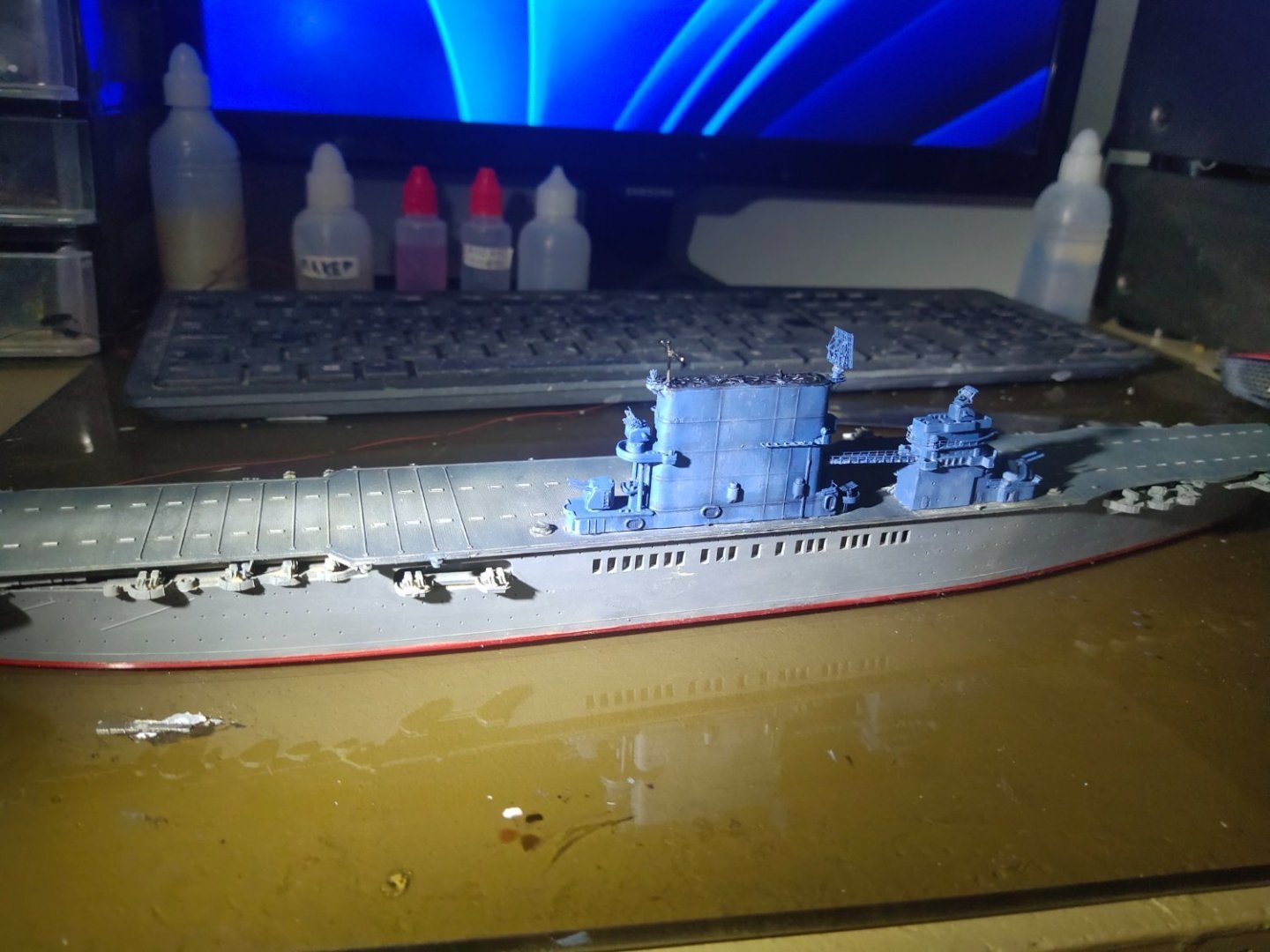
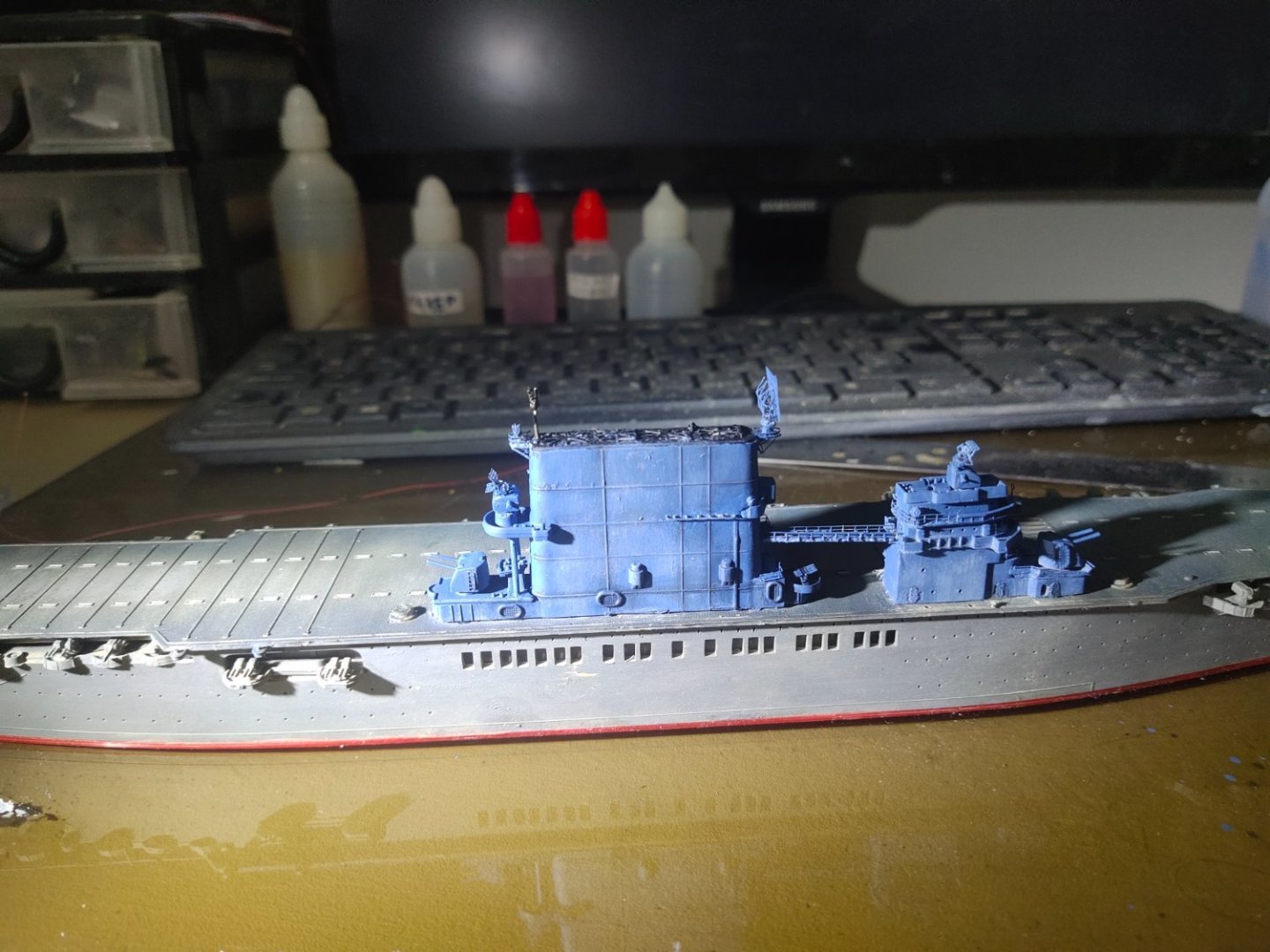
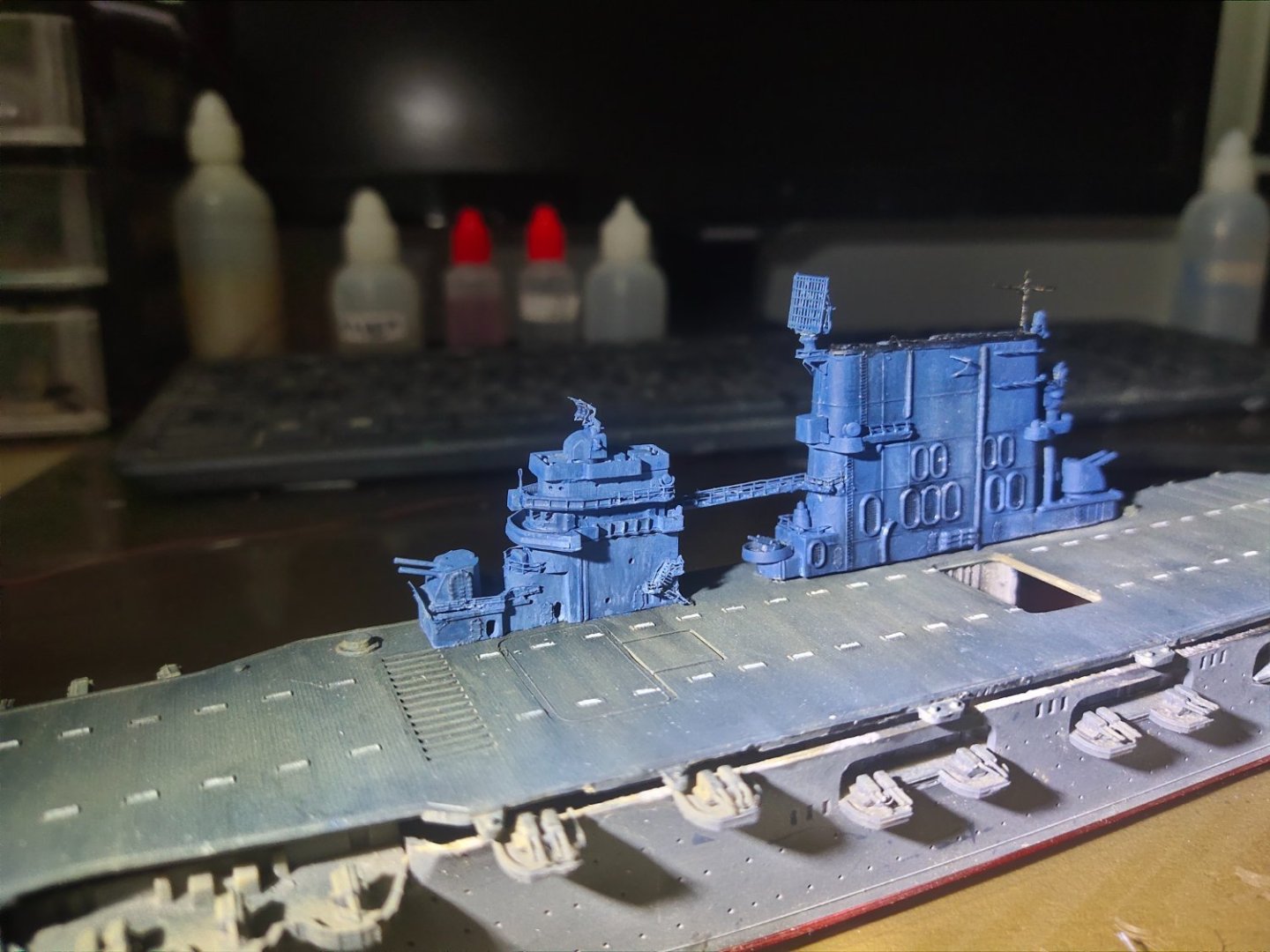
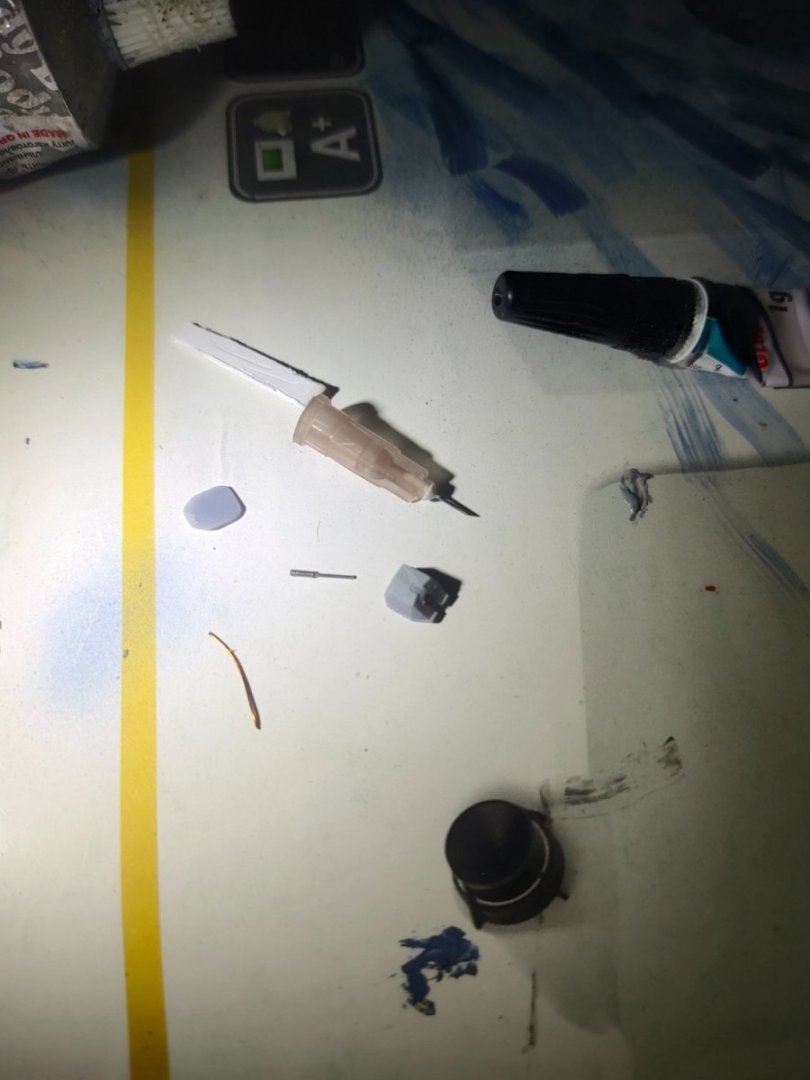
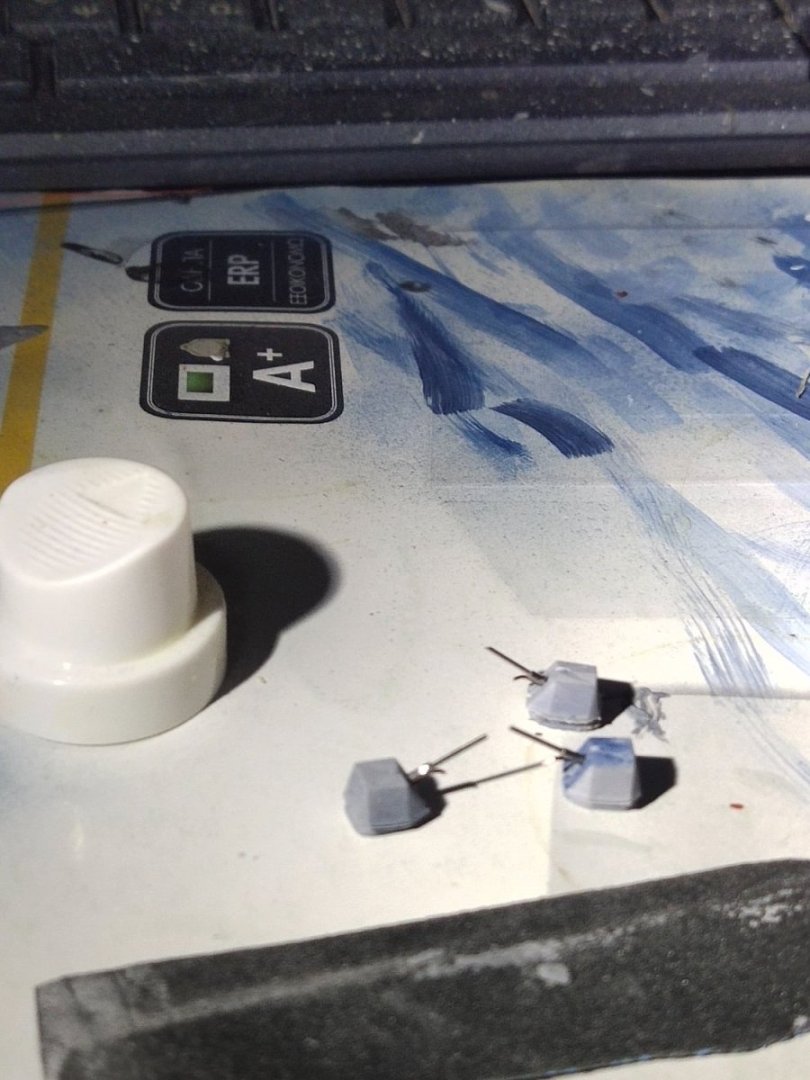
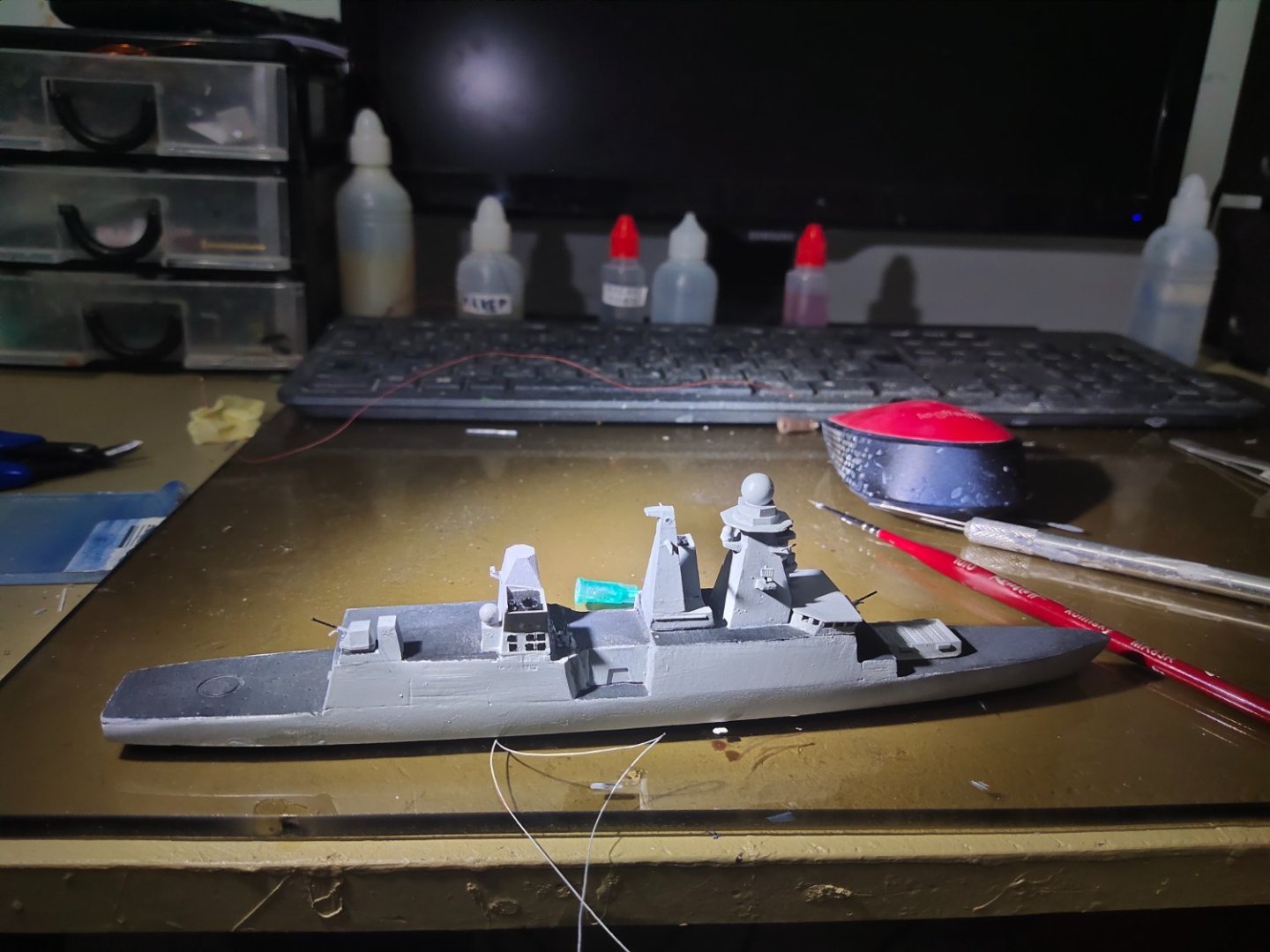
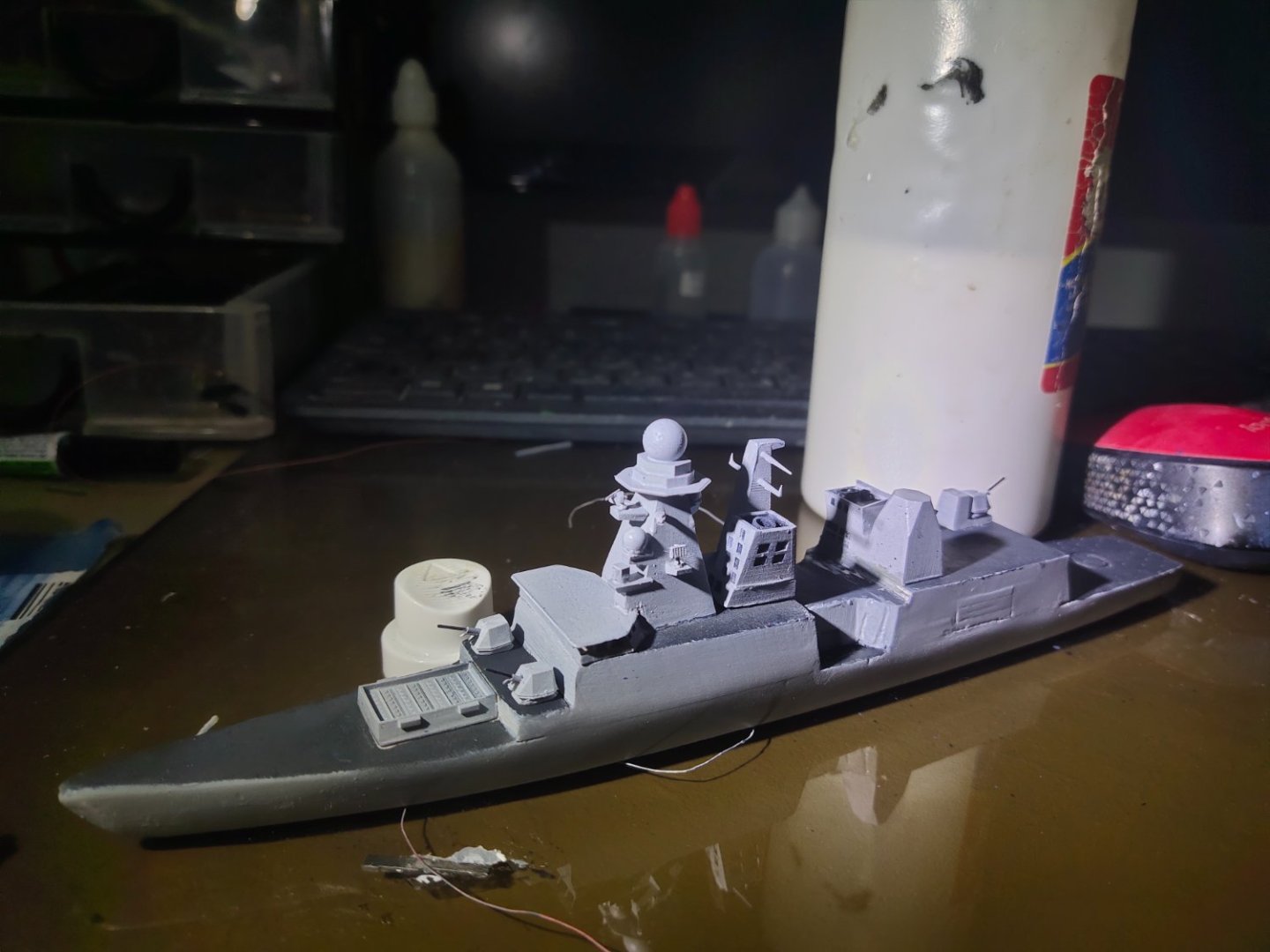
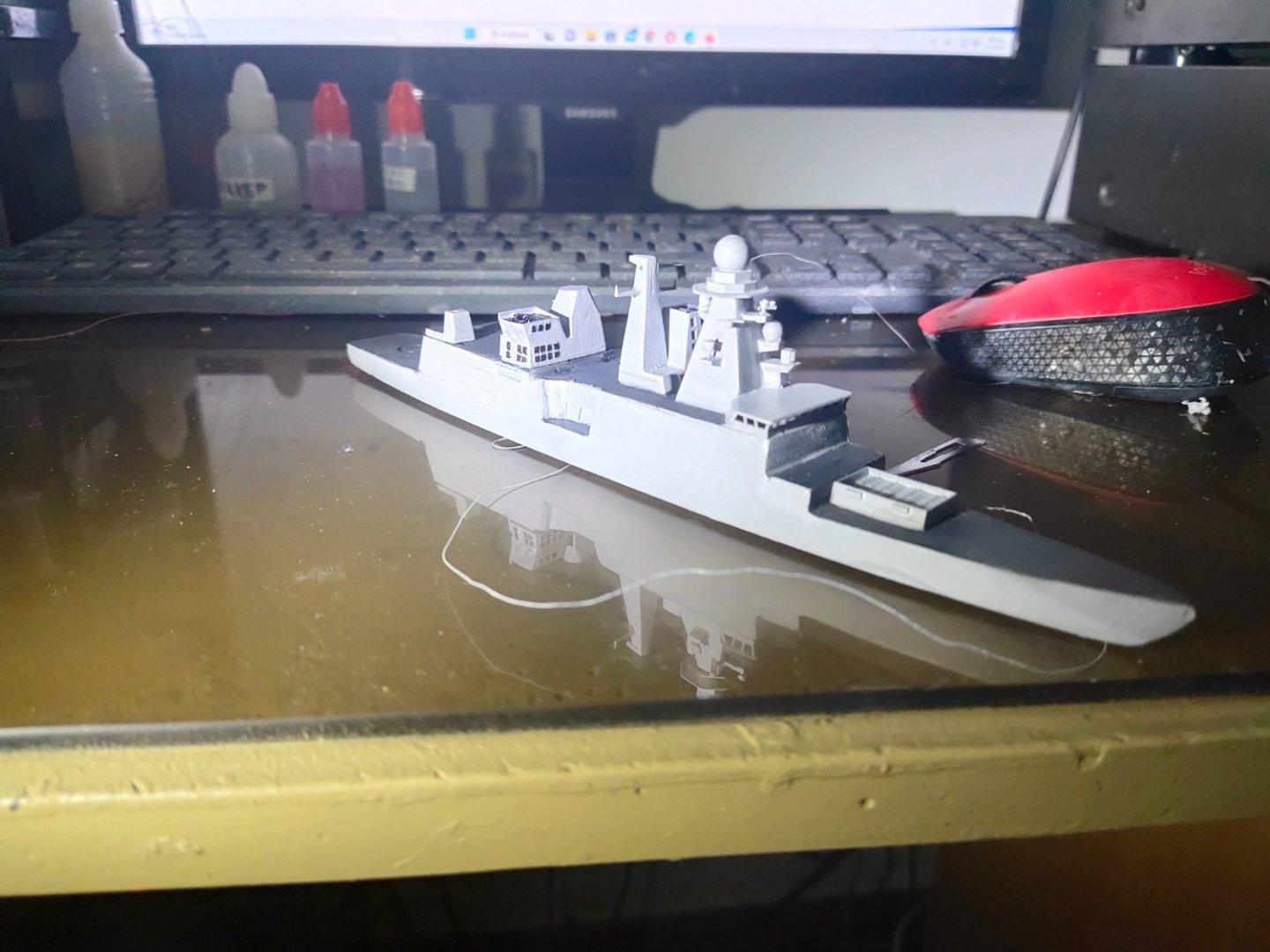
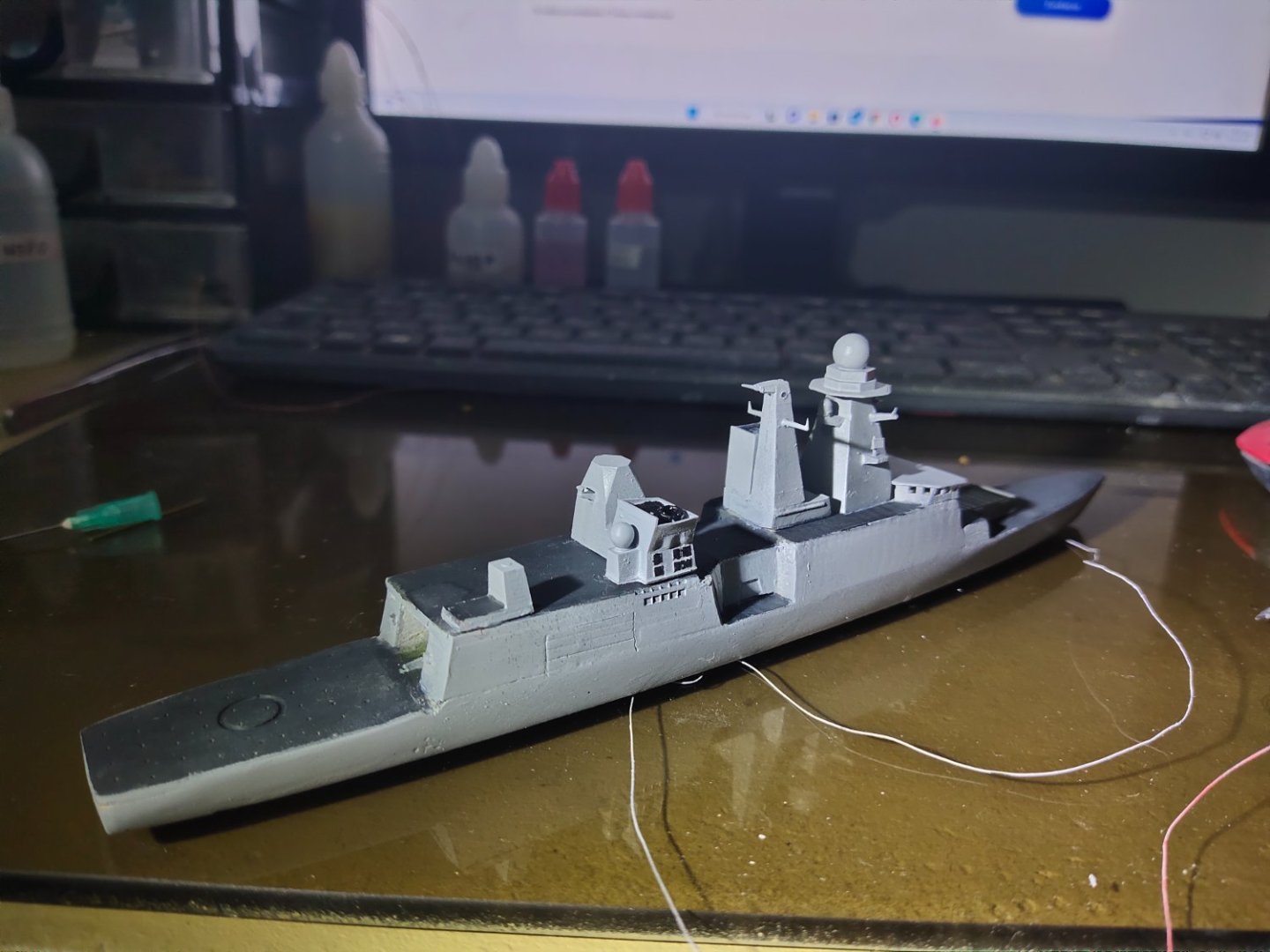
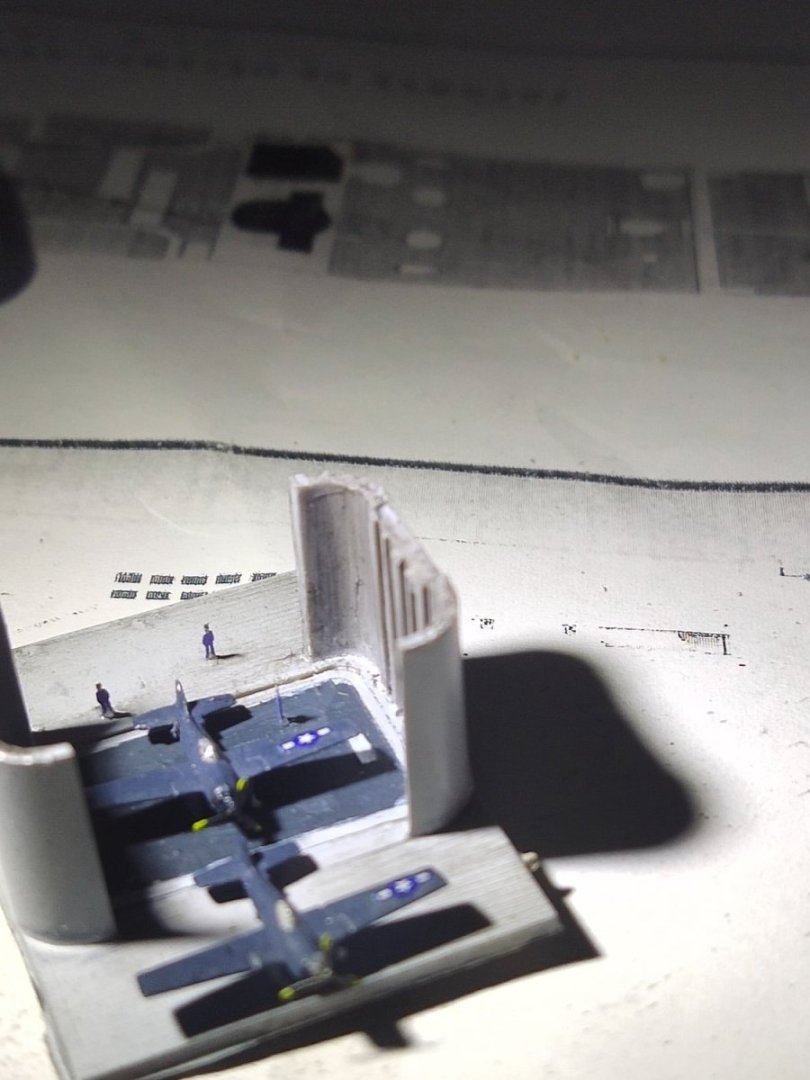
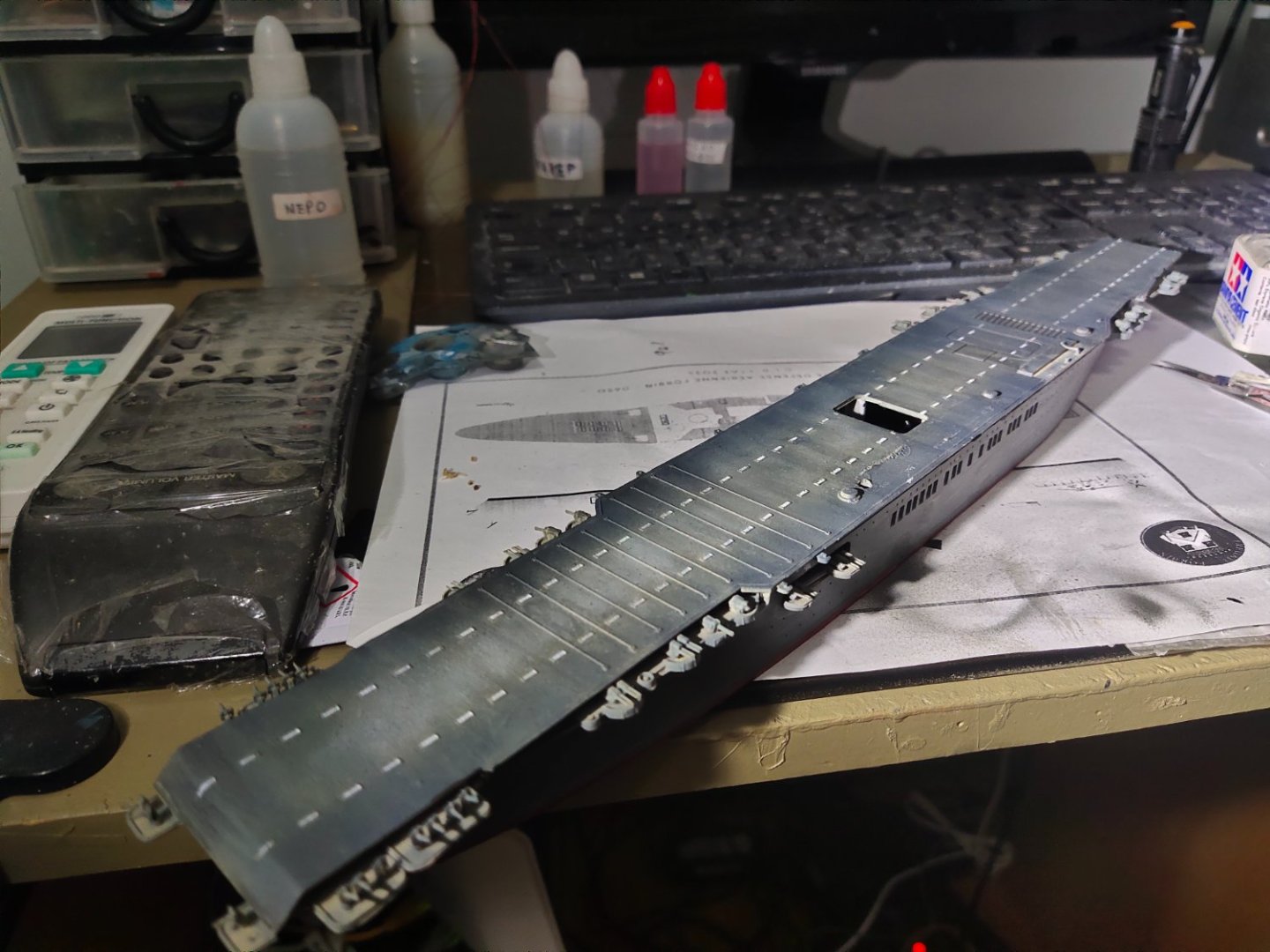
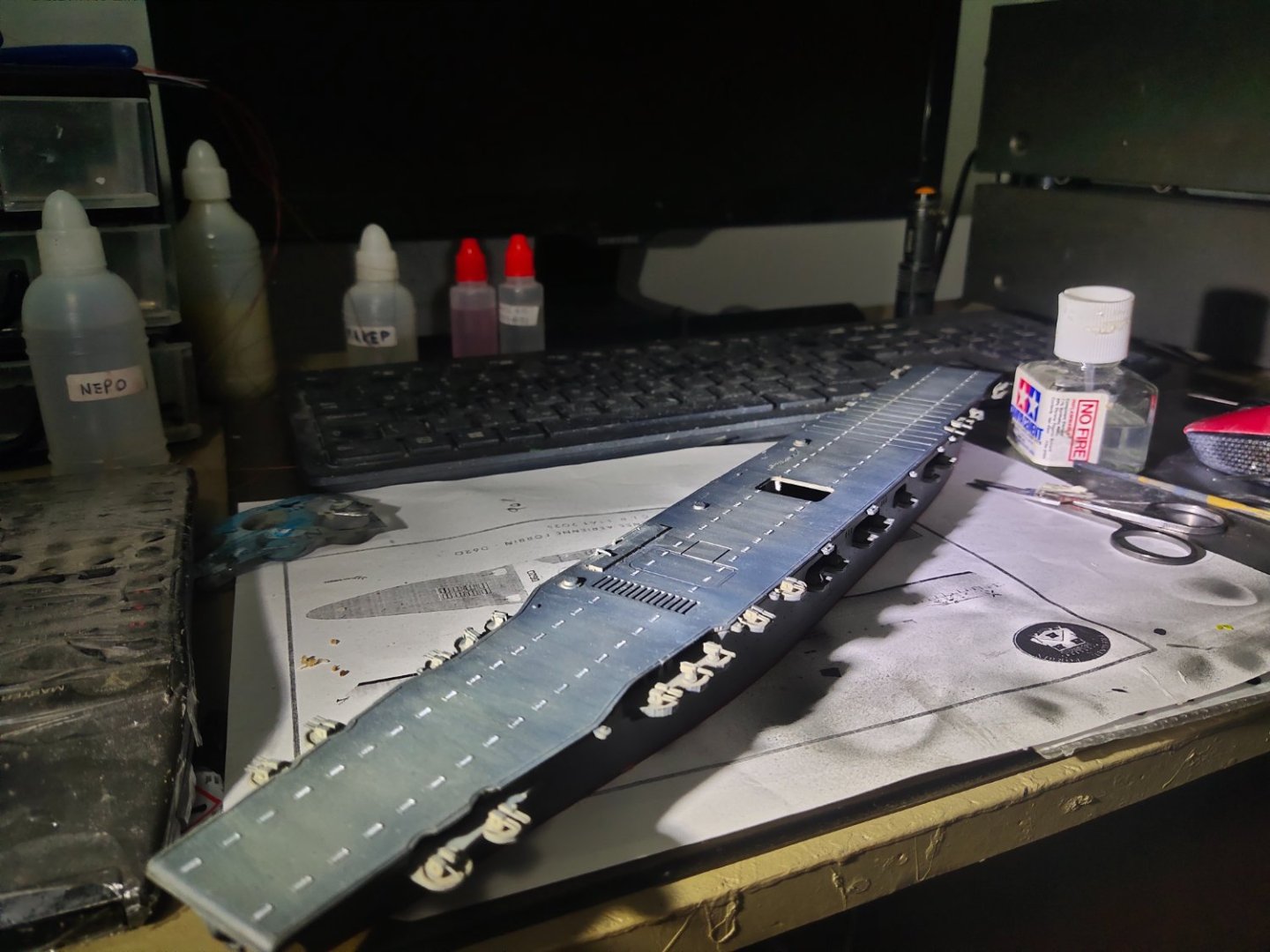
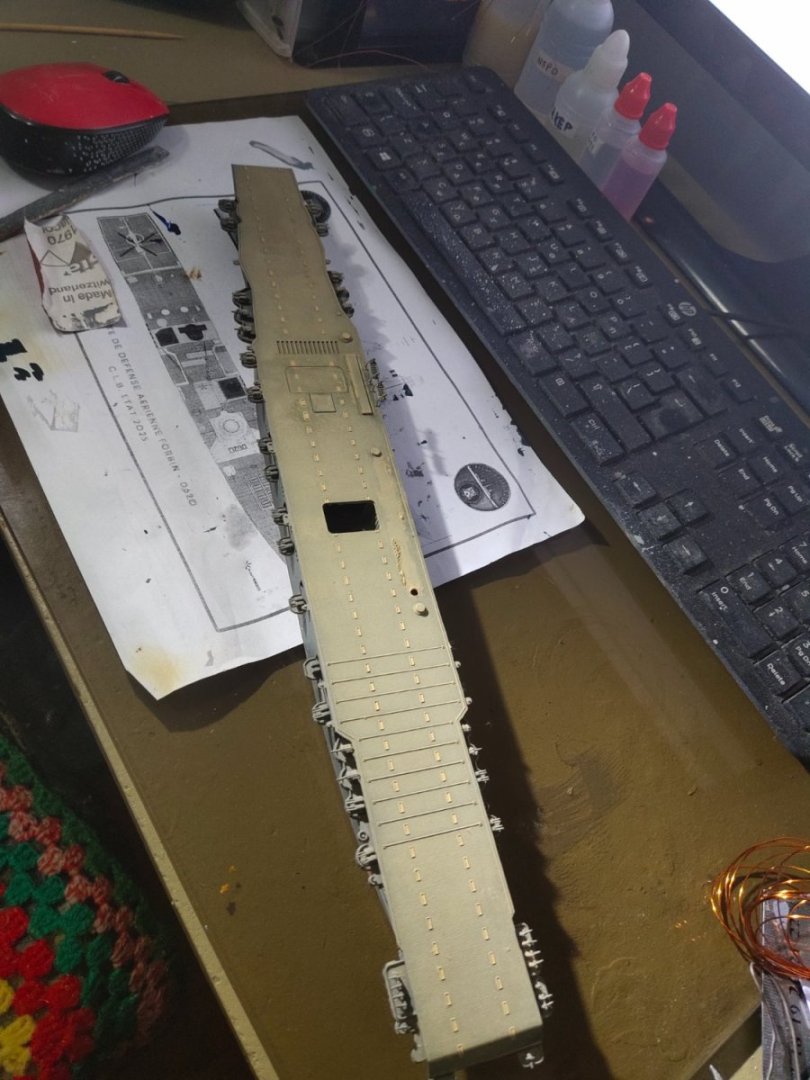
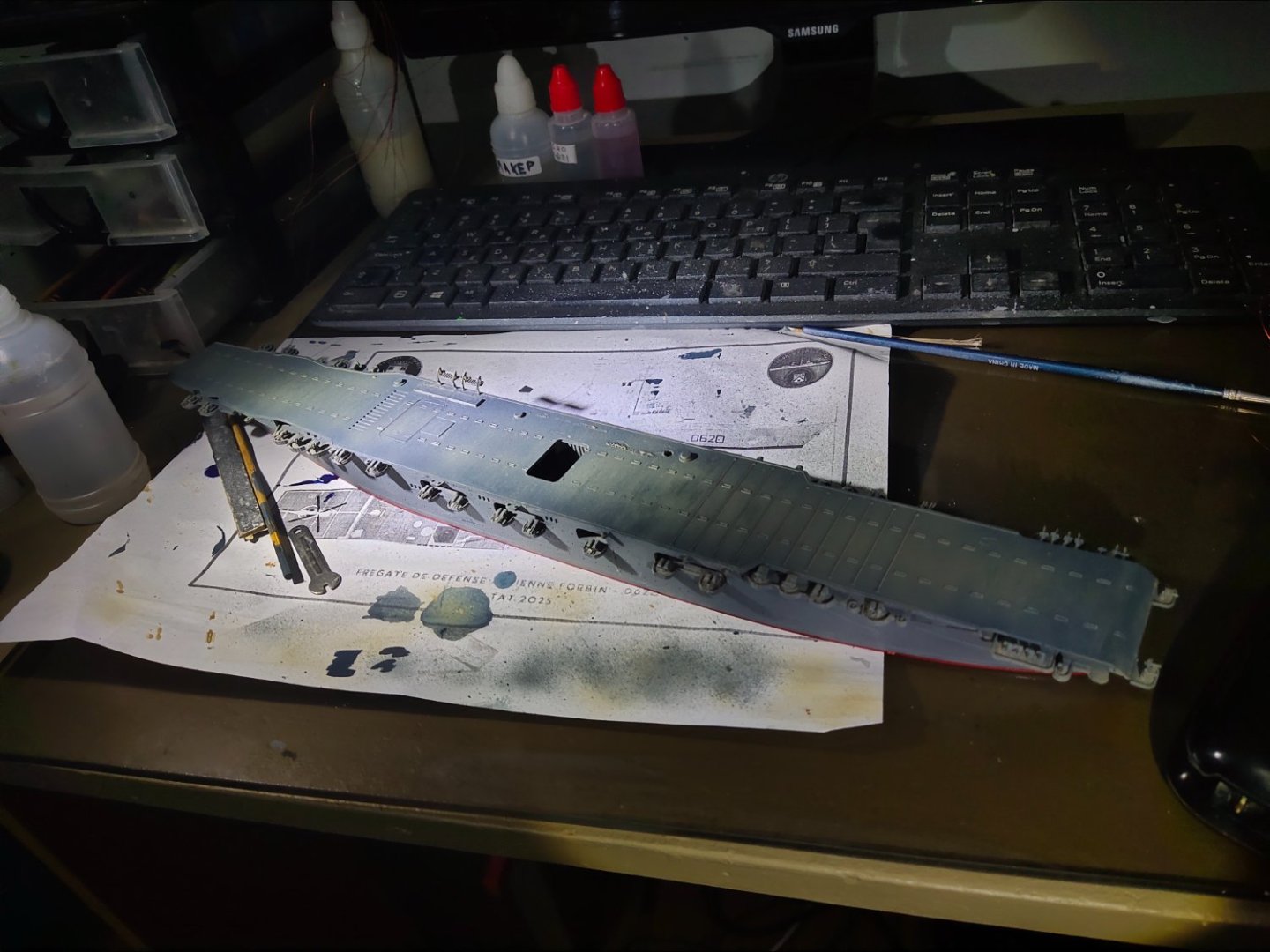
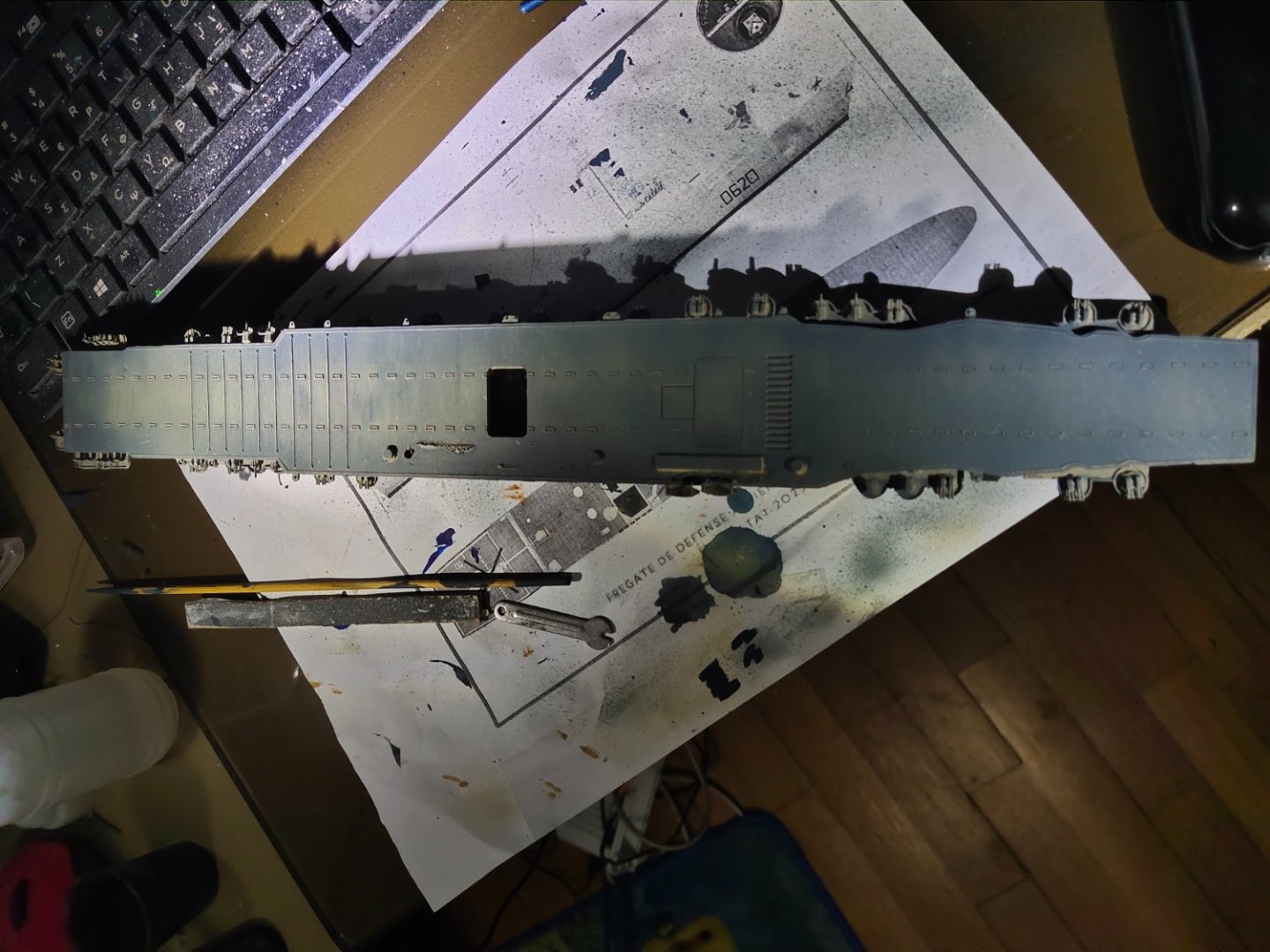
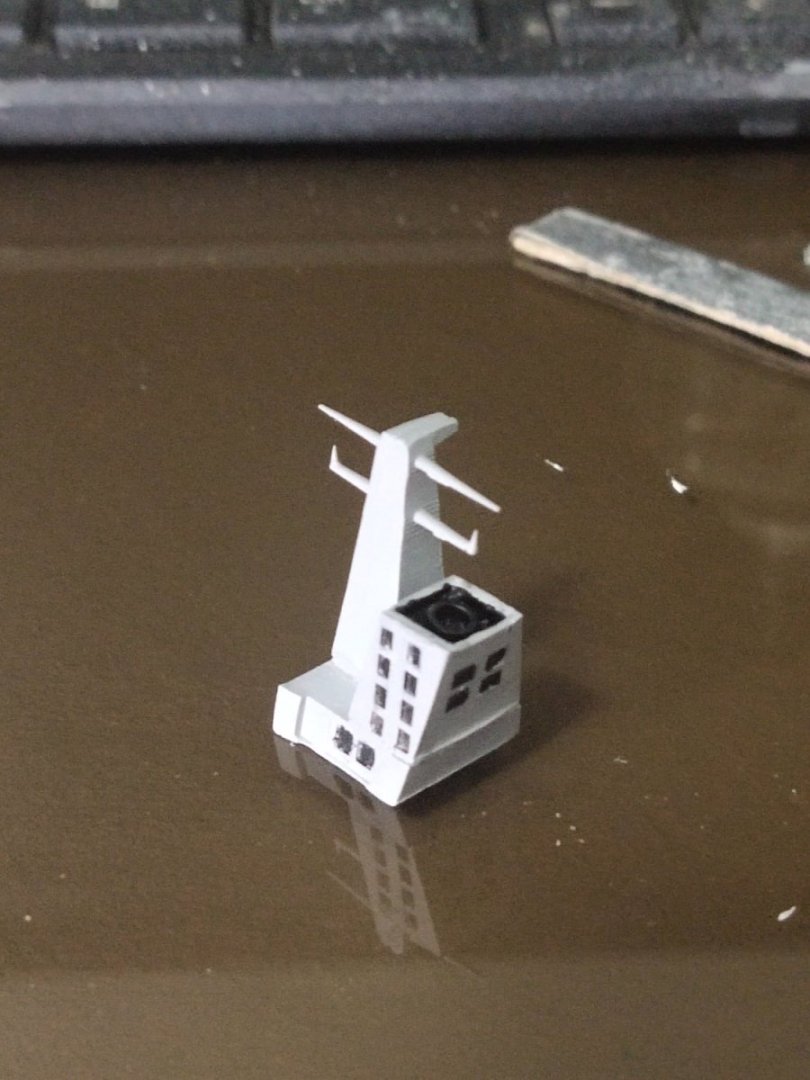

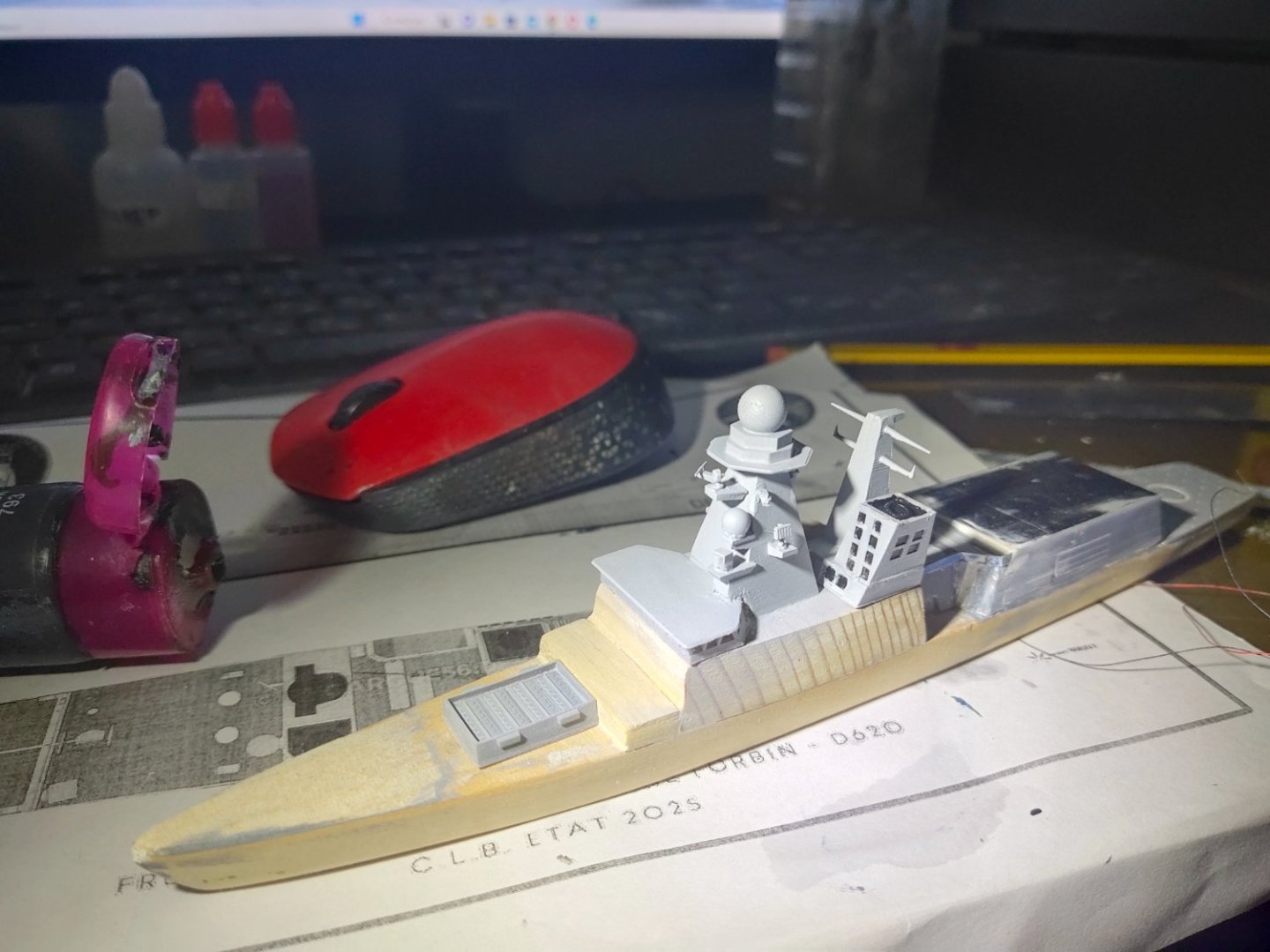
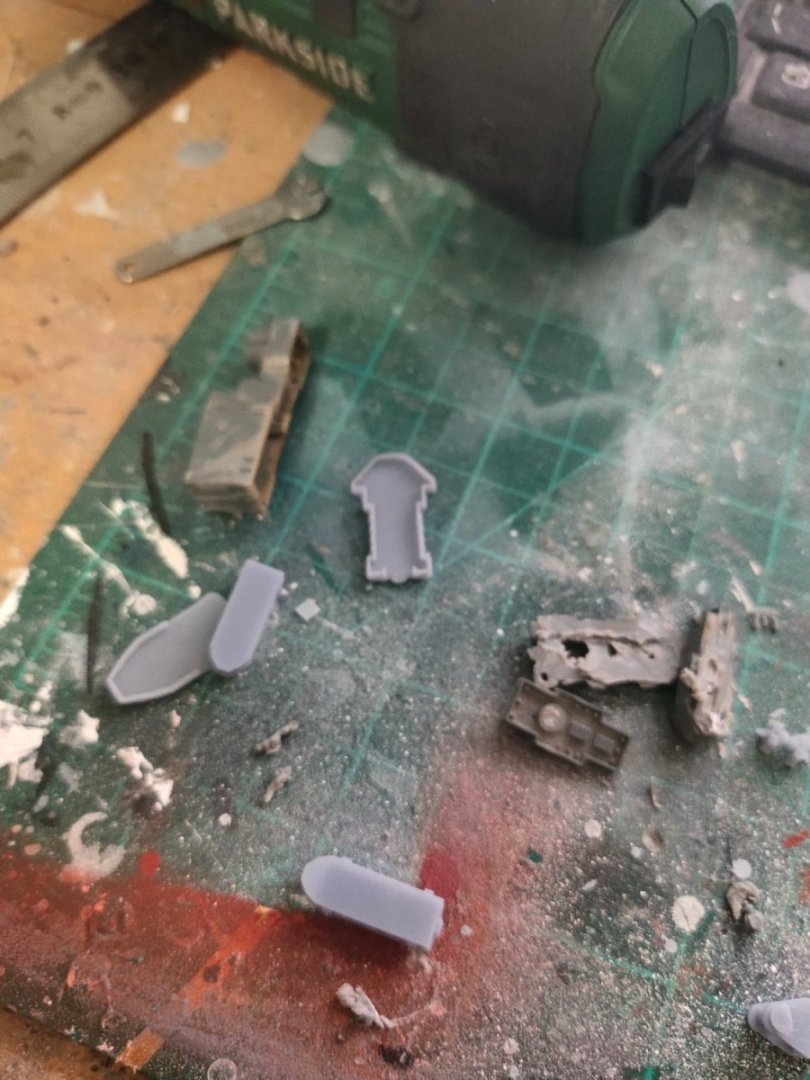
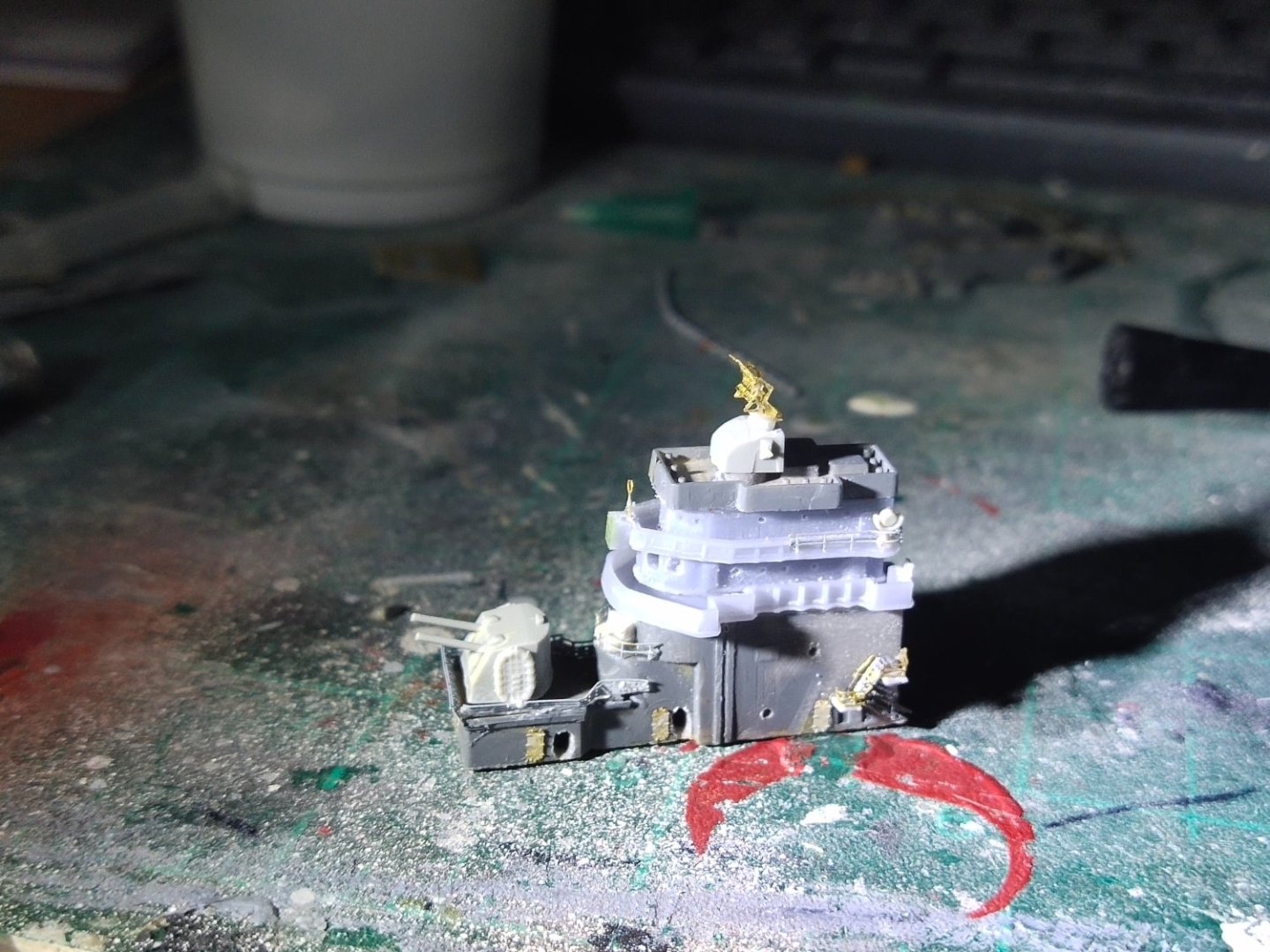
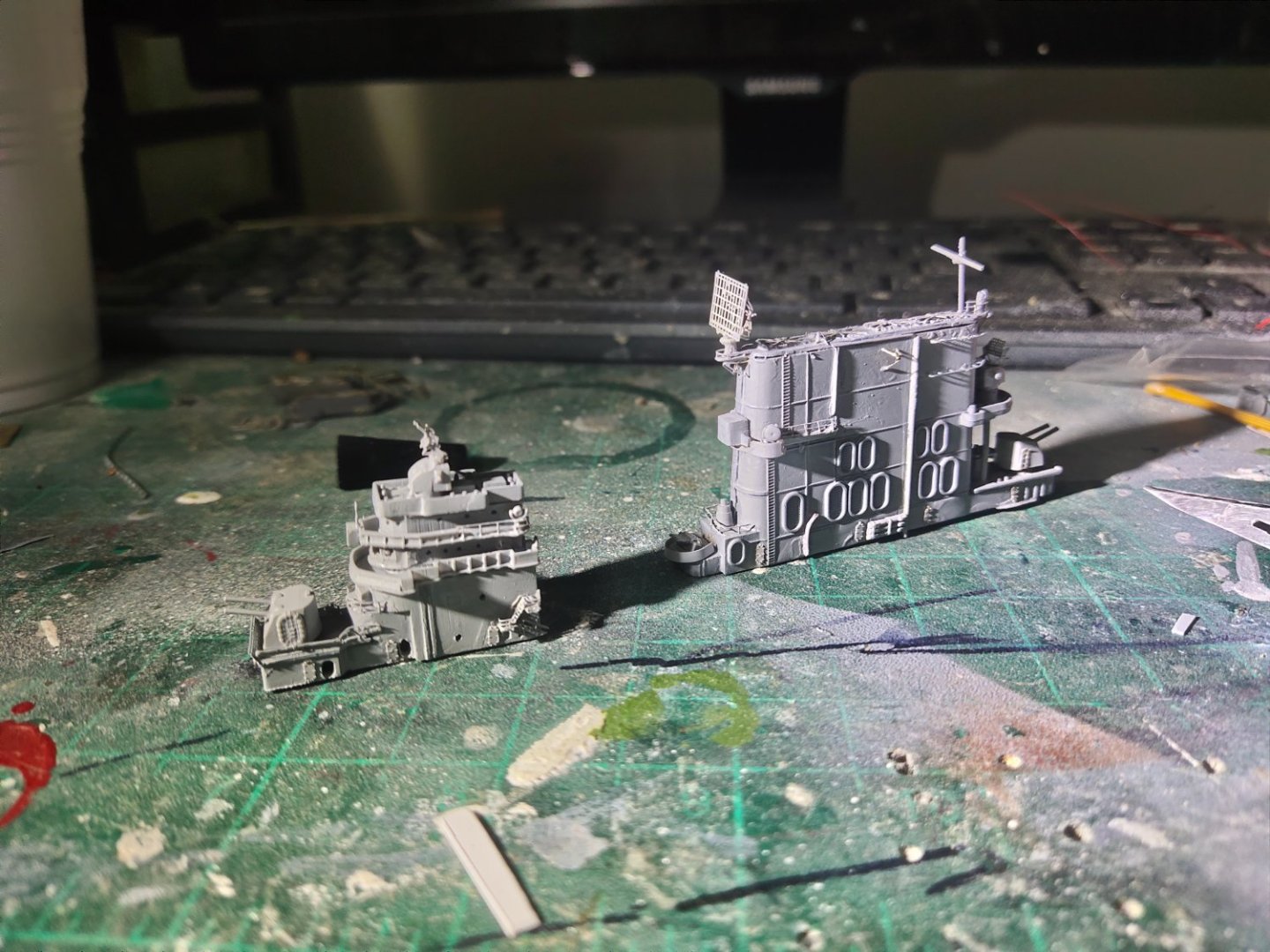
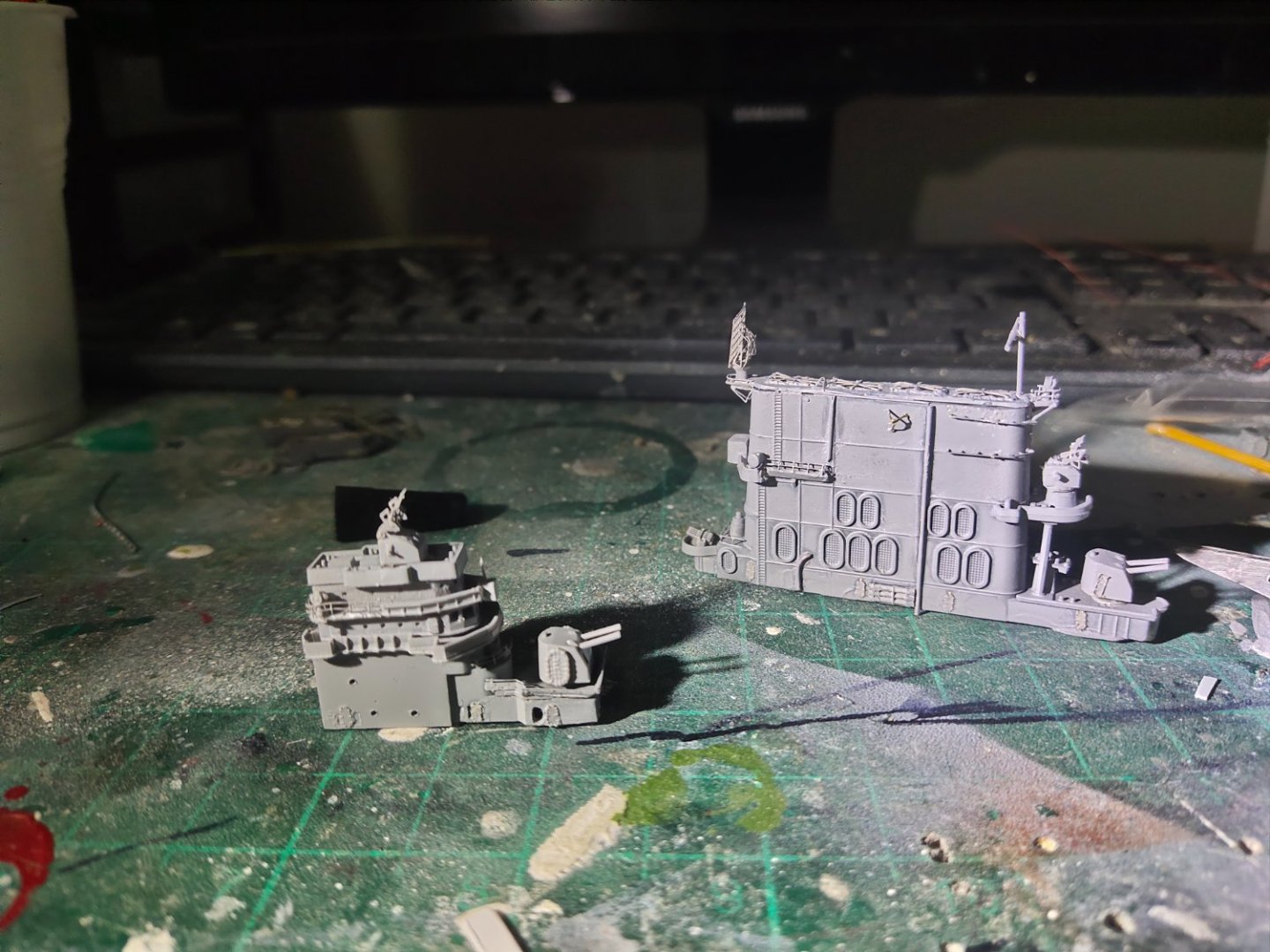
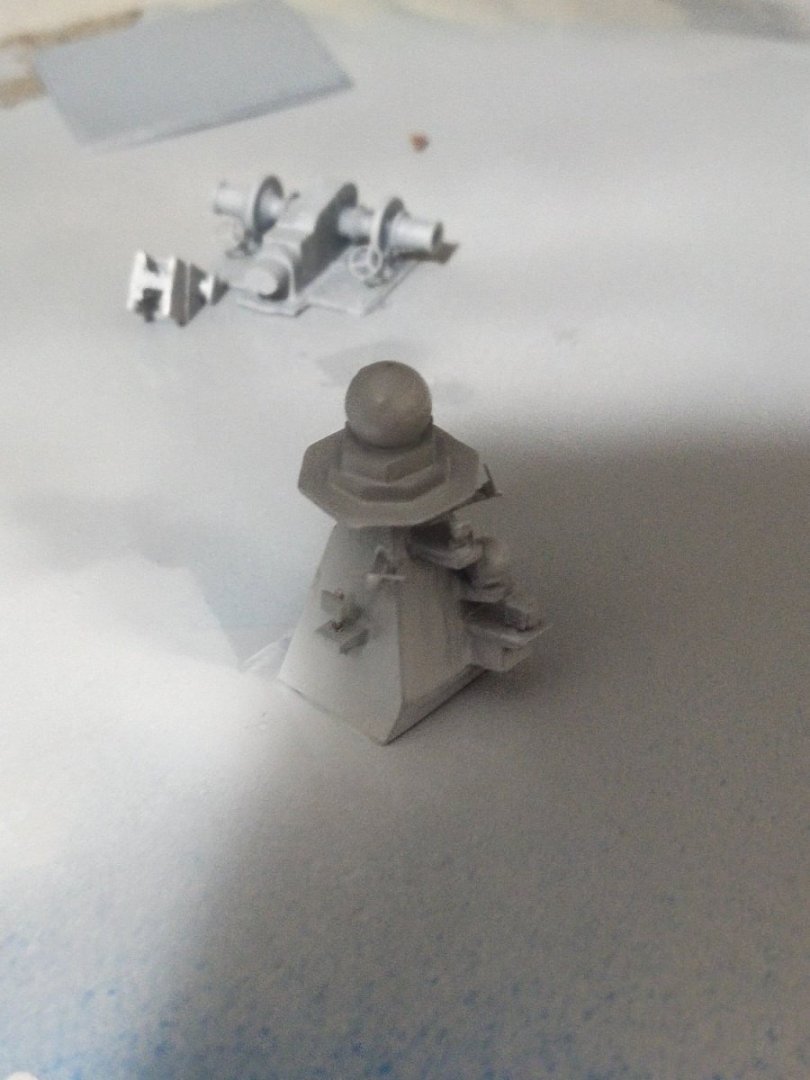
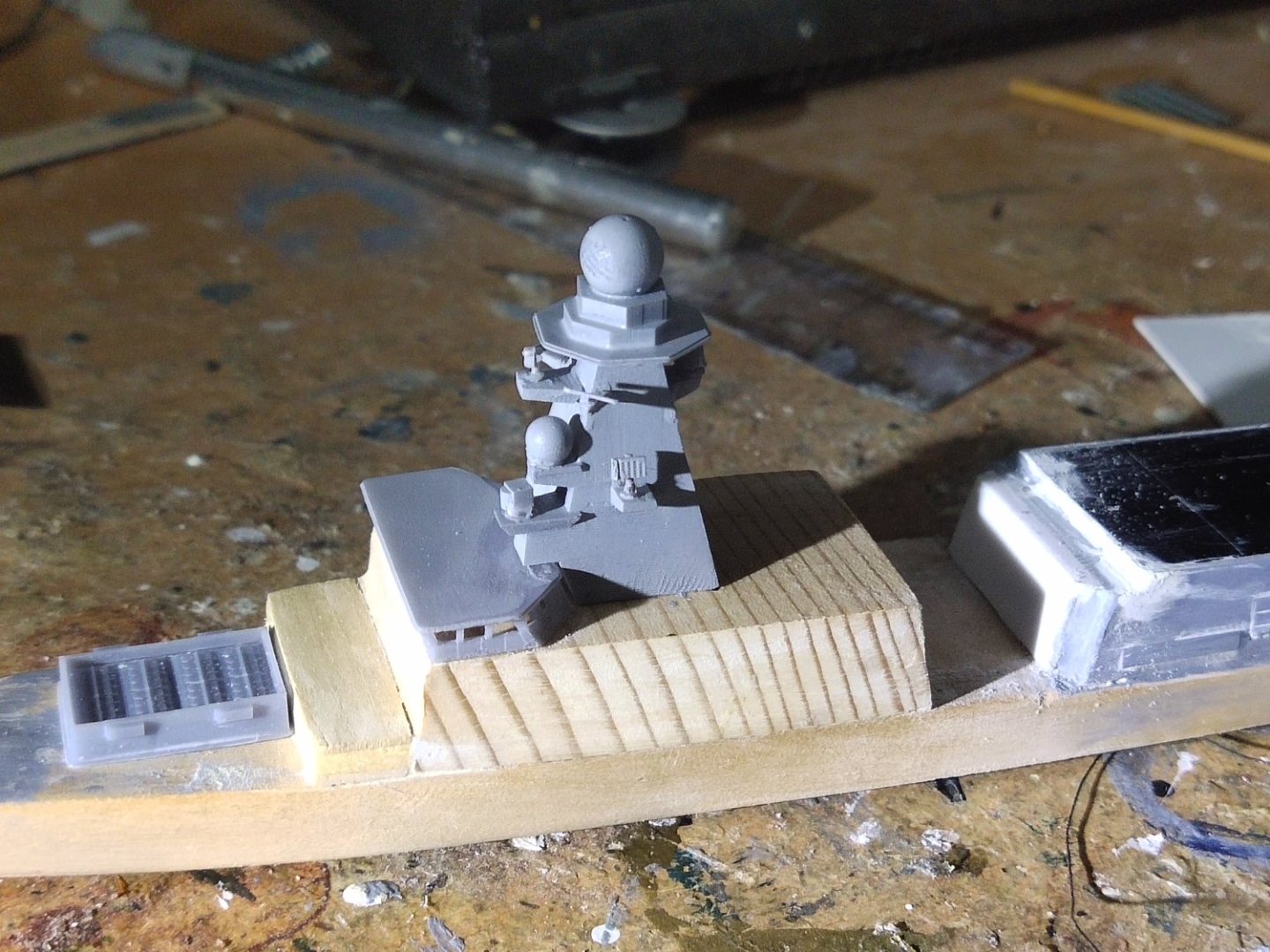

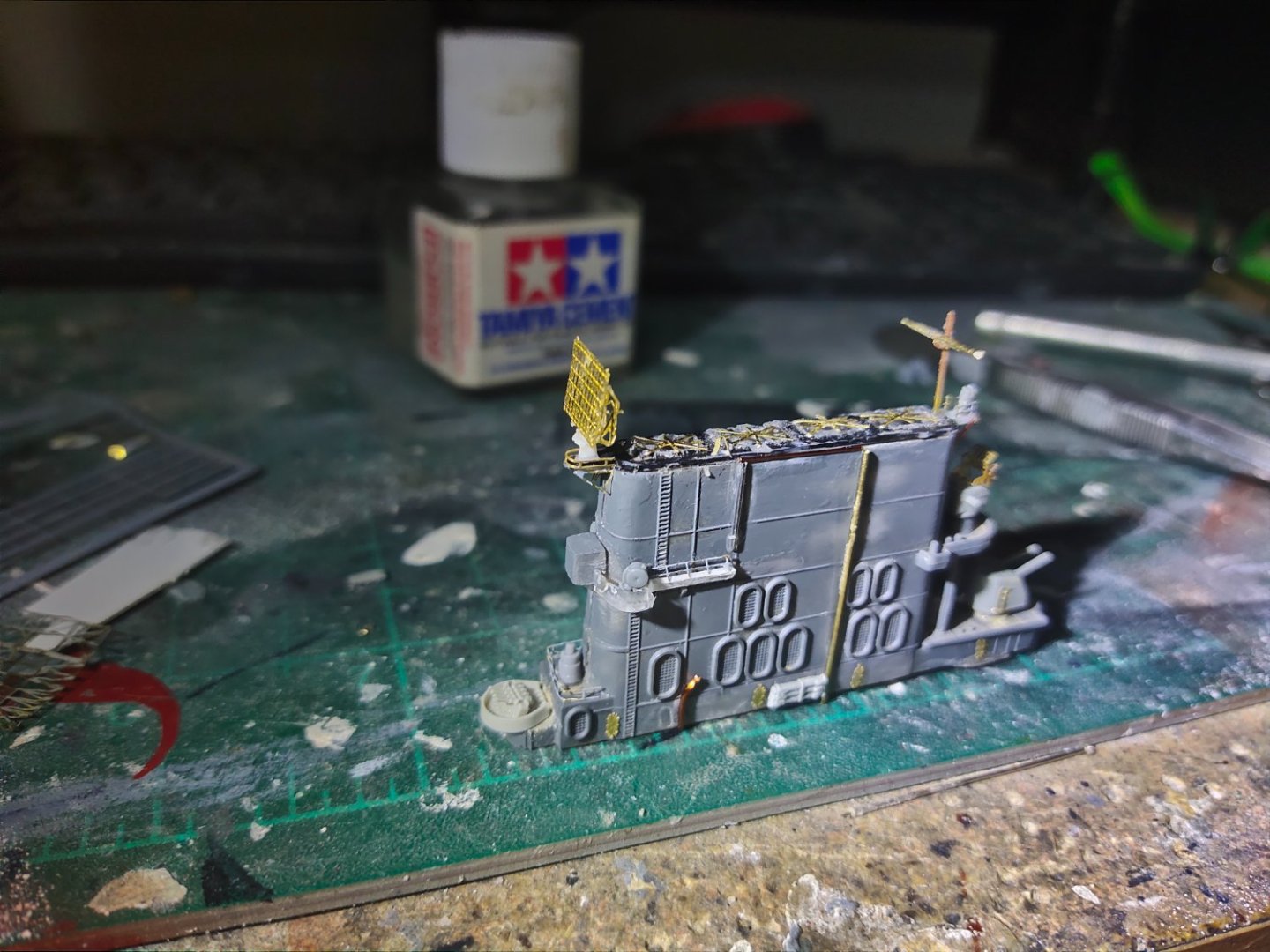
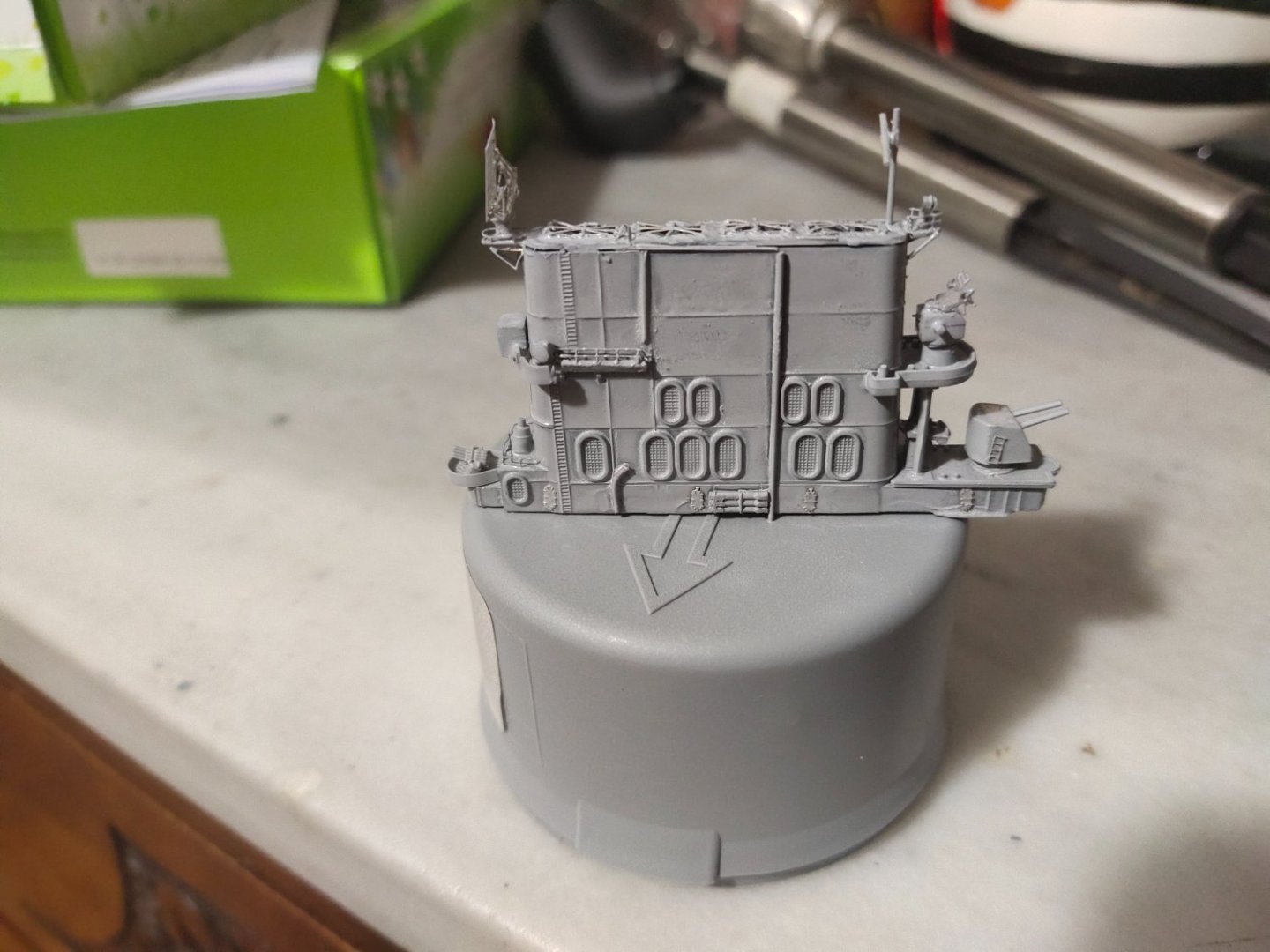
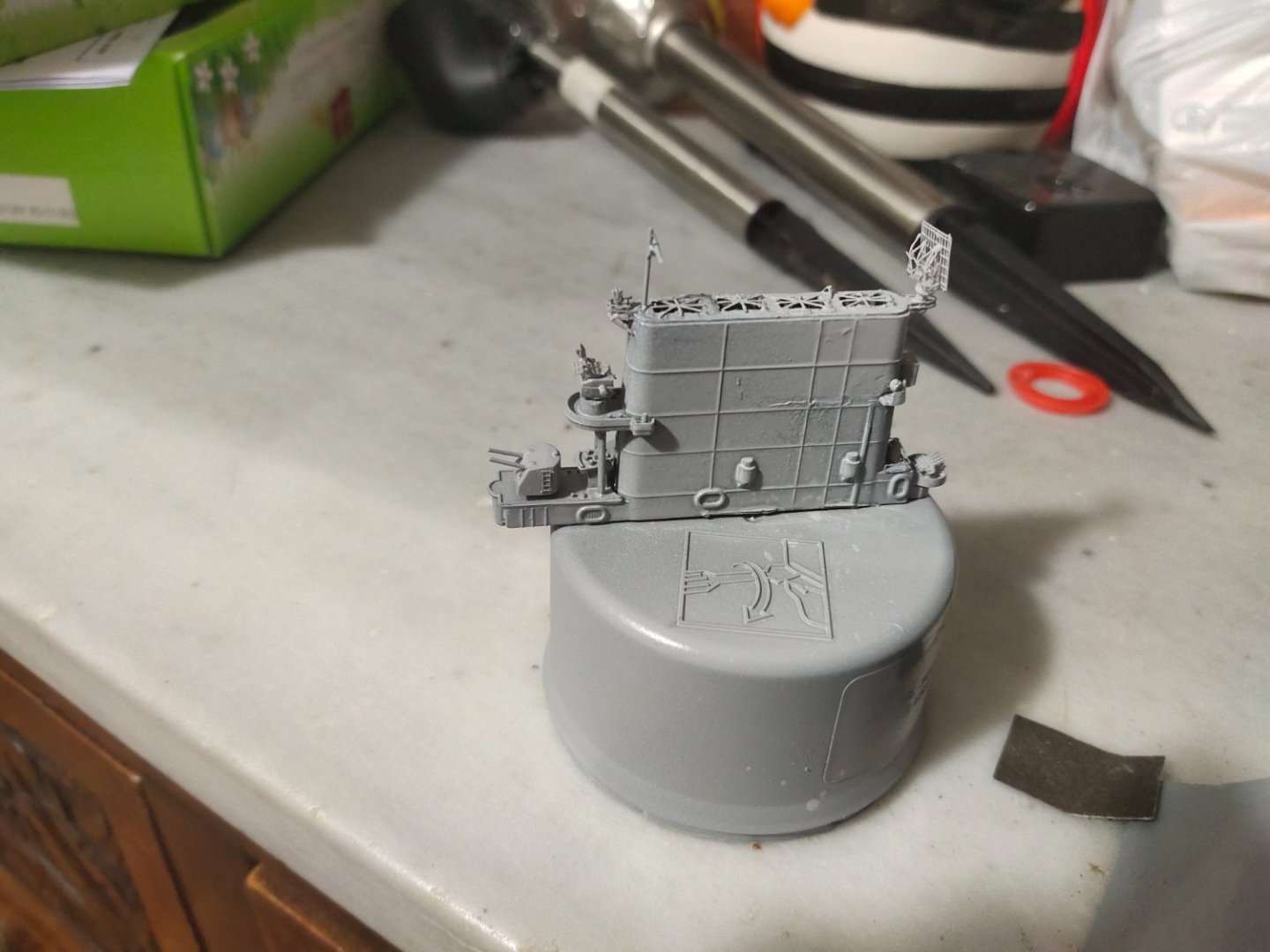
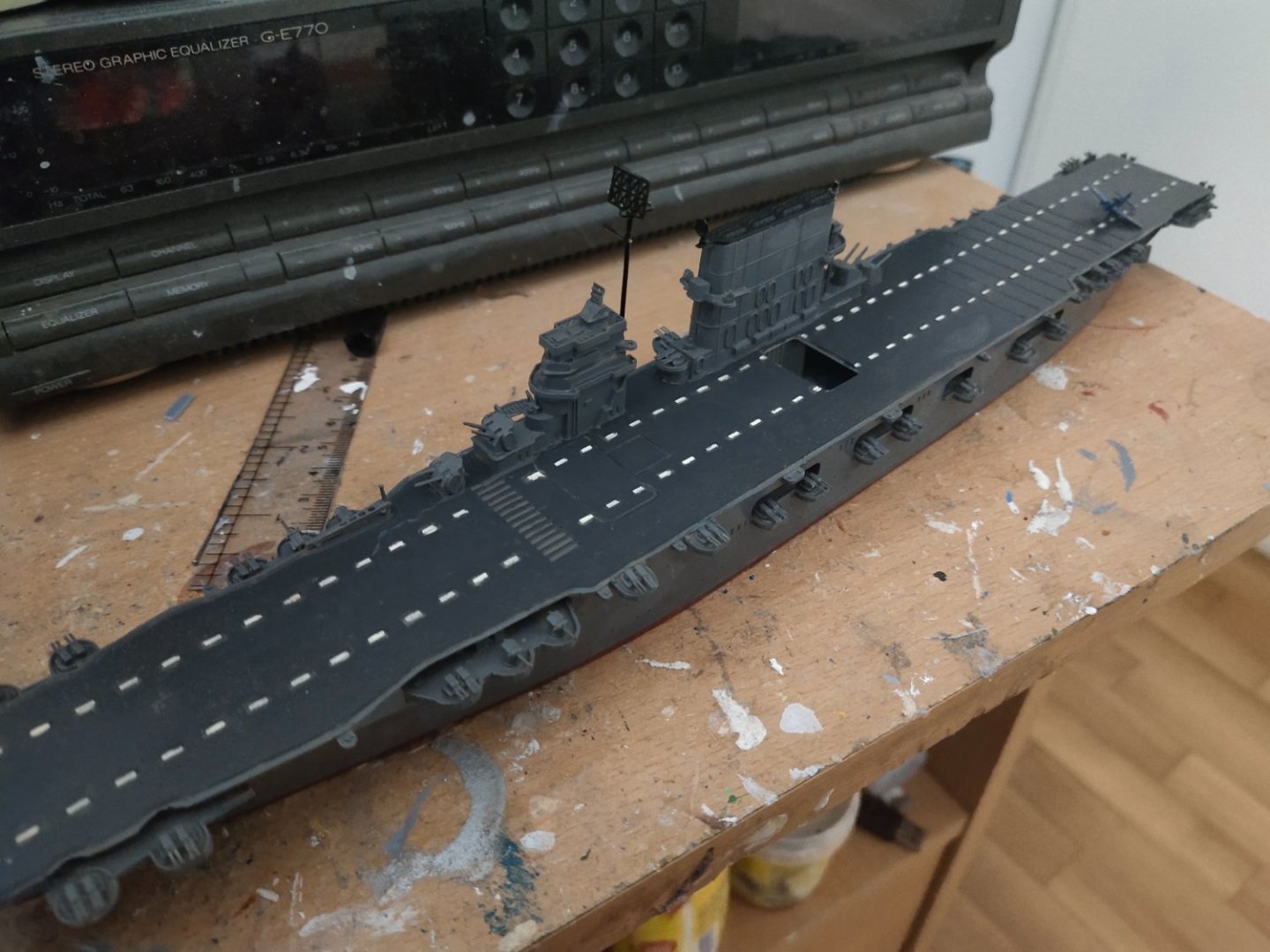
_on_14_May_1942.jpg.8481d430011dab0bbcfa4b1774f1b3e0.jpg)
